The battle of the Somme is one of the deadliest battles of the Great War. In July 1916, British General Sir Douglas Haig and French Commander General Joseph launched a joint counter-attack against the Germans, the battle fought on the Somme river and lasted for over four months. Initially, British General Douglas Haig opposed the joint action in the Somme; he wanted to launch an attack in Flanders, however, because of the German attack at Verdun and France pressure, the strategy had to be changed. The Germans were forced to move resources from Verdun, where the French Army recovered.
The British army under the command of Marshal Haigh, attacked north of the Somme with fourteen infantry divisions, while the French army attacked astride and south of the Somme with five divisions. The German deployed seven divisions to counter the Anglo-French action. The fight began with a heavy pour of gunfire and artillery. The allies believed that they would crush the German lines and underground bunkers with heavy artillery, and then launching an infantry assault to mop up what was left. But the strategy failed badly because the Germans were prepared well to defend. The artillery bombardment didn’t work and the German machine guns and placements remained intact. The Germans built huge trench networks and underground bunkers which helped them. Tanks were debuted for the first time in warfare when the British deployed 32 Mark I tanks. Armed with either 6-pounder cannons or machine guns, the primitive tanks failed to break the military deadlock.
Casualties in Battle of the Somme
On the first day of the Somme offensive, the British suffered 57,470 casualties (including 19,240 killed), the French army suffered around 2,000 casualties. Thirty-seven sets of British brothers lost their lives on the battle’s first day, and one man was killed every 4.4 seconds, making July 1, 1916, the bloodiest single day in the history of the British Army. The British suffered around 420,000 casualties—including 125,000 deaths, and the French about 200,000. More than 24,000 Canadian soldiers also died in the conflict. The allies suffered more than 650,000 casualties And the Germans suffered between 450,000 and 600,000 casualties.
Who won the battle of the Somme
The battle of Somme lasted for 141 days, and both allies and Germans suffered heavy losses. Eventually, the allies succeed in defeating the weaken Germans. The Germans were forced to move resources from Verdun, where the French Army recovered. The Russians managed to advance somewhere in the region of 100 miles in their offensive causing the Germans to remove forces from France and send them East to prevent total collapse and also causing Romania to enter the war on the allied side. Finally, the German 6th army was so depleted in the Somme area that it couldn’t even counter-attack at the Somme.
Have a look at these horrible pictures that depict the deadliest battle in human history.


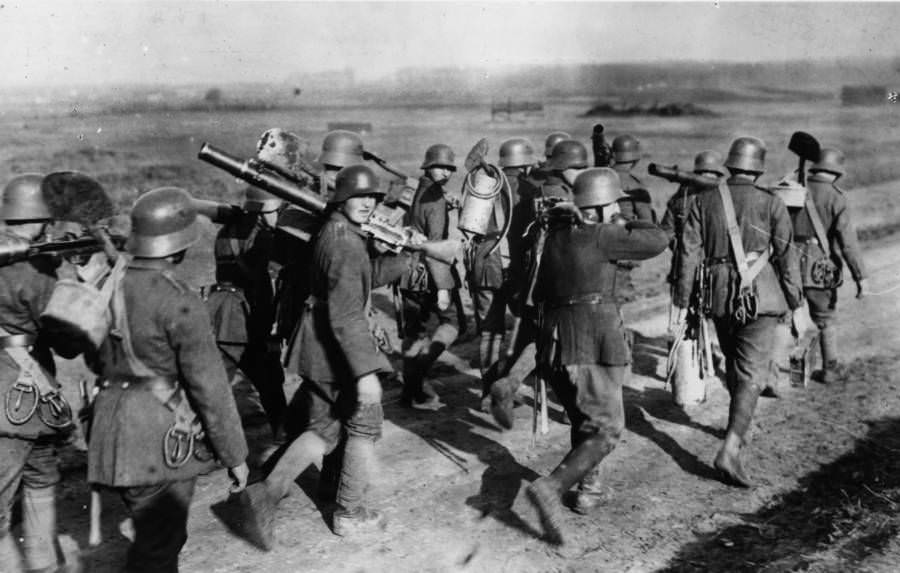
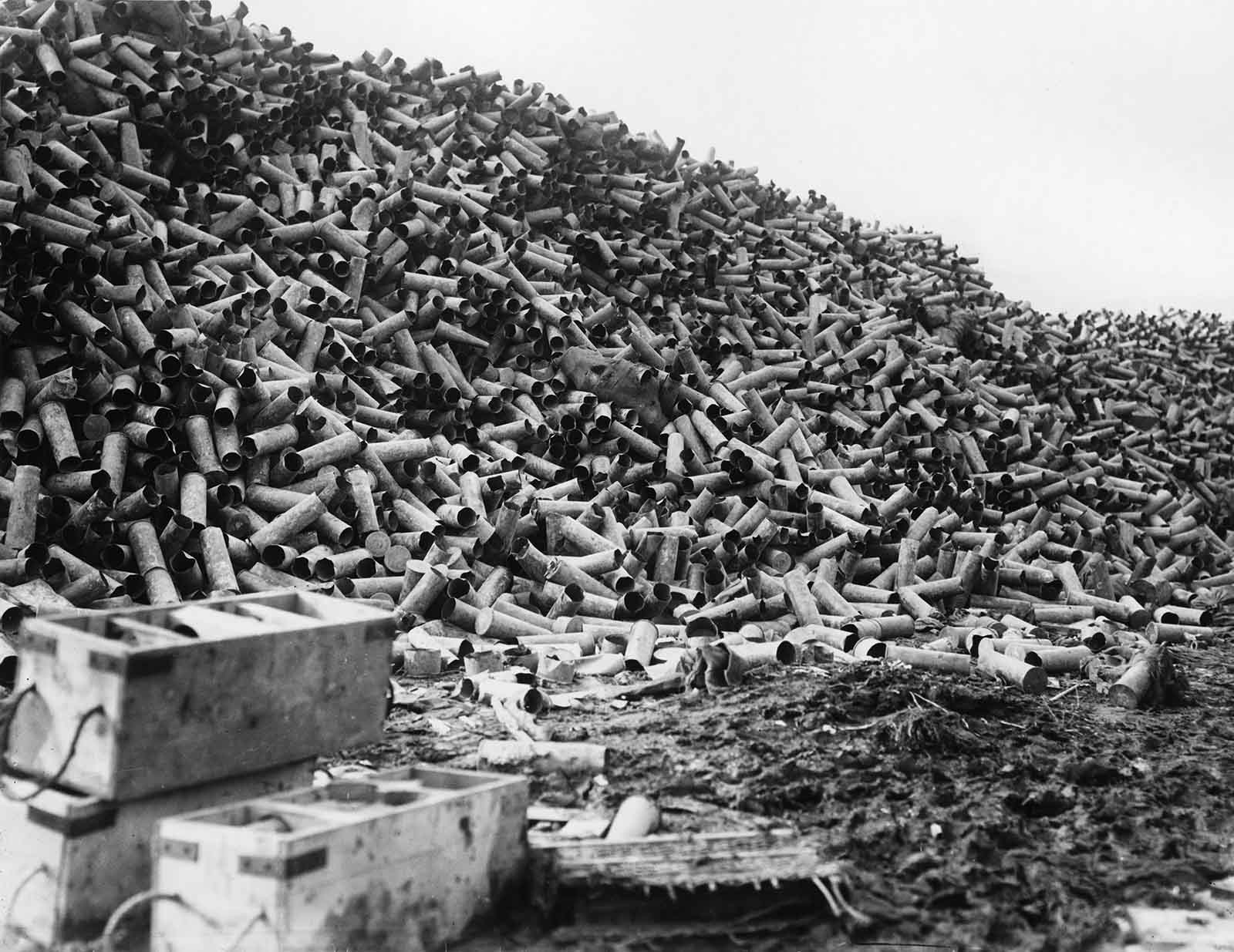
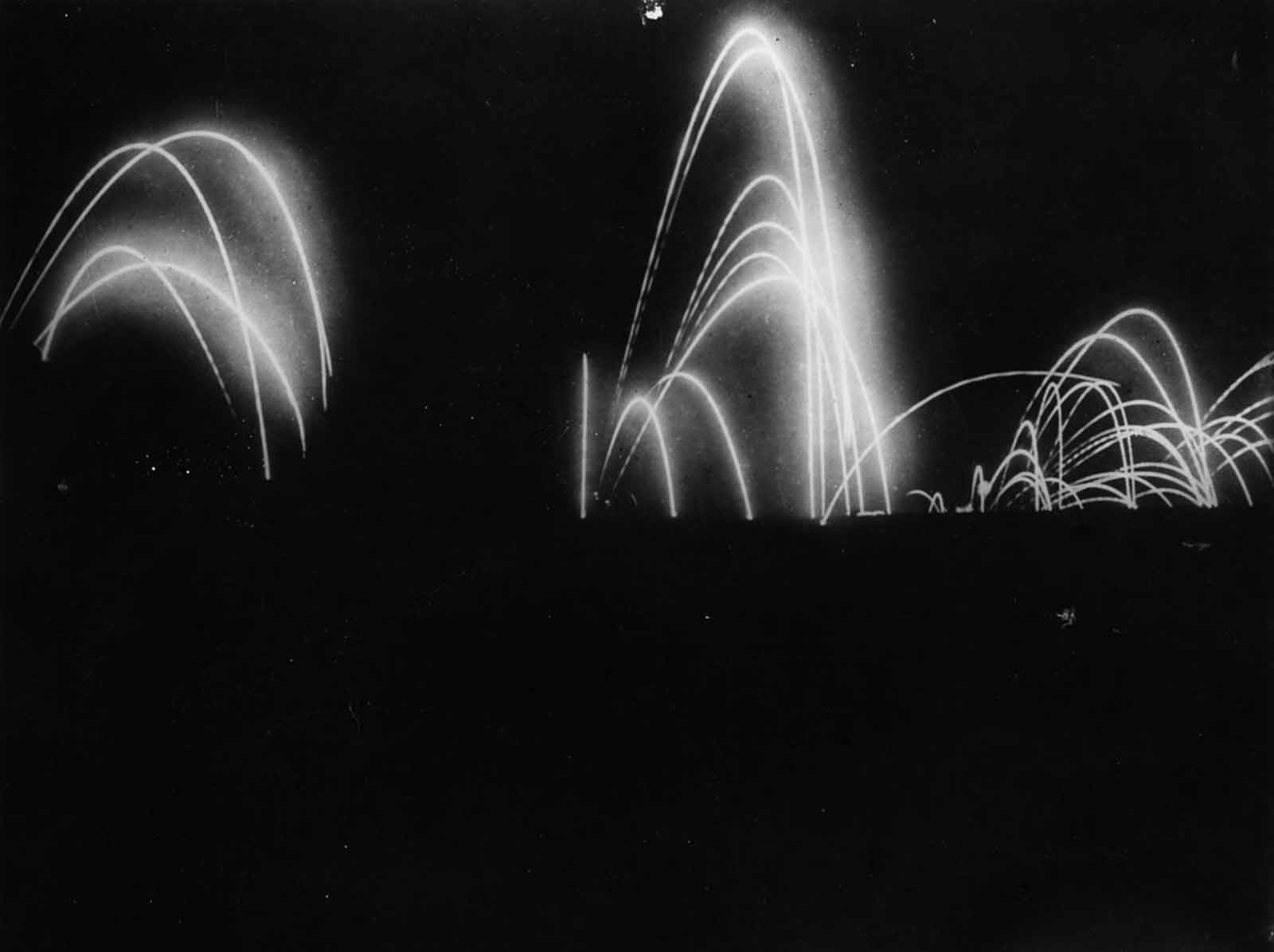
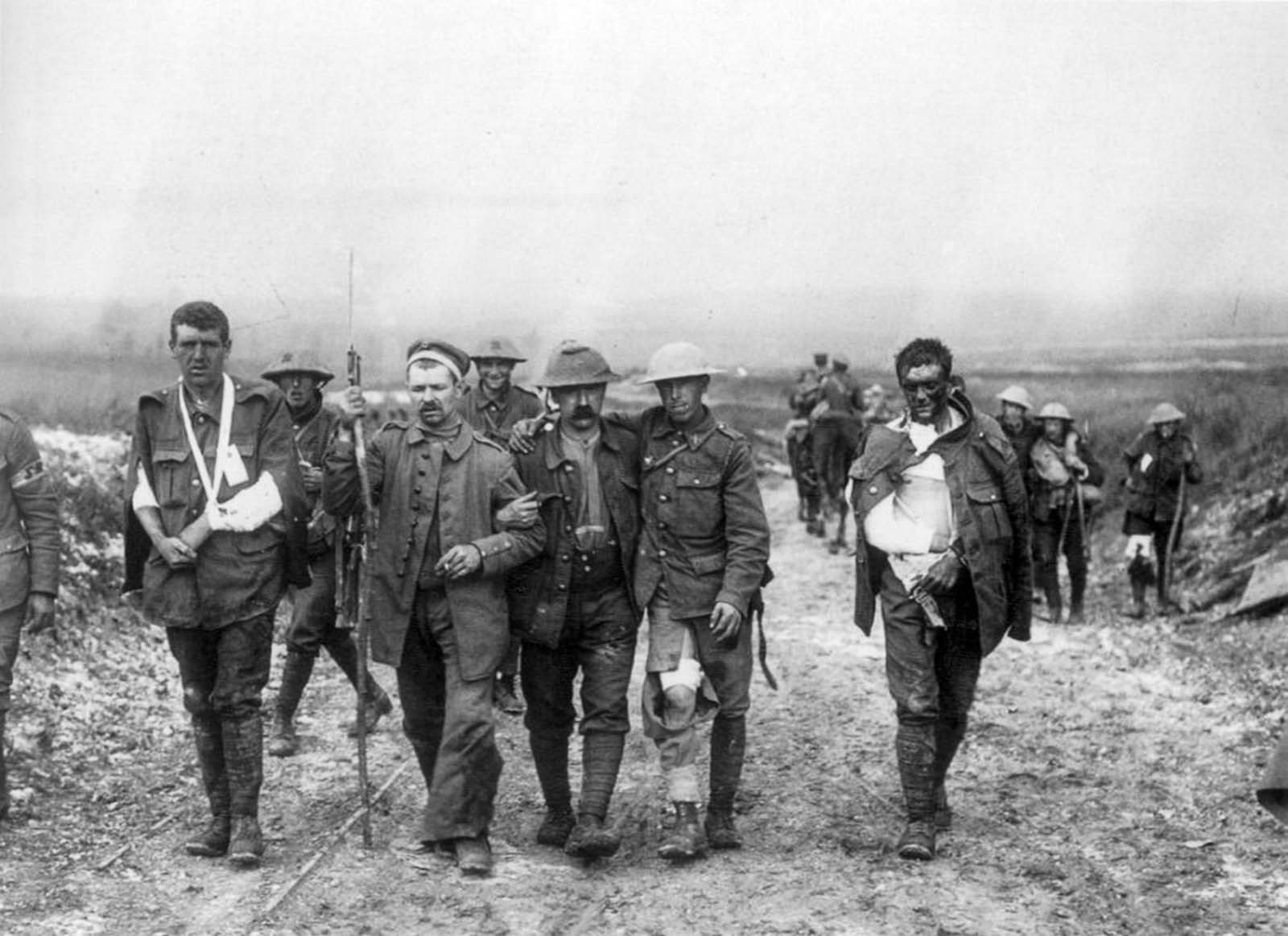
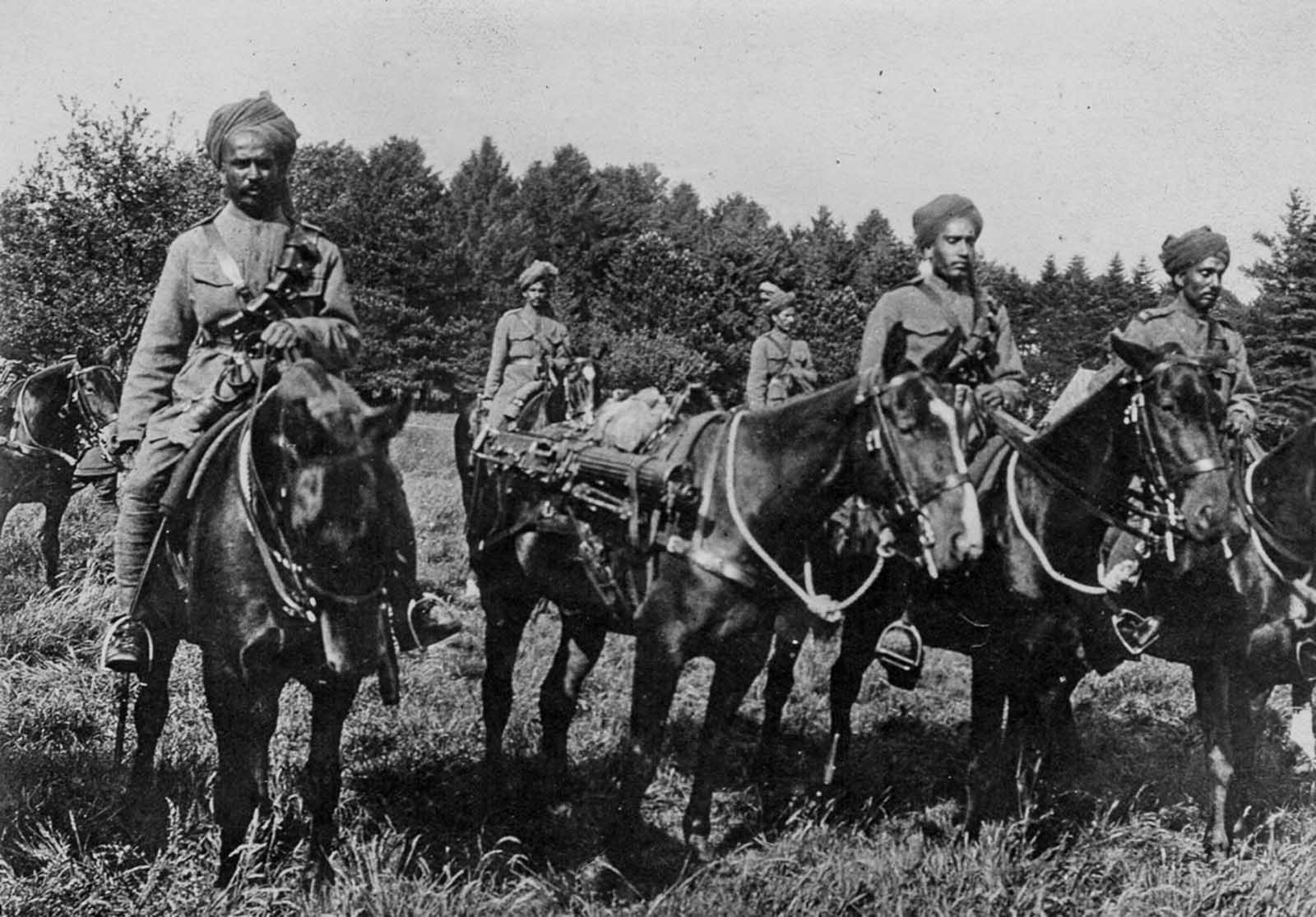
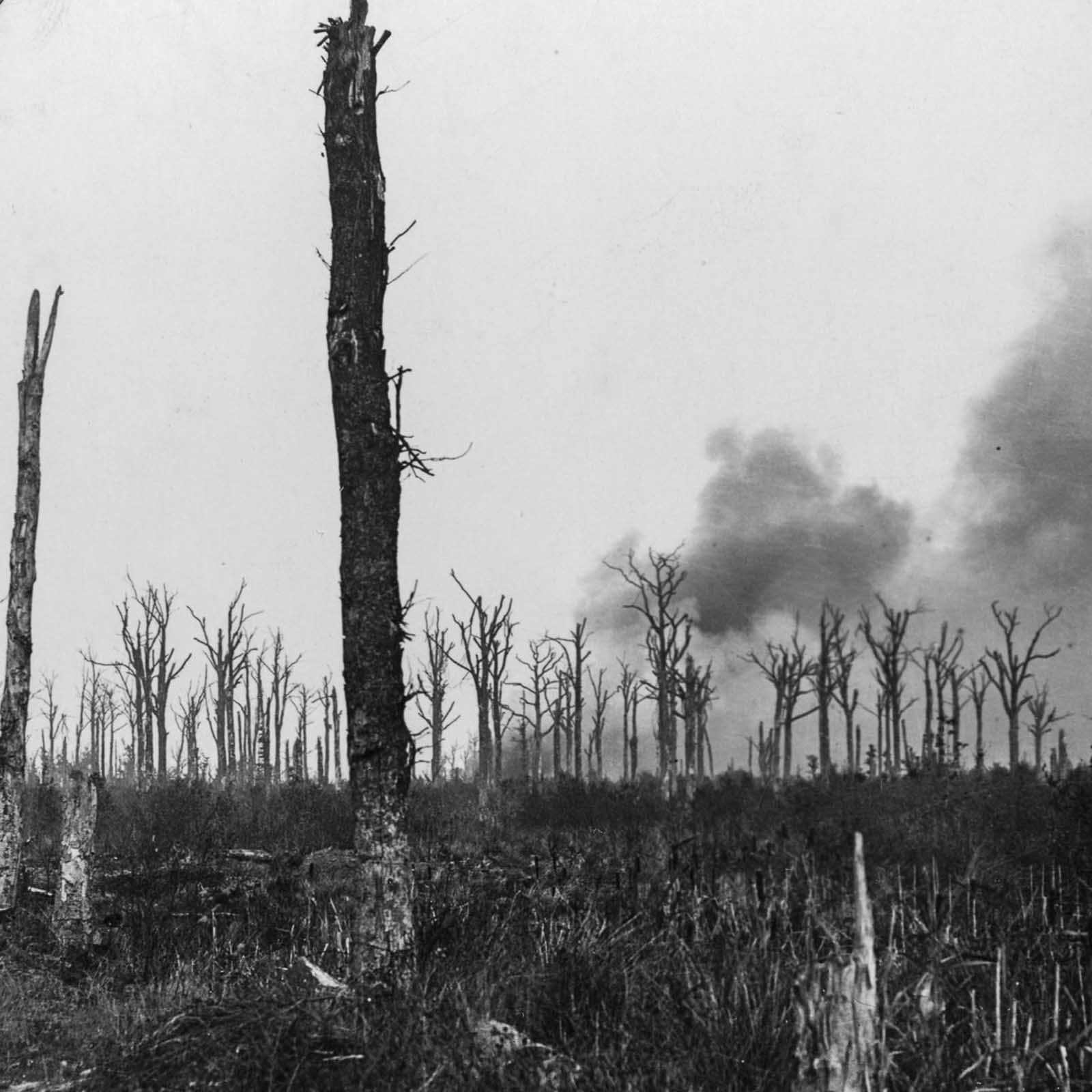
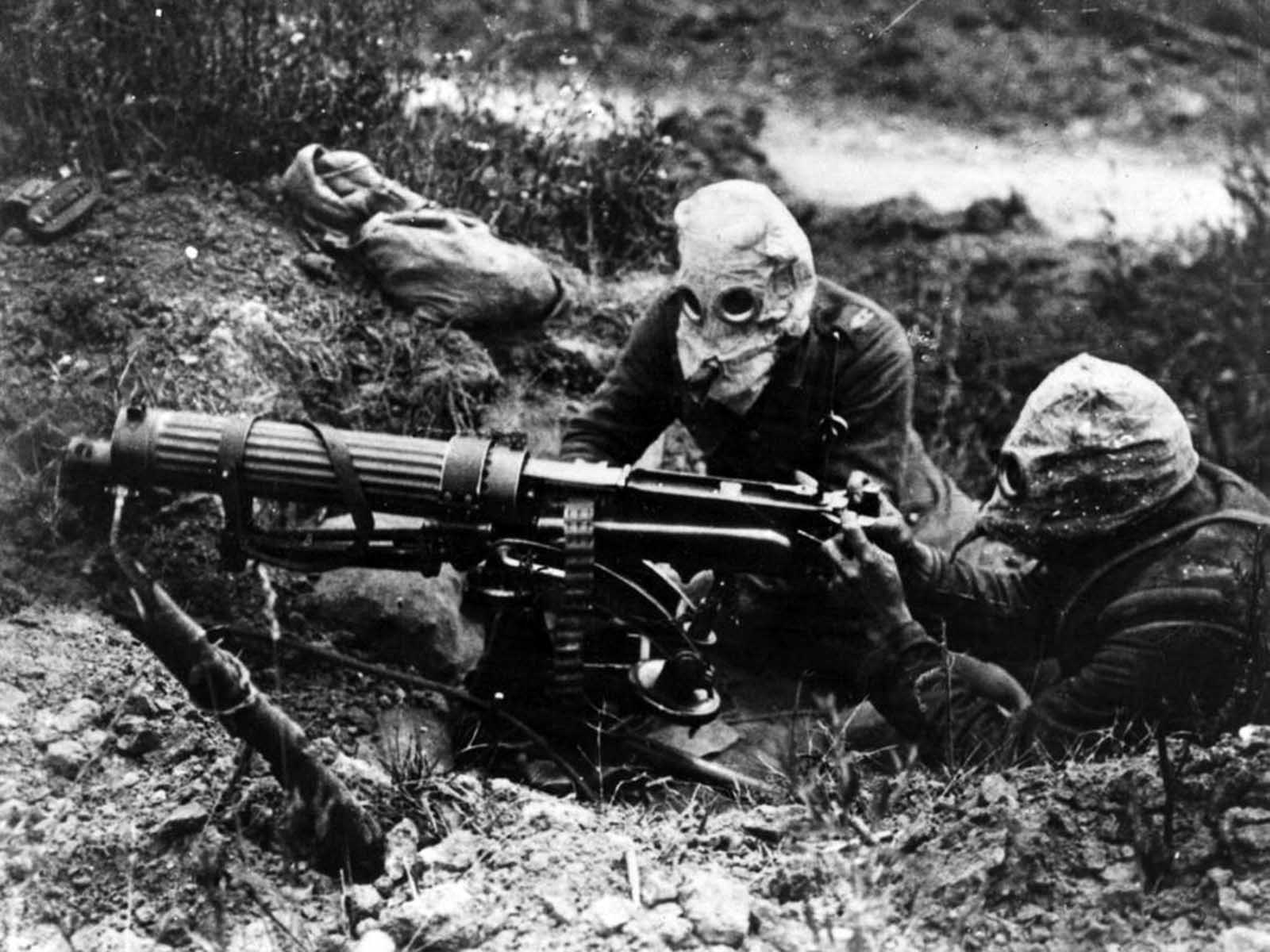
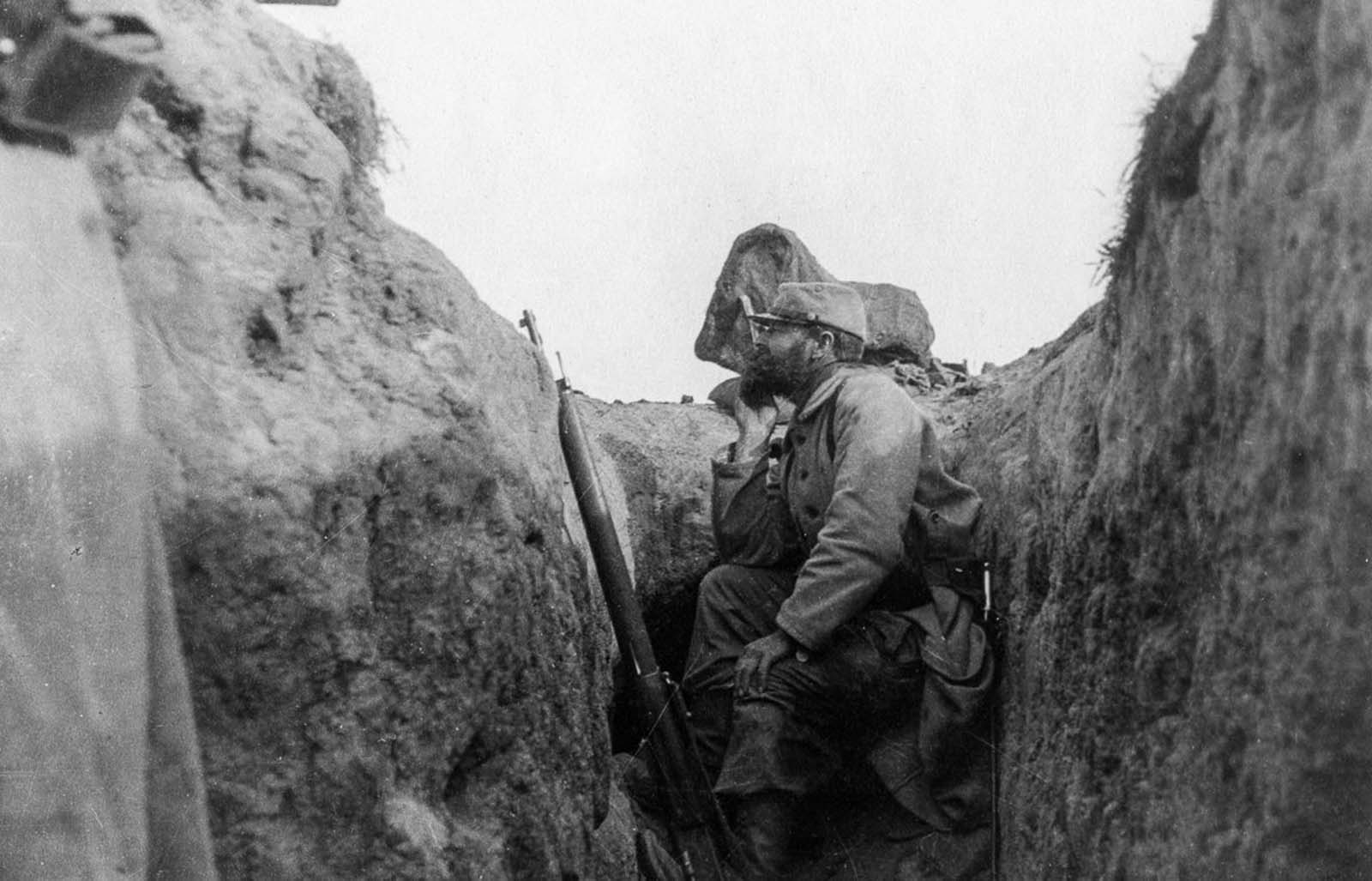
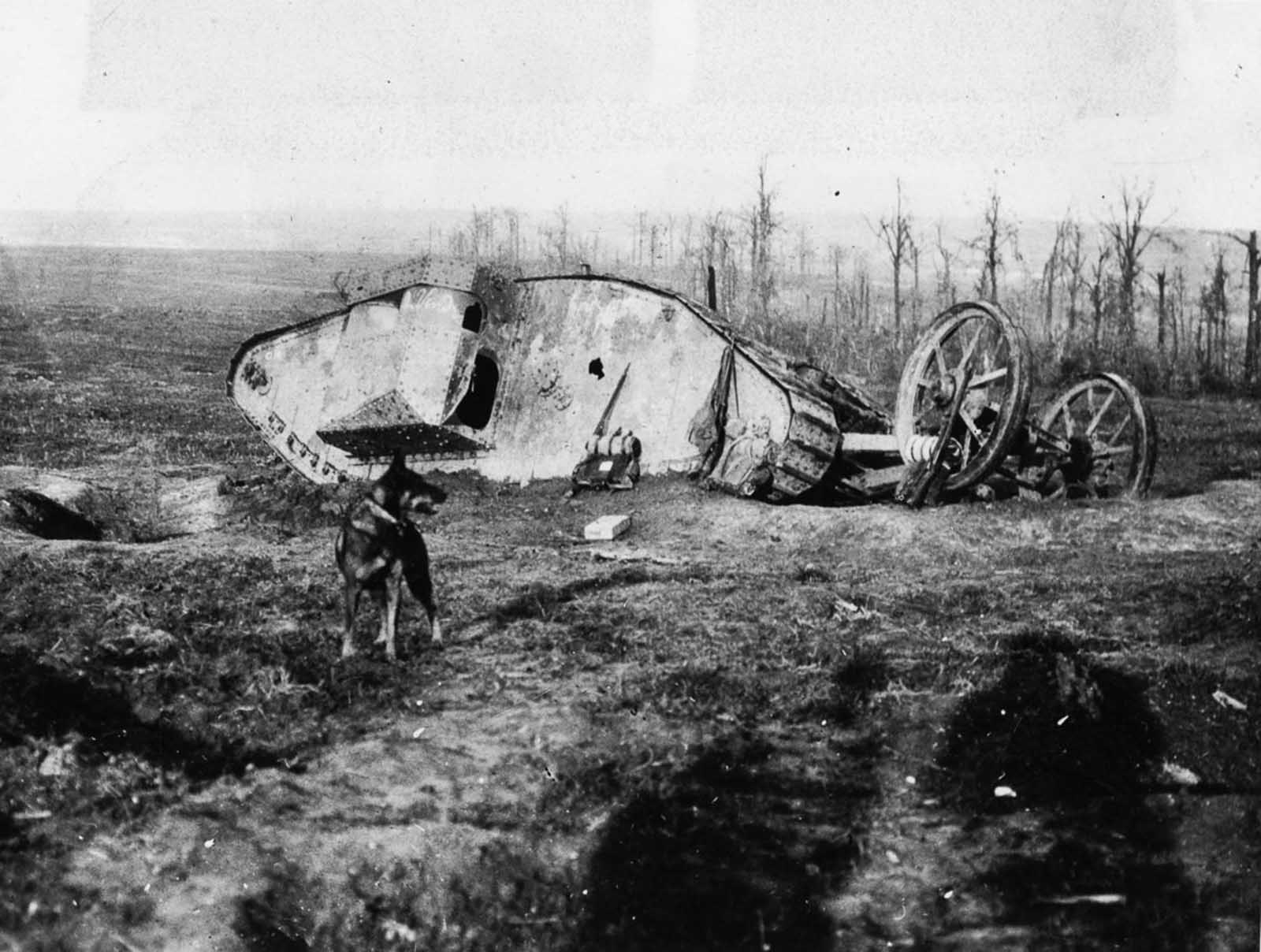
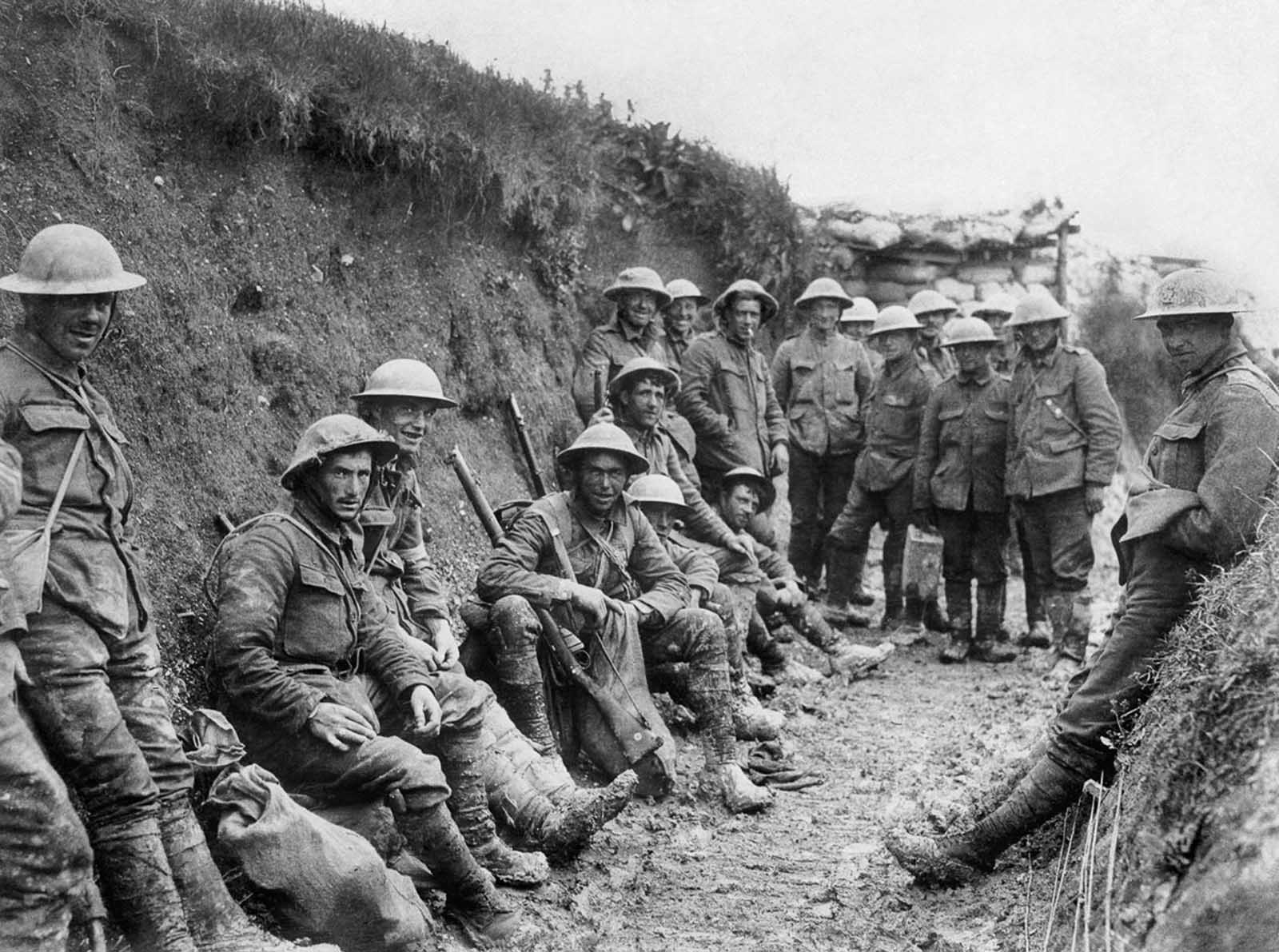
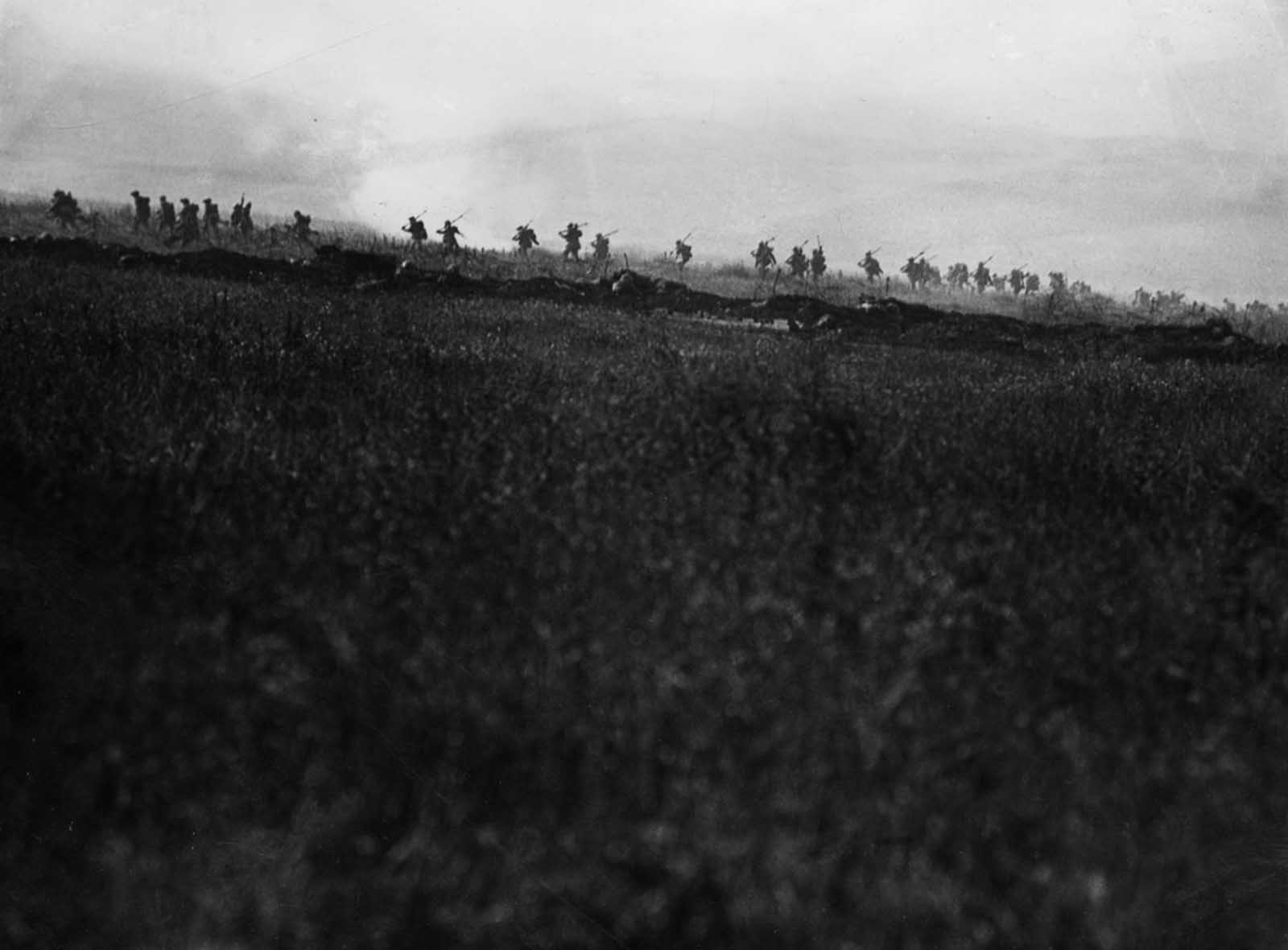
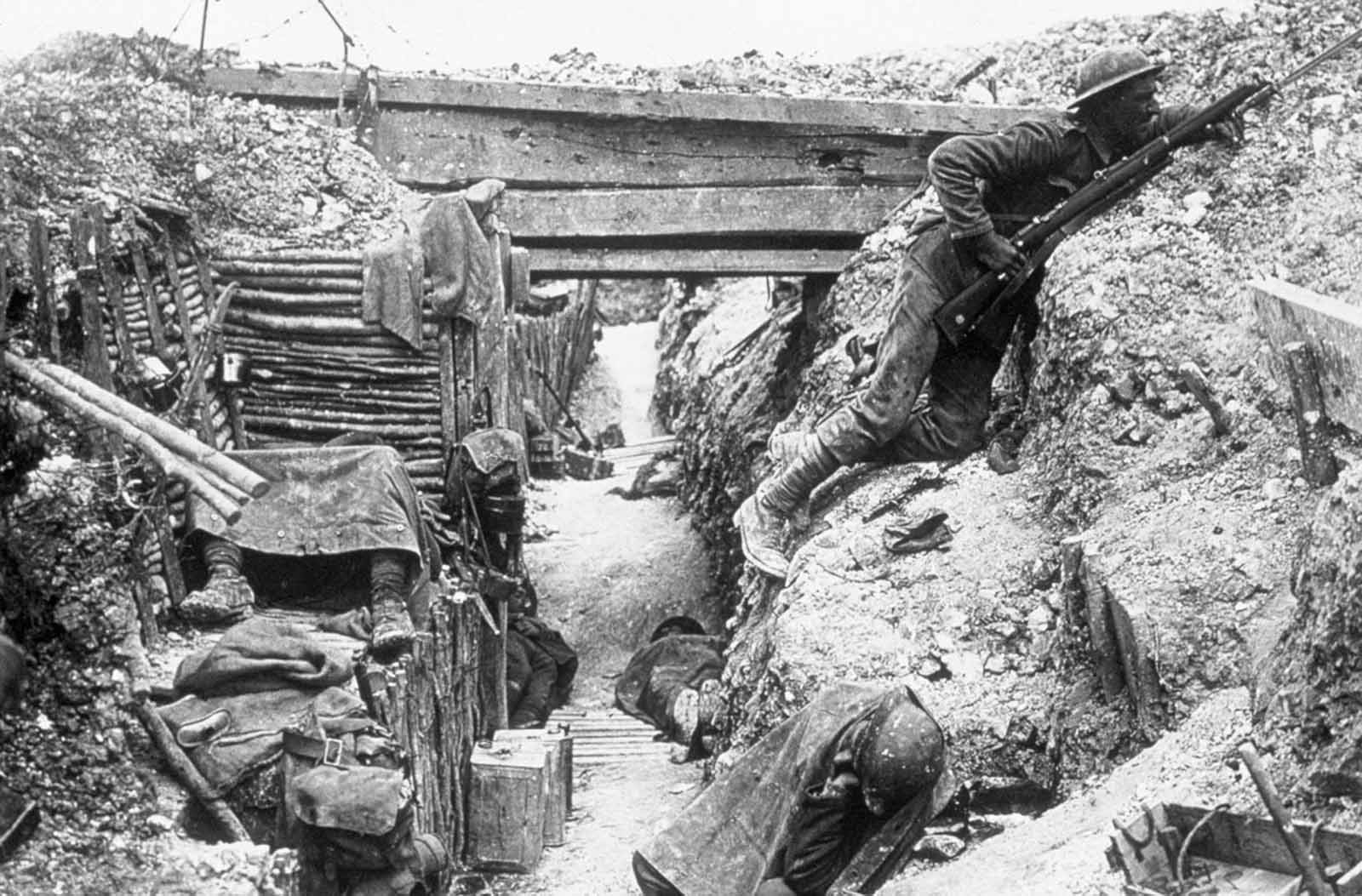
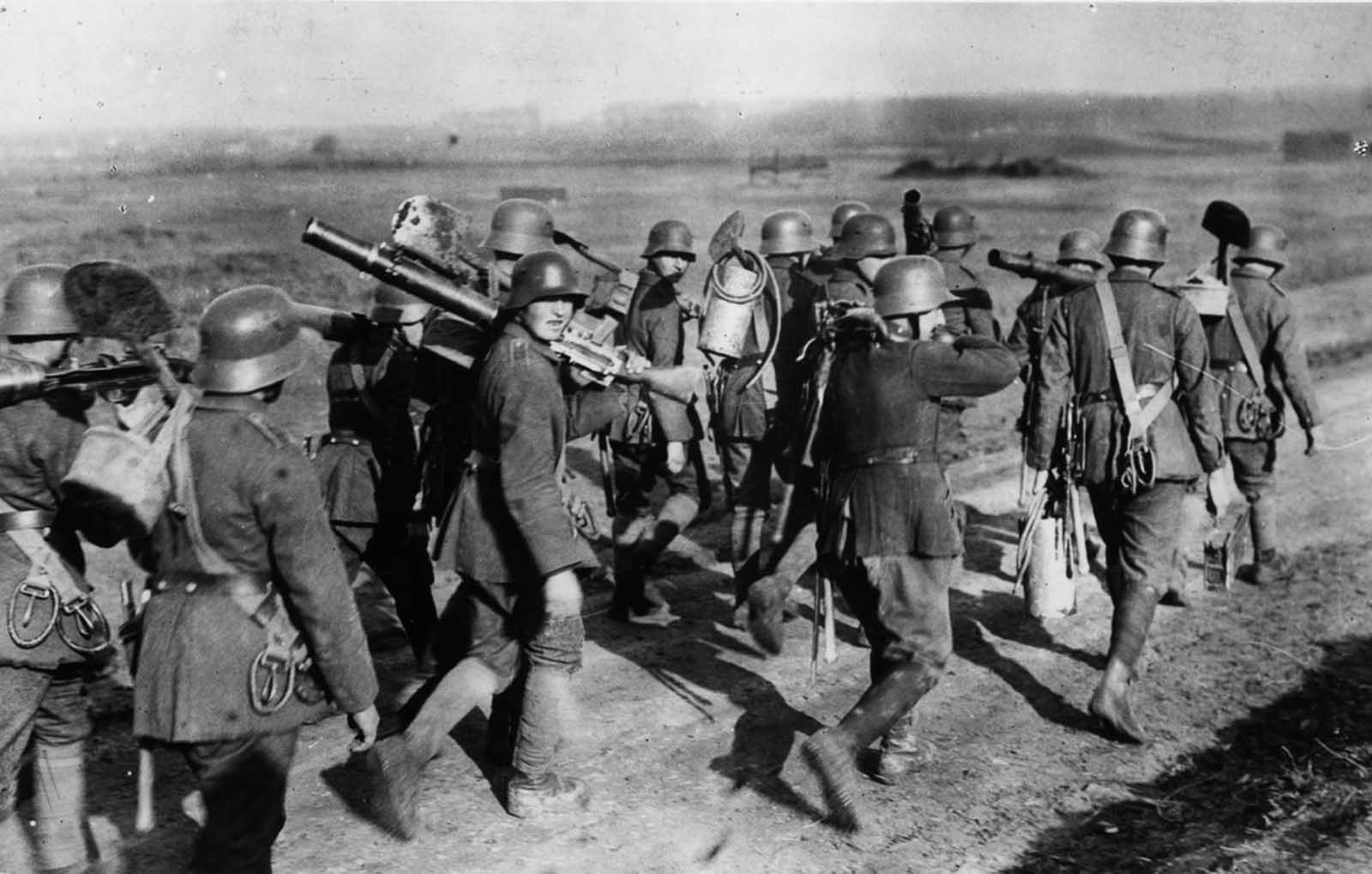
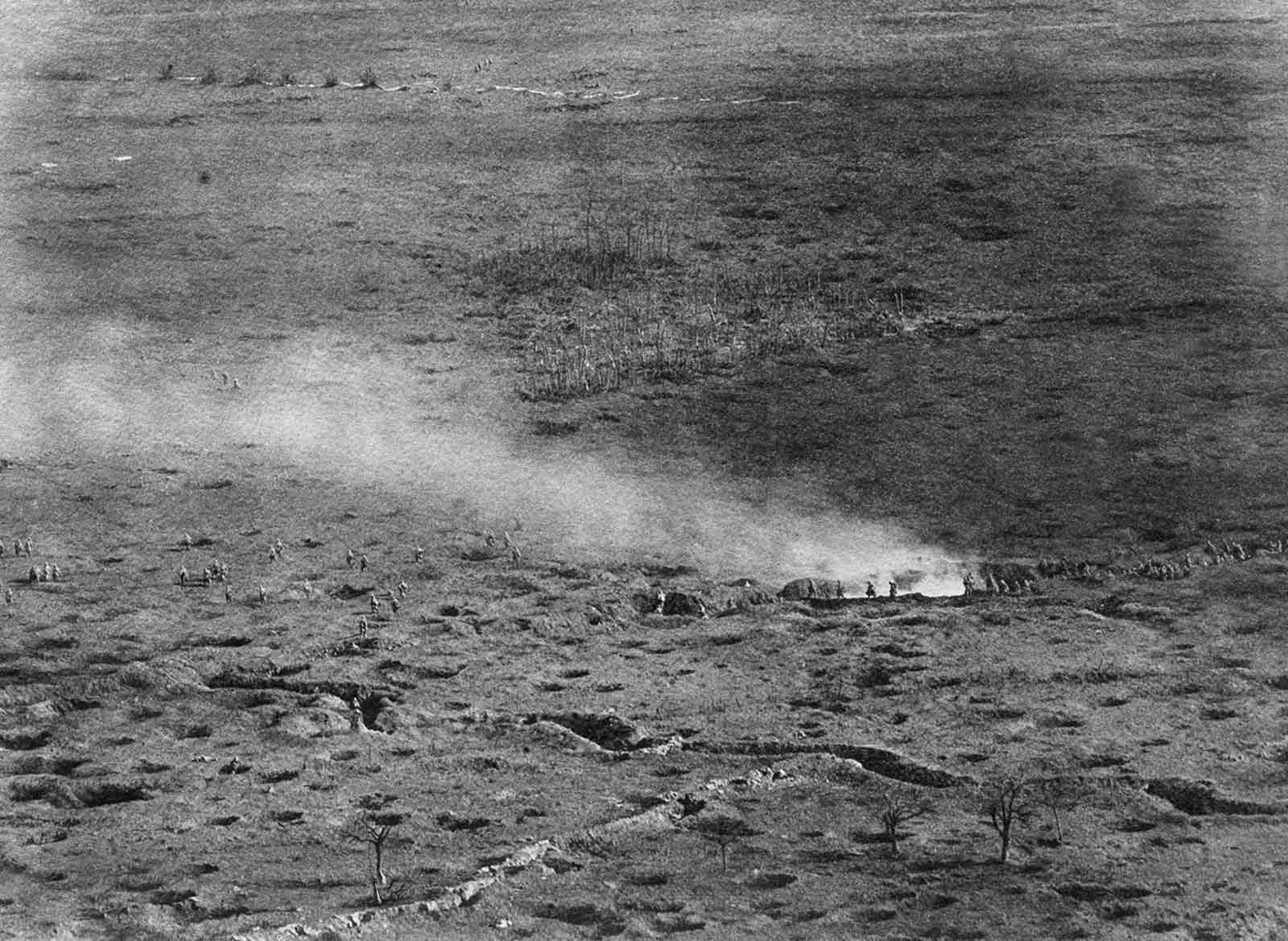
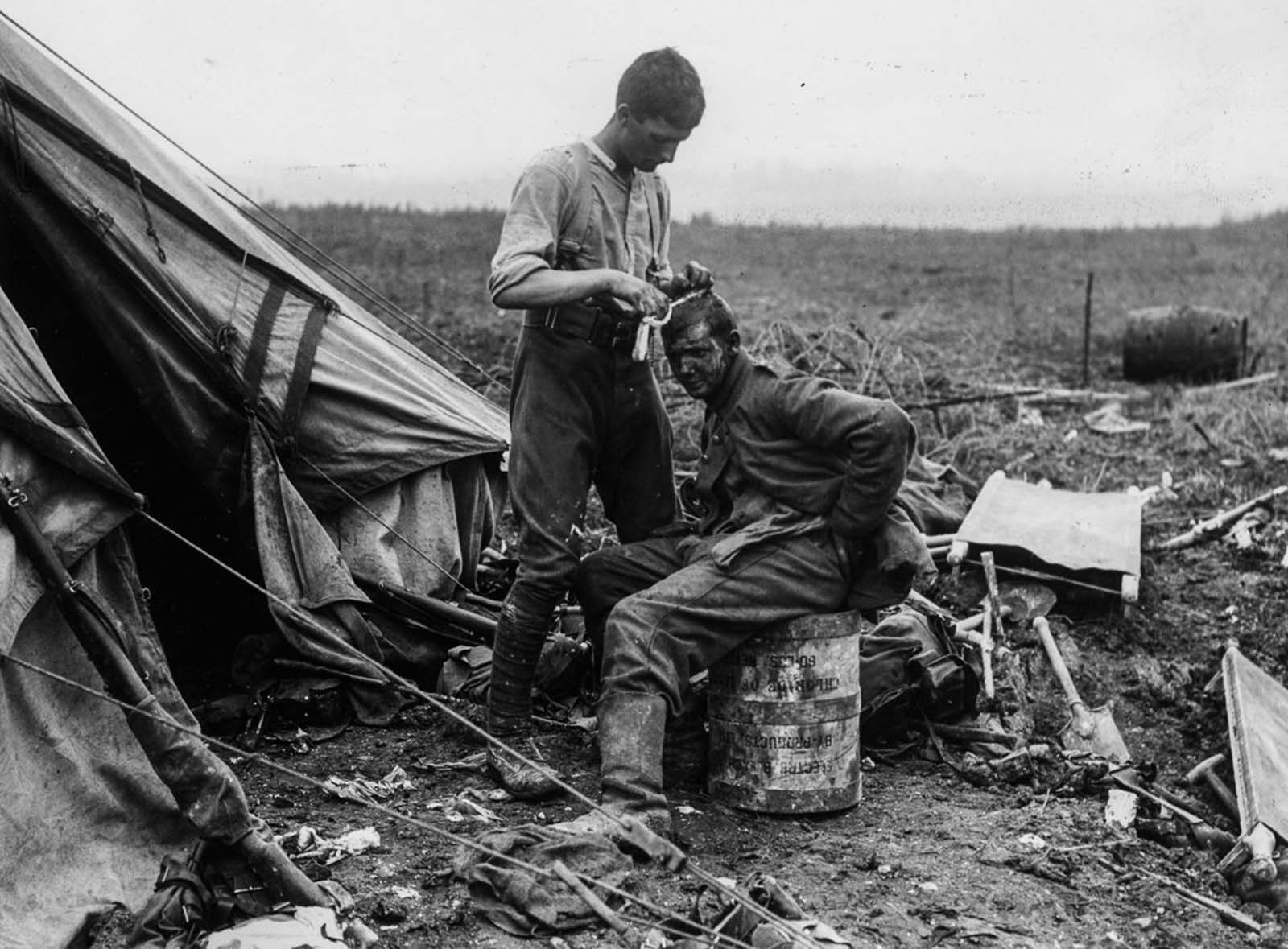
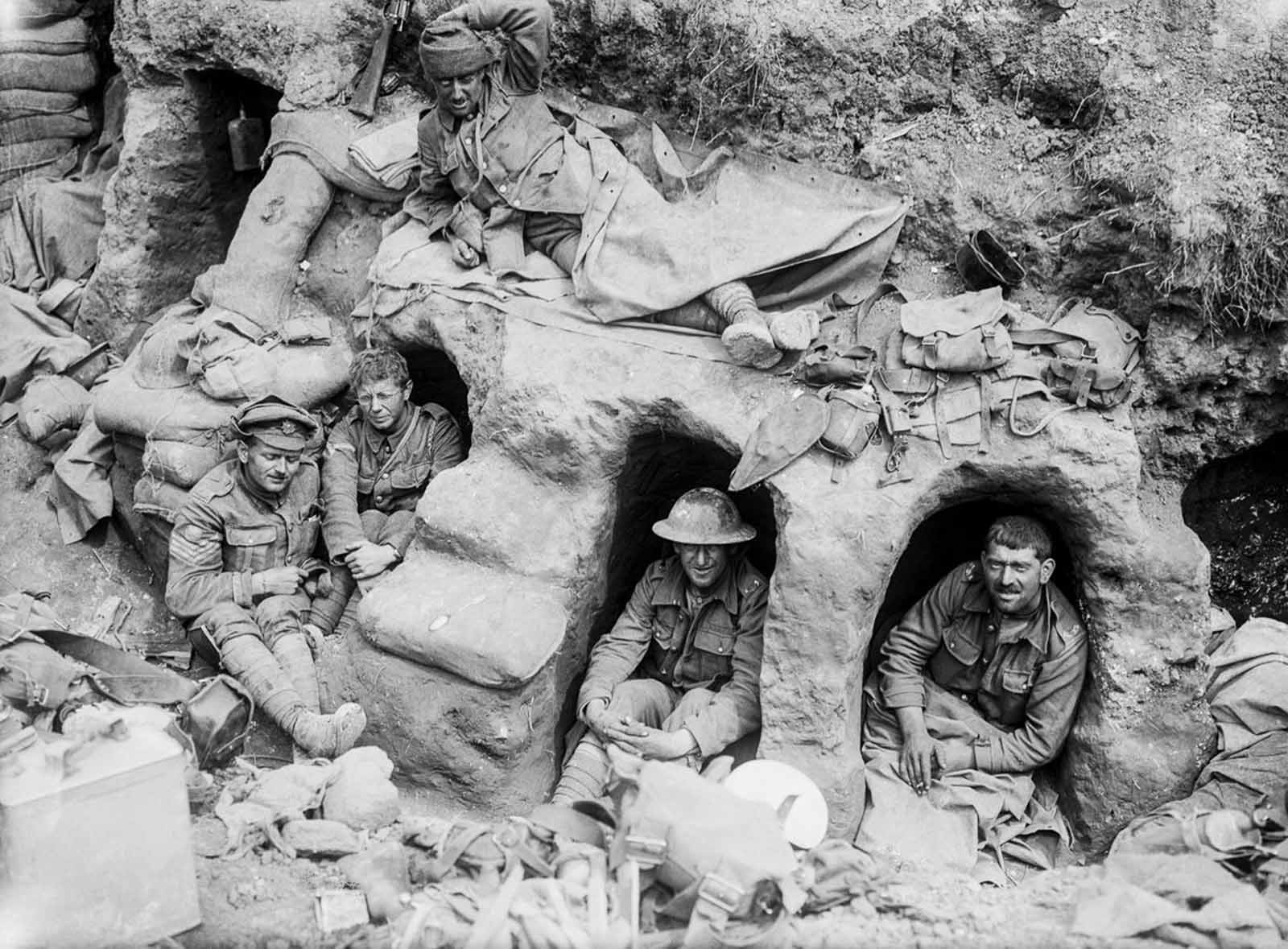
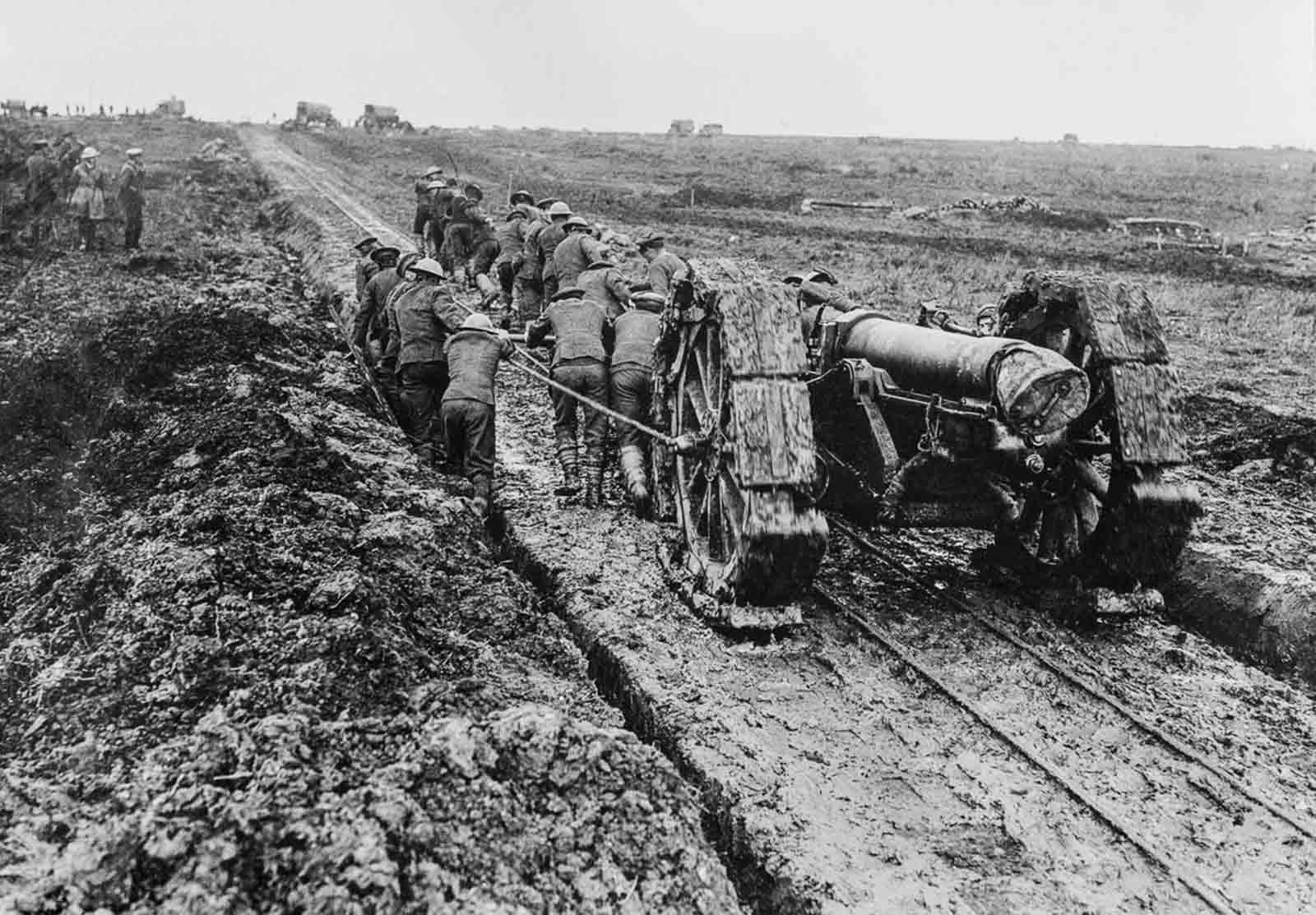
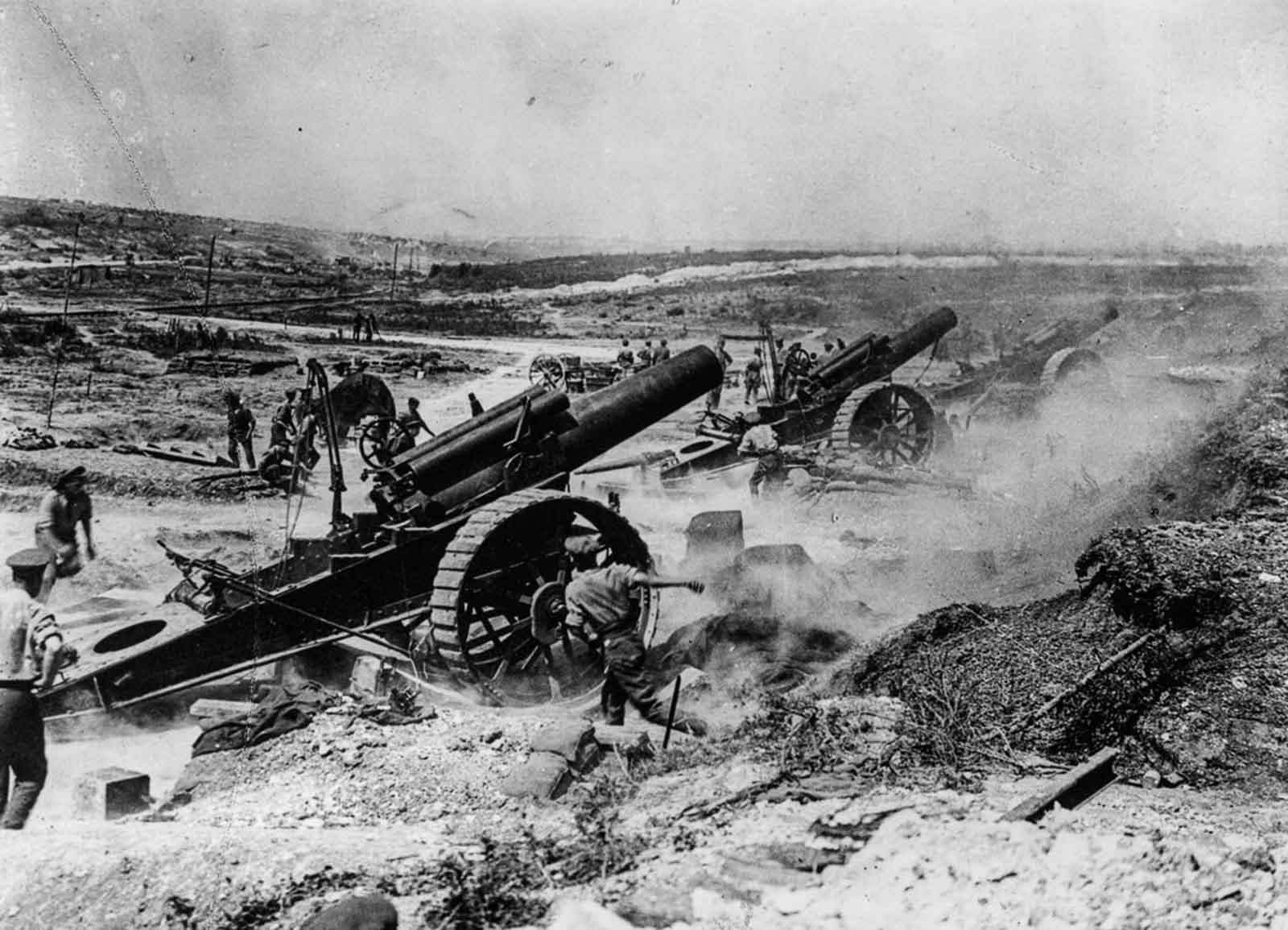
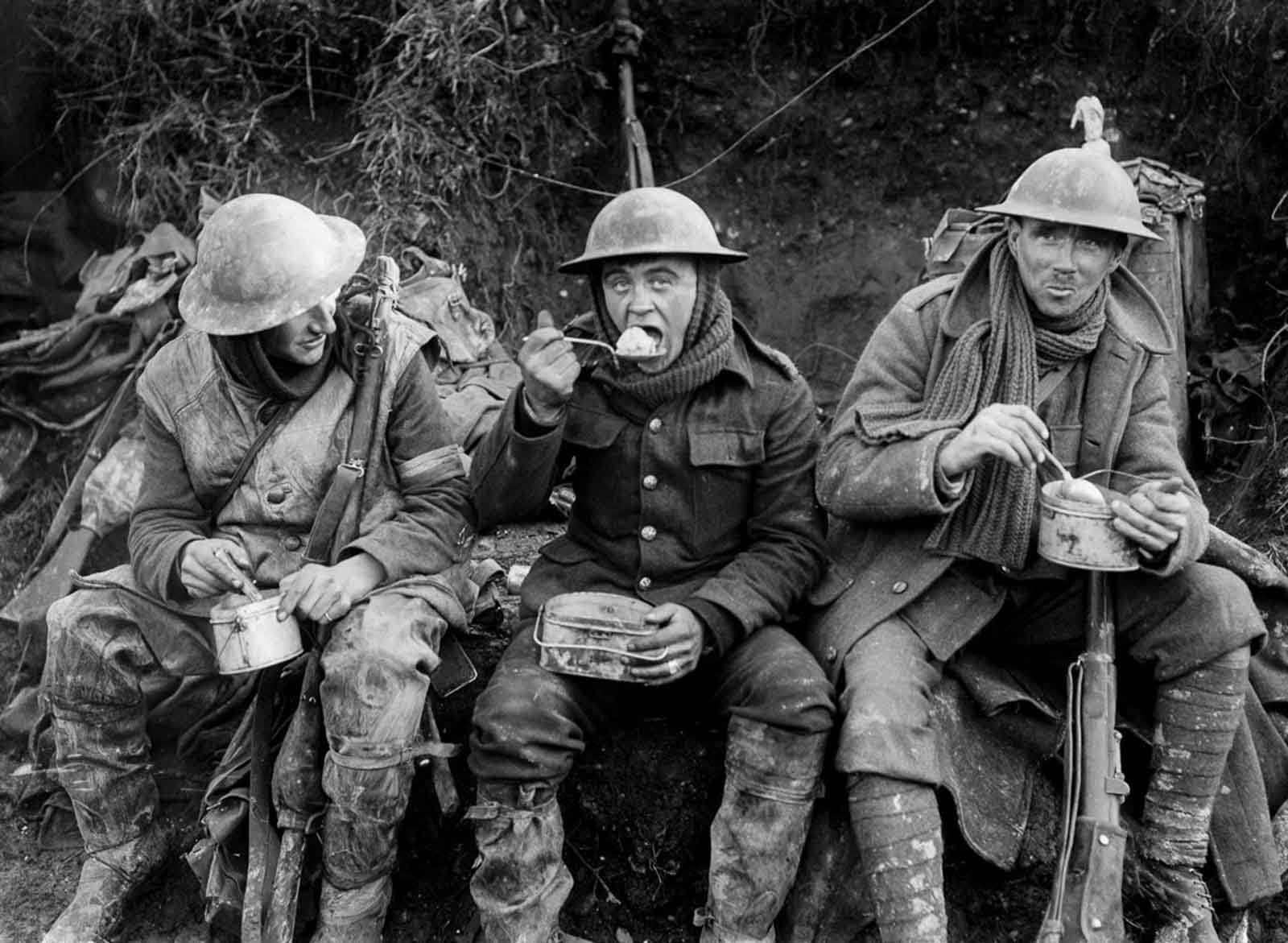
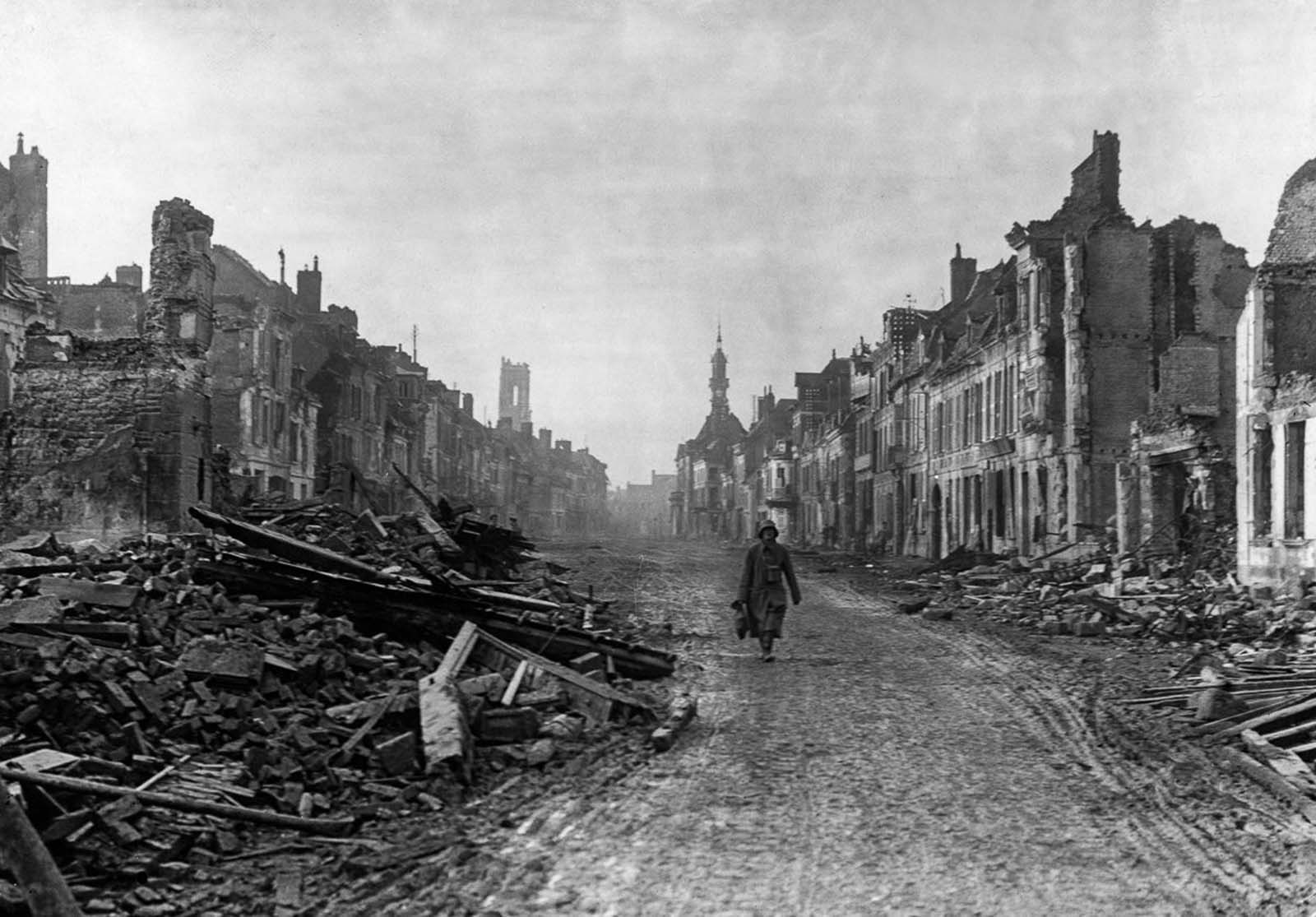
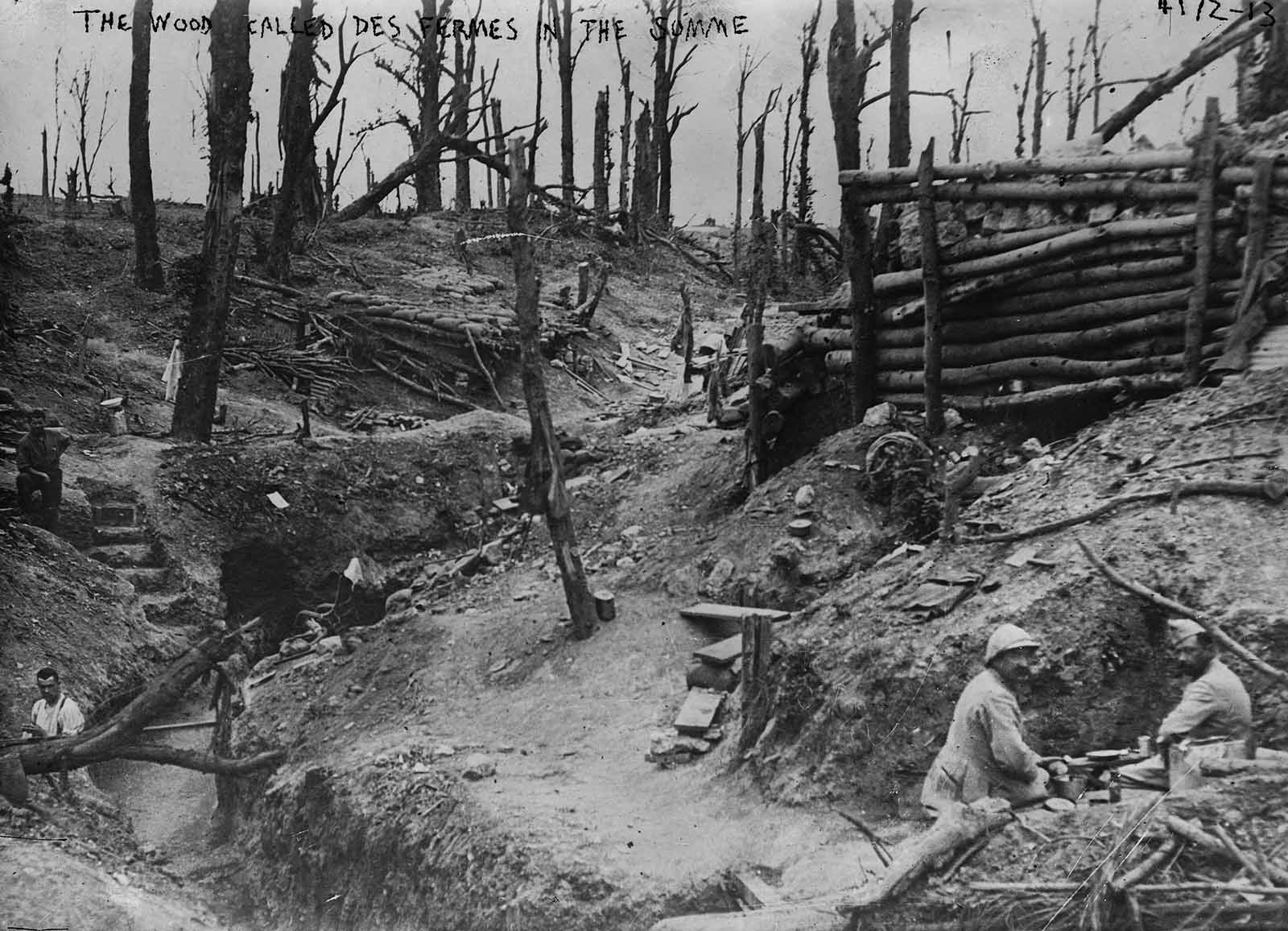
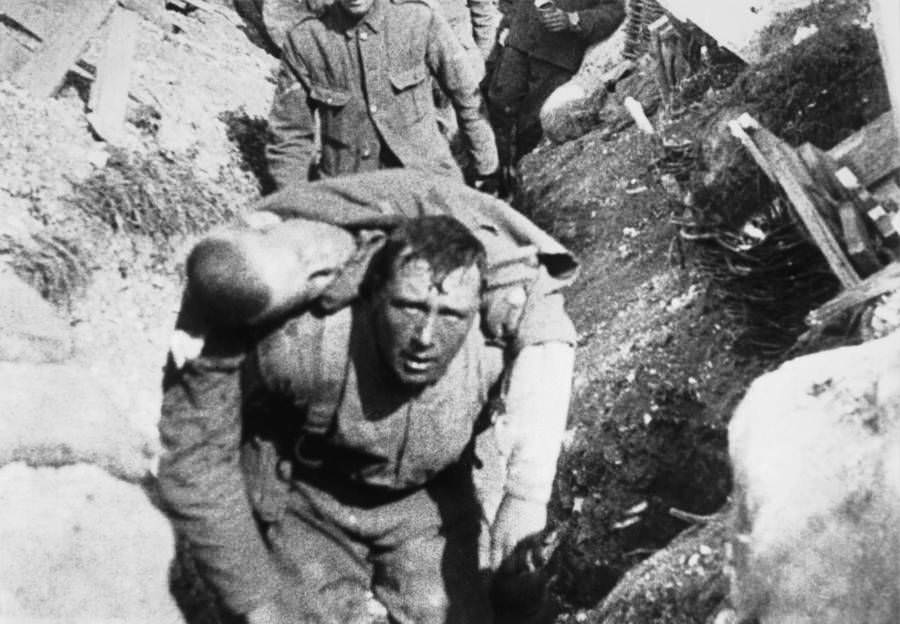
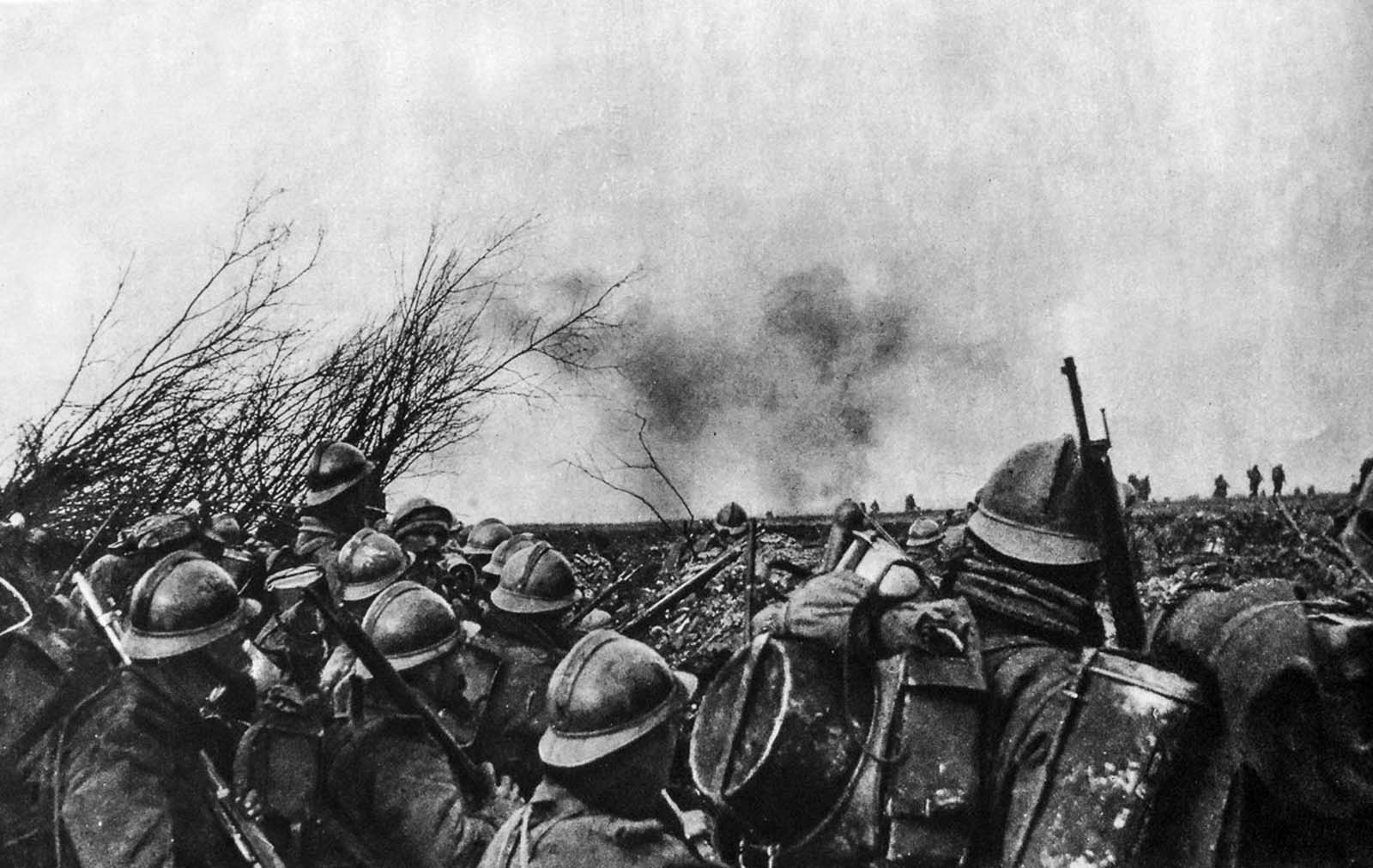
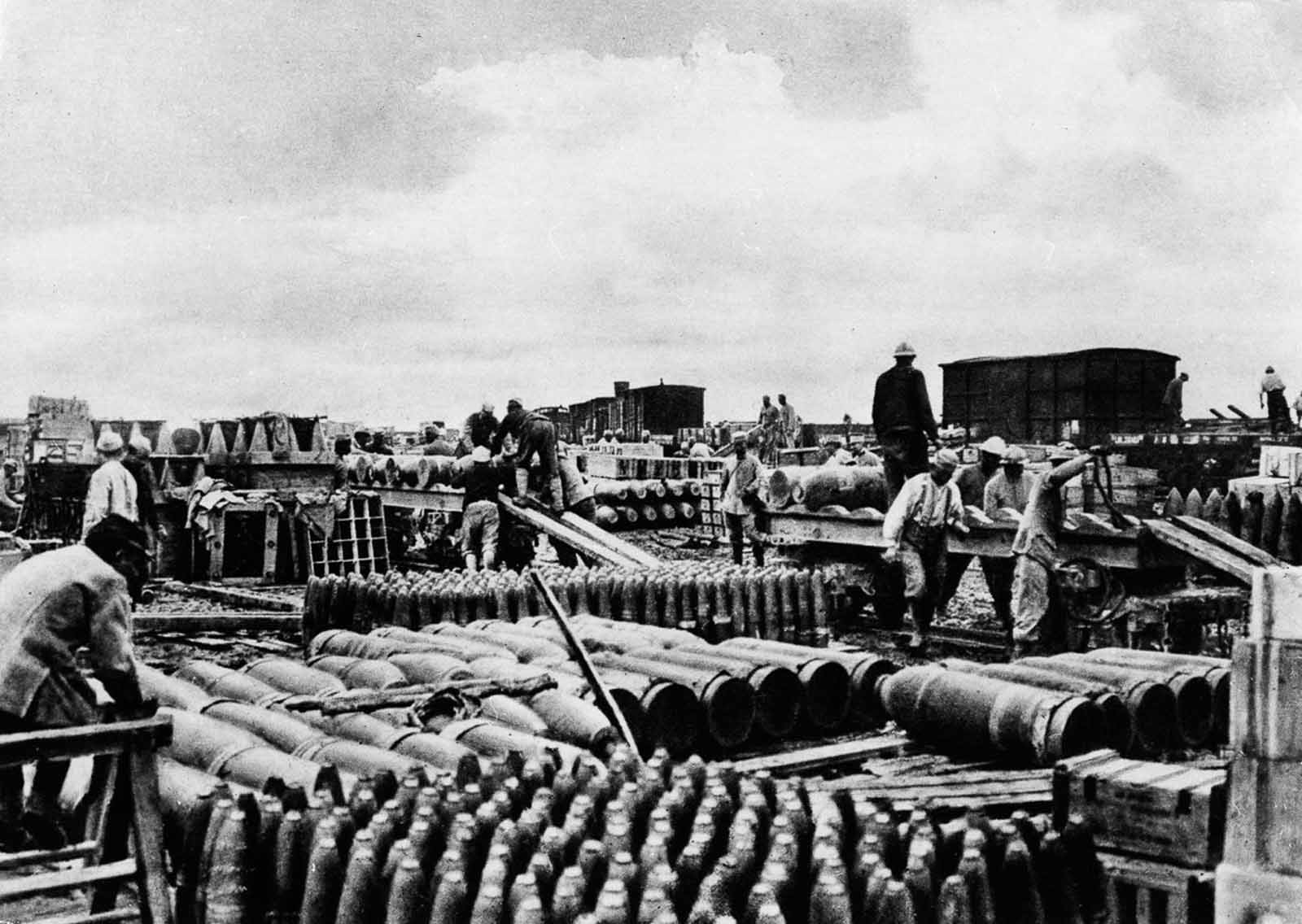
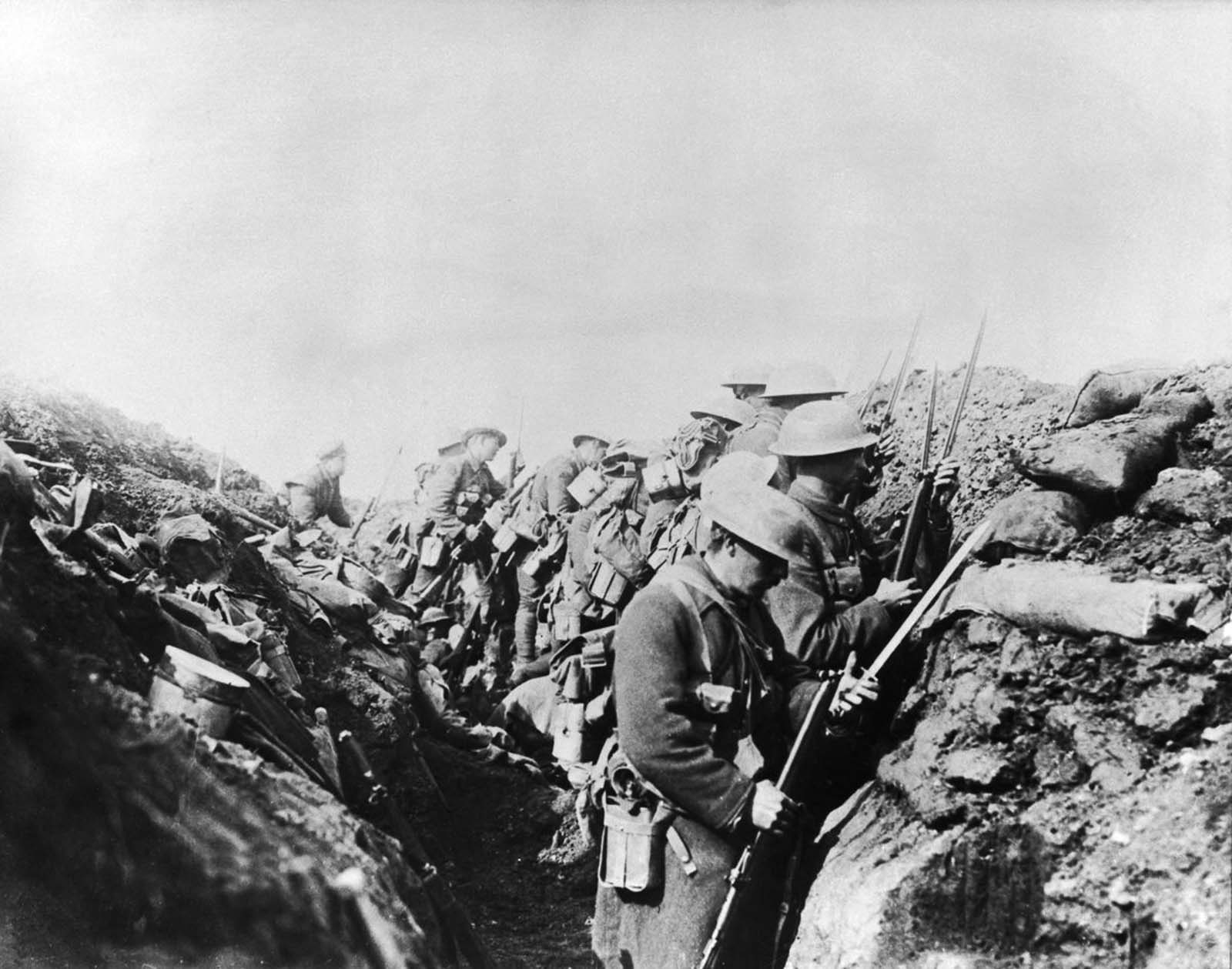
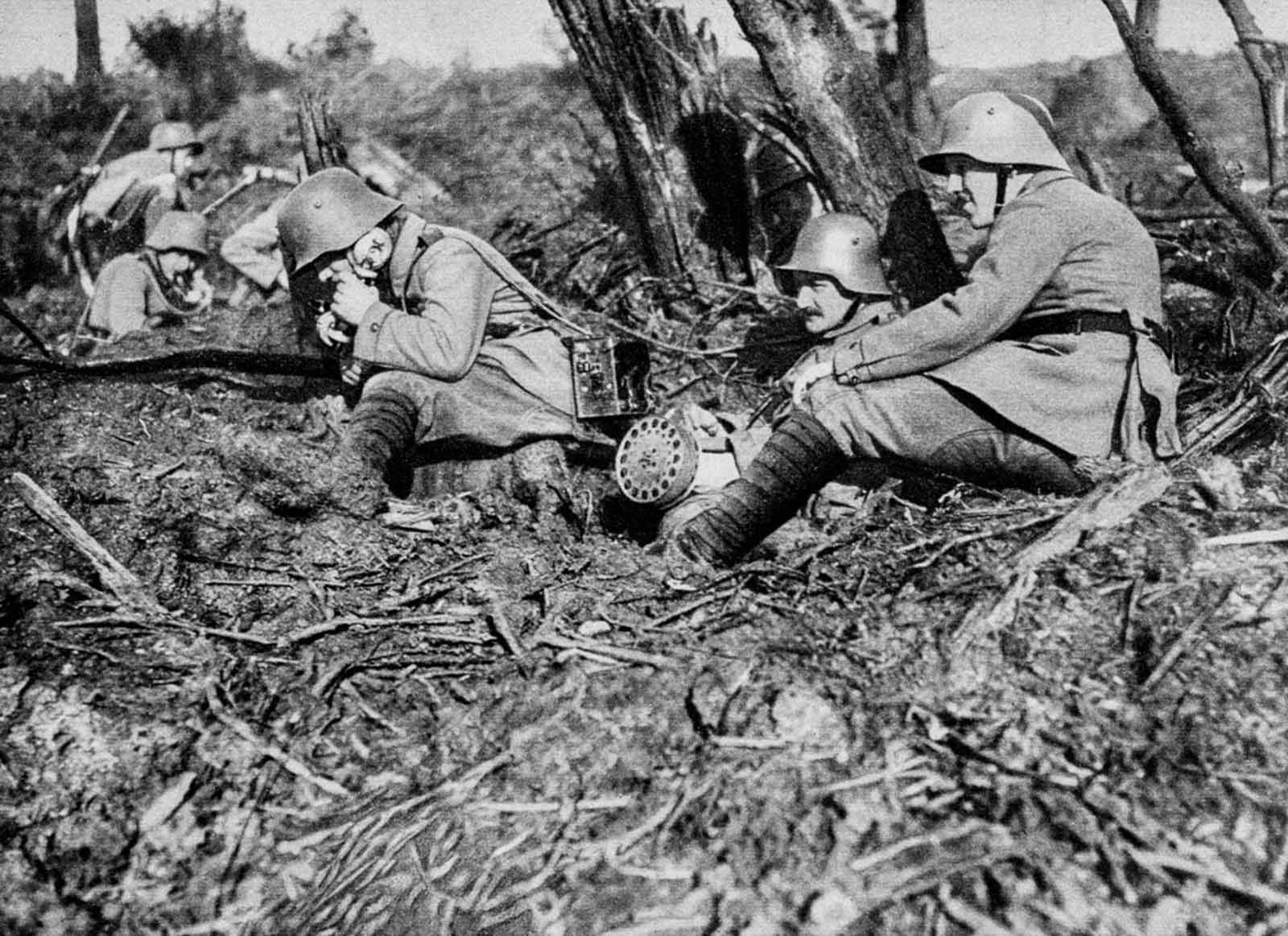
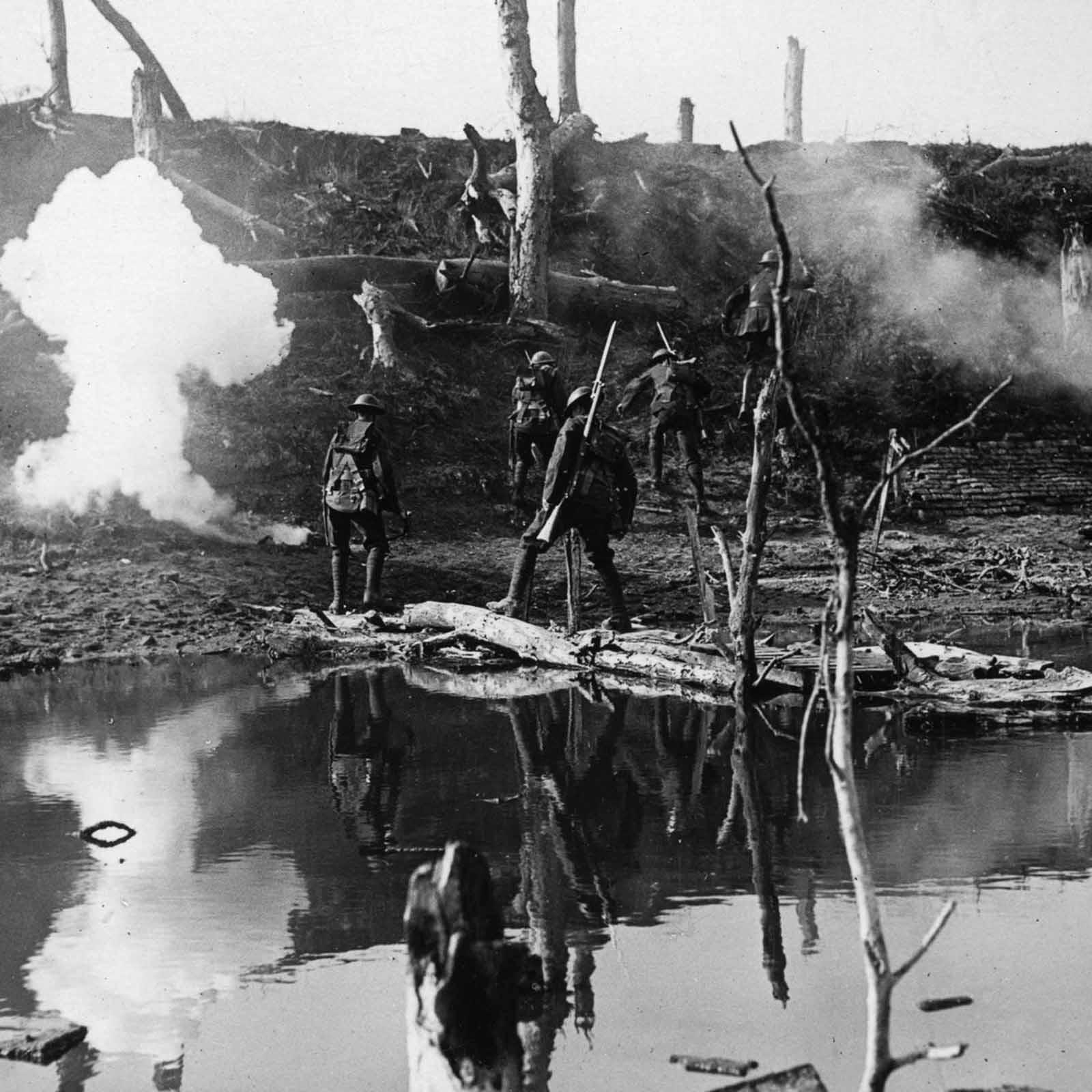
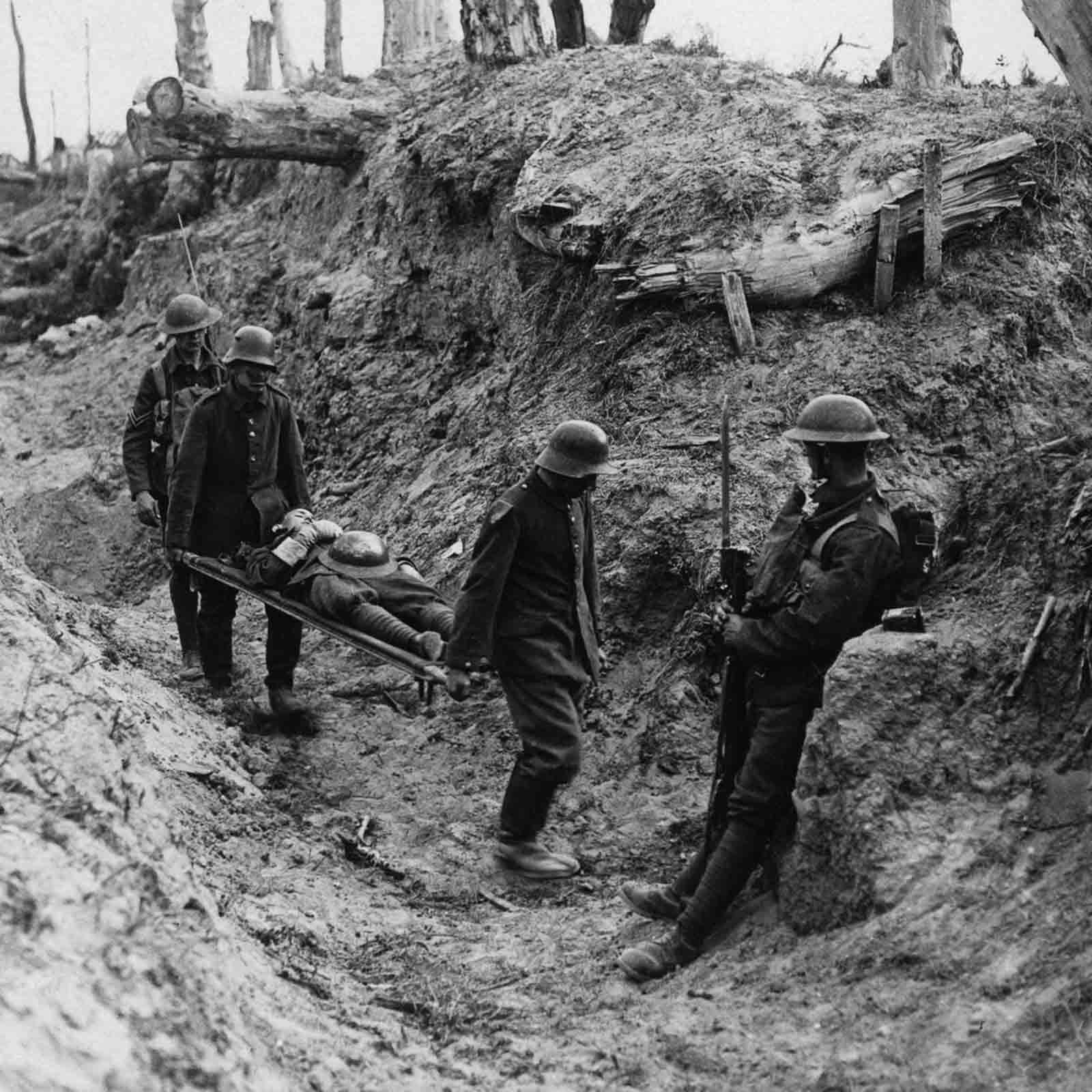
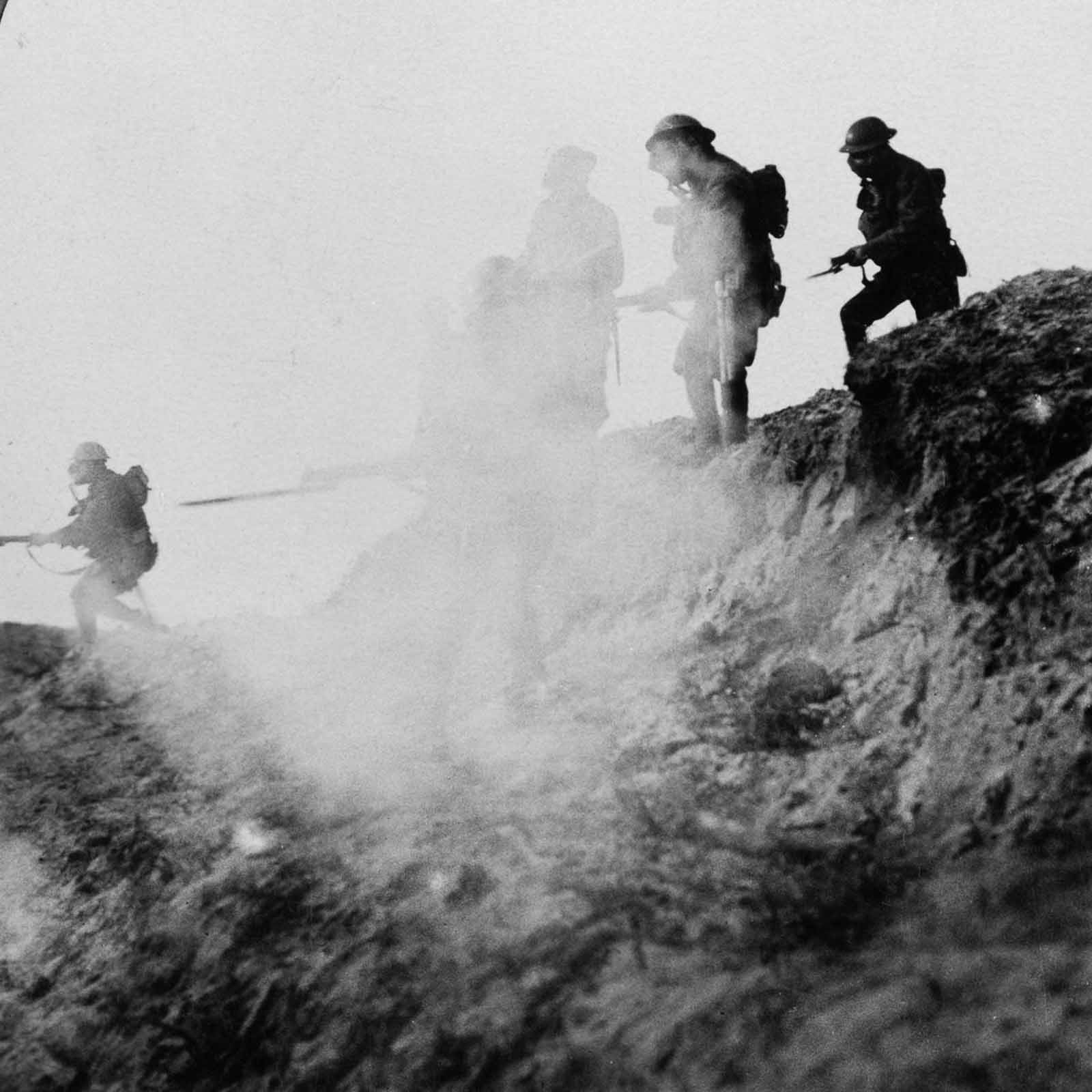
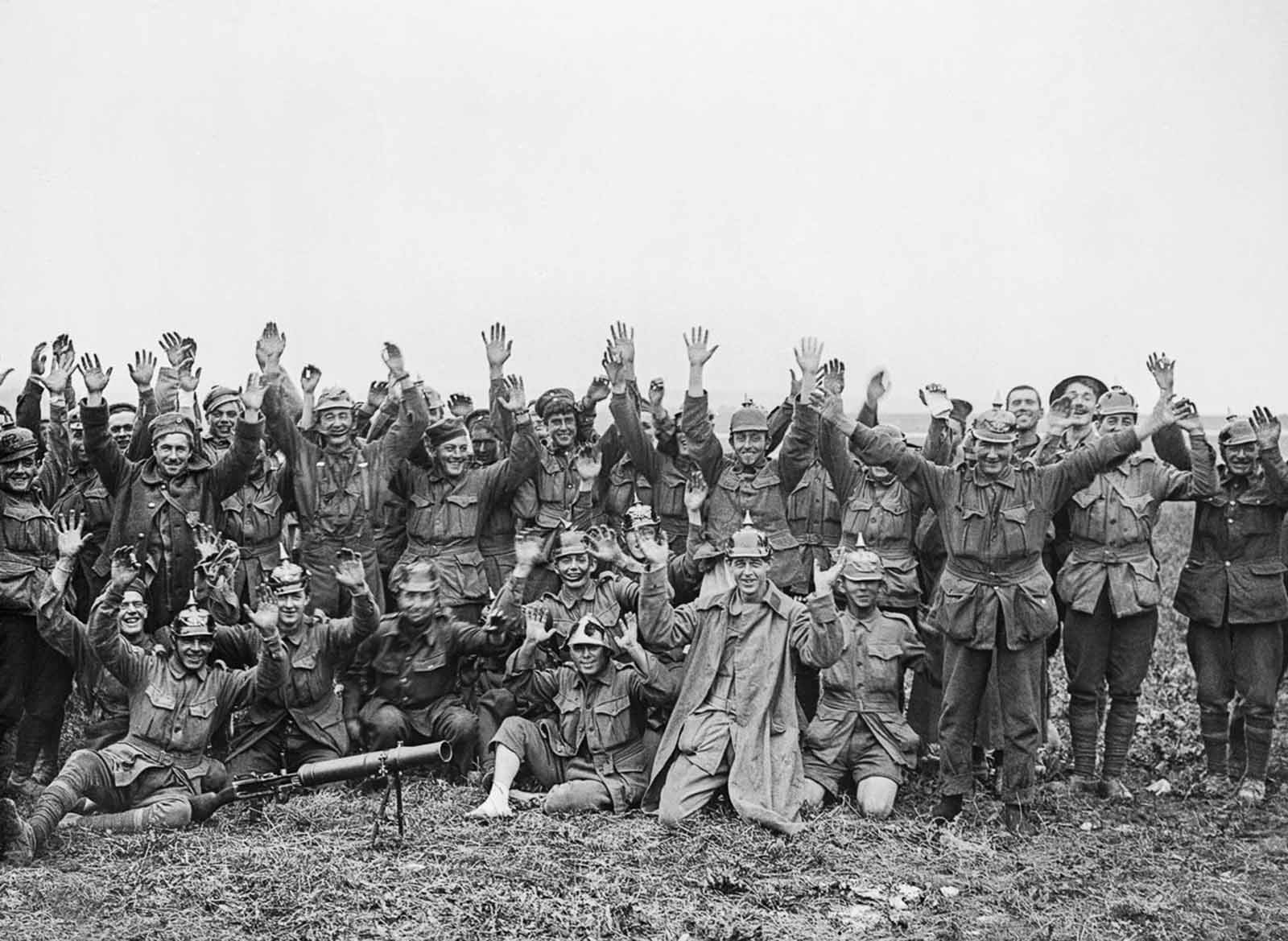
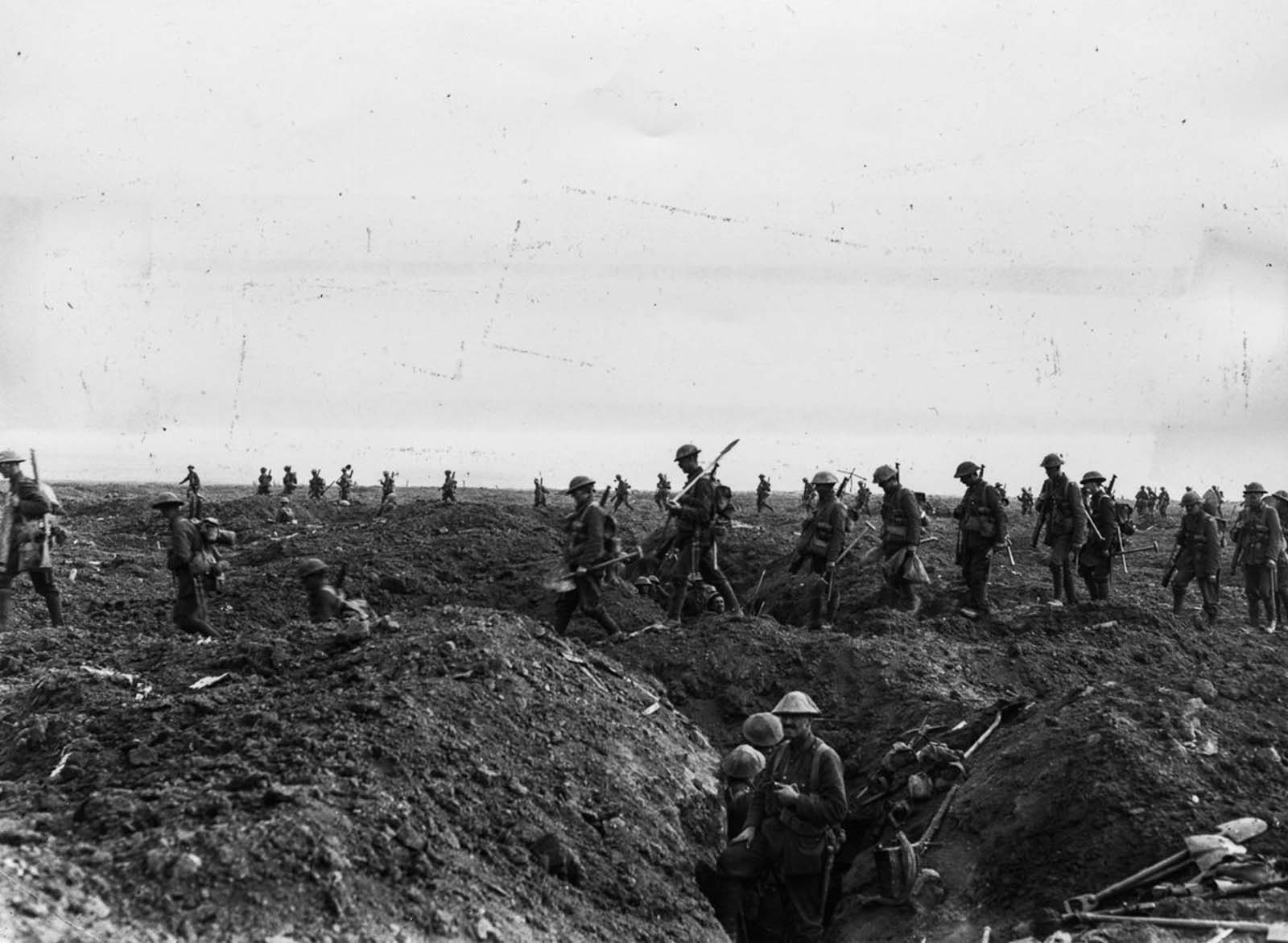
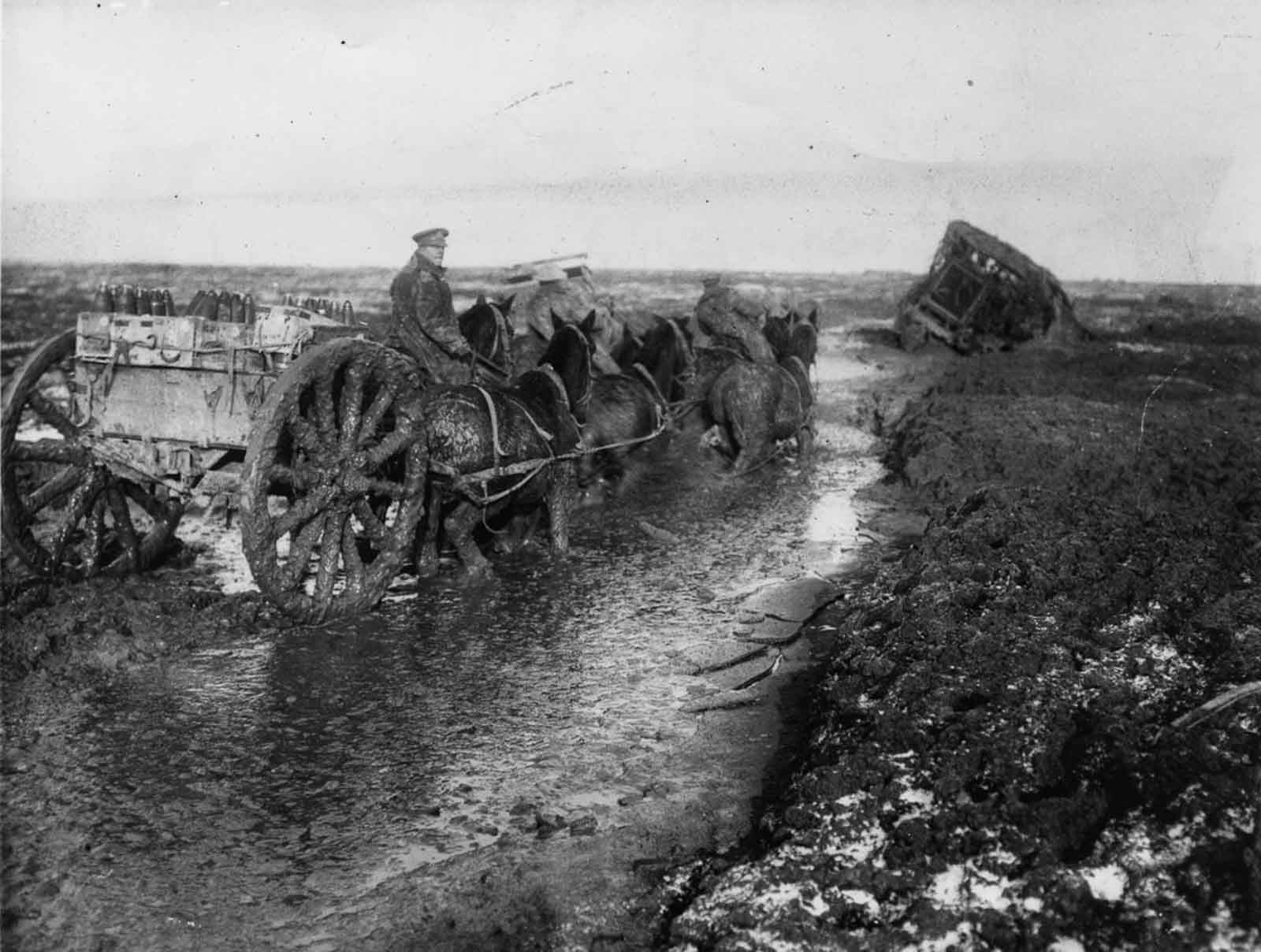
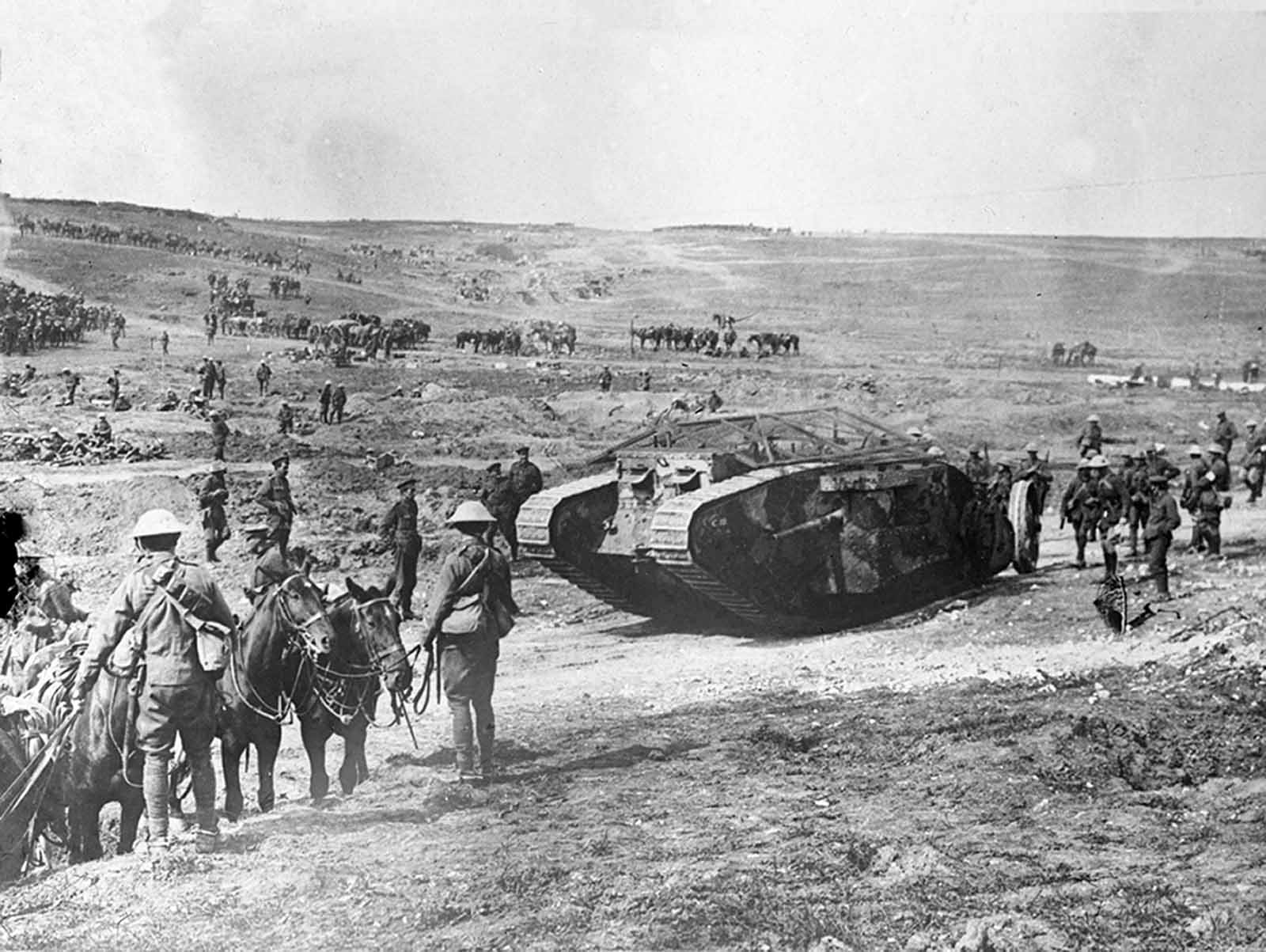
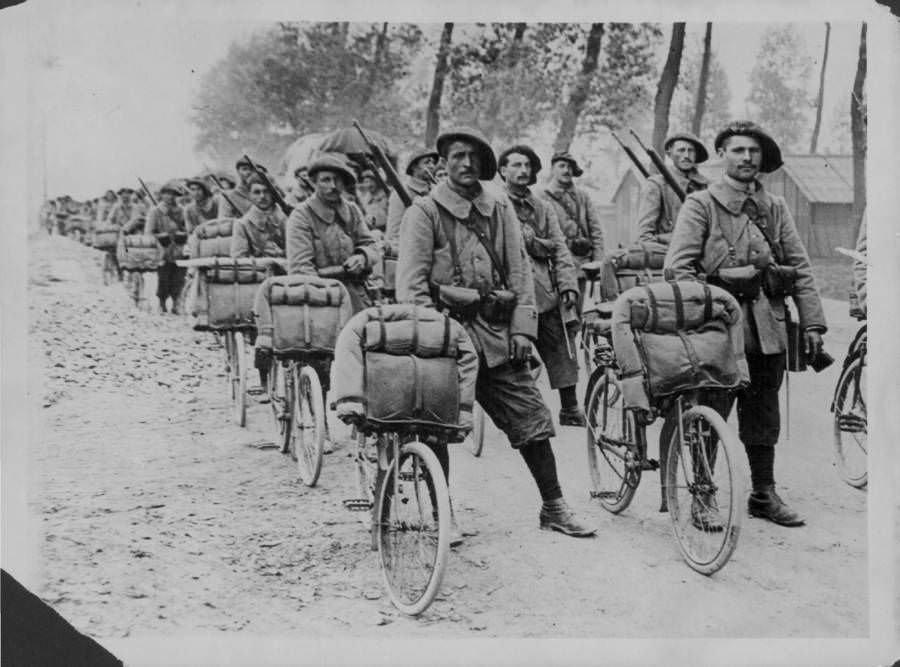
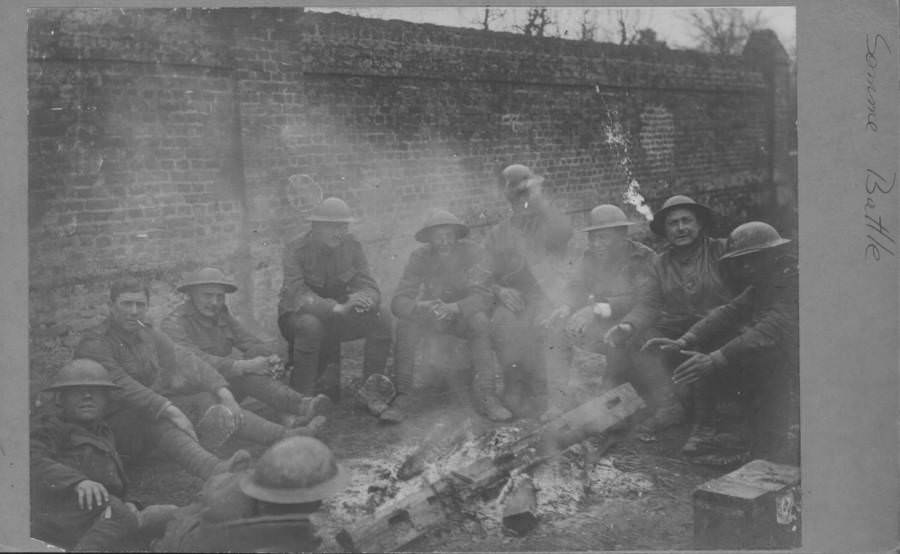
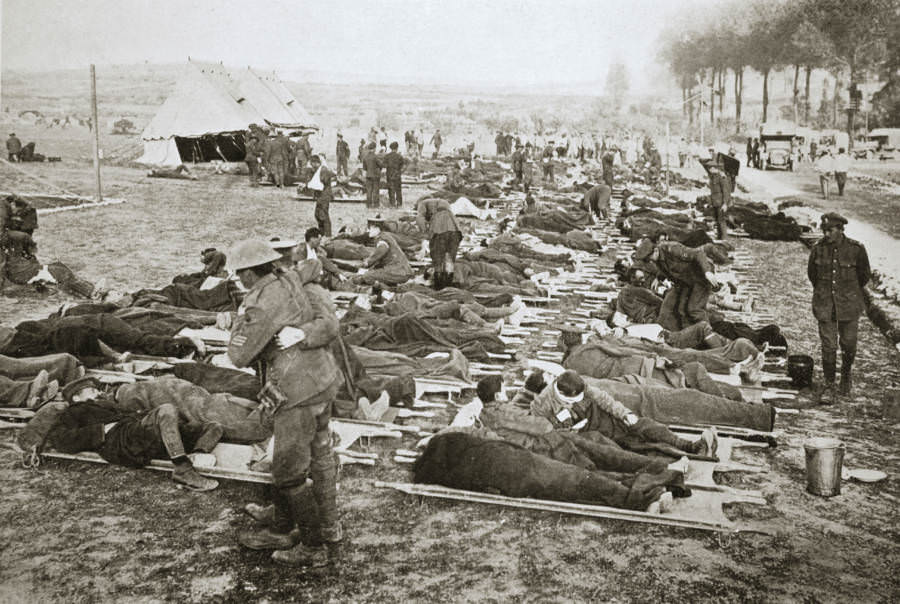
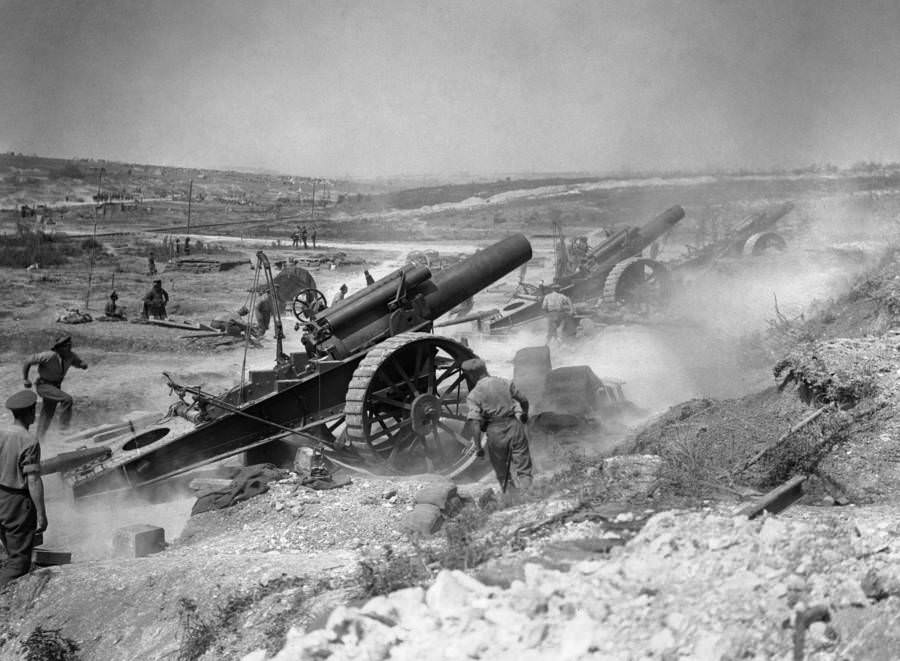
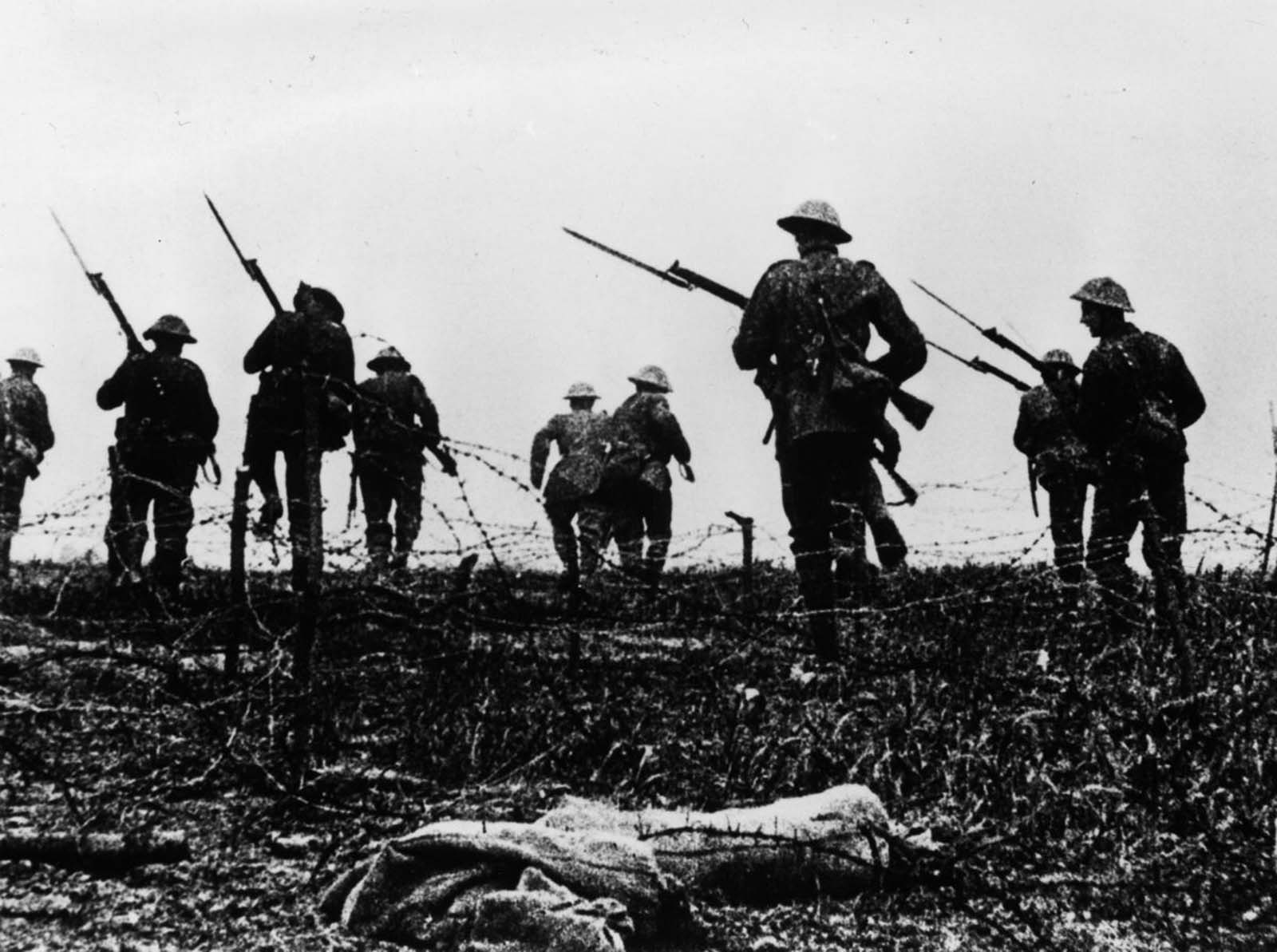
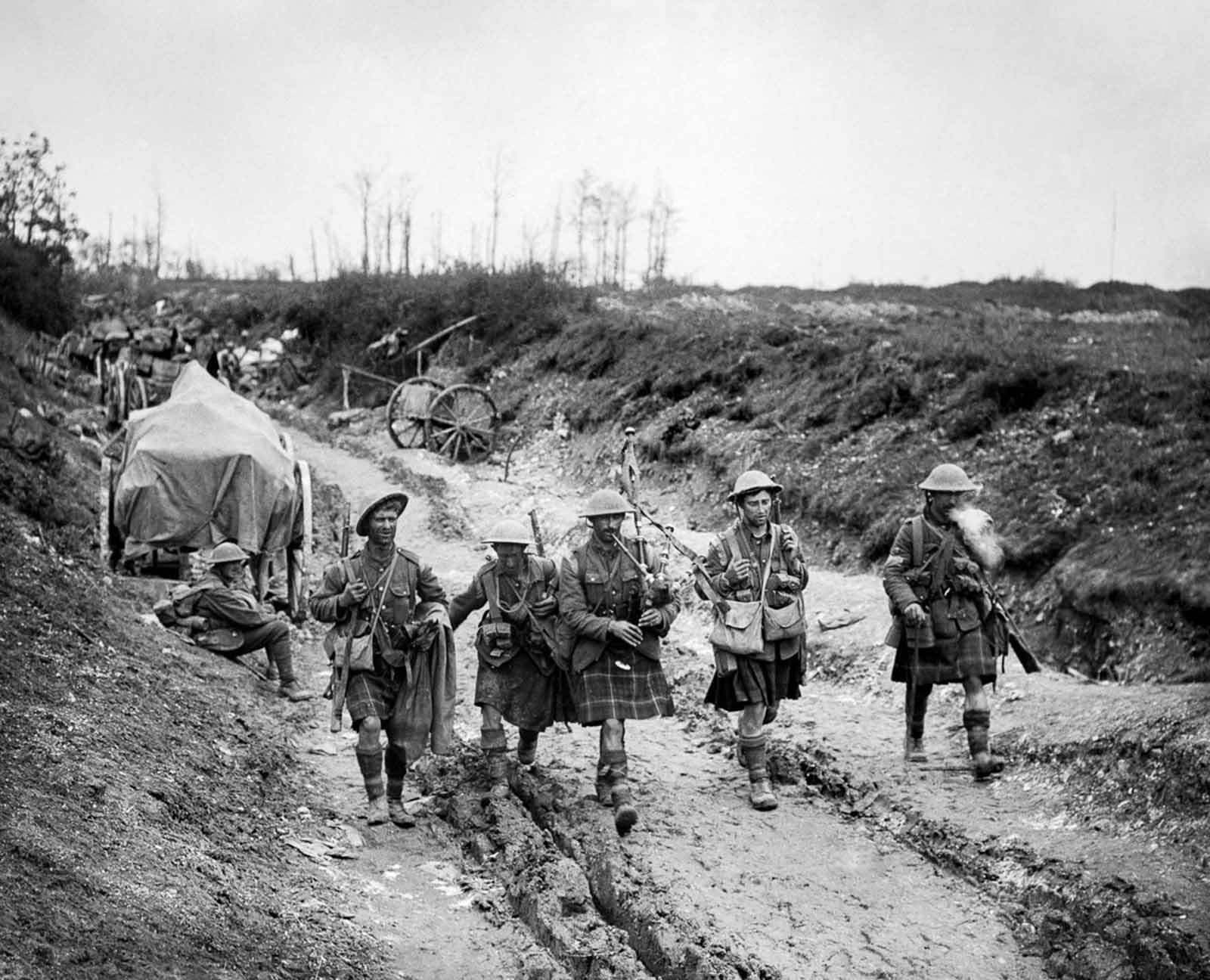
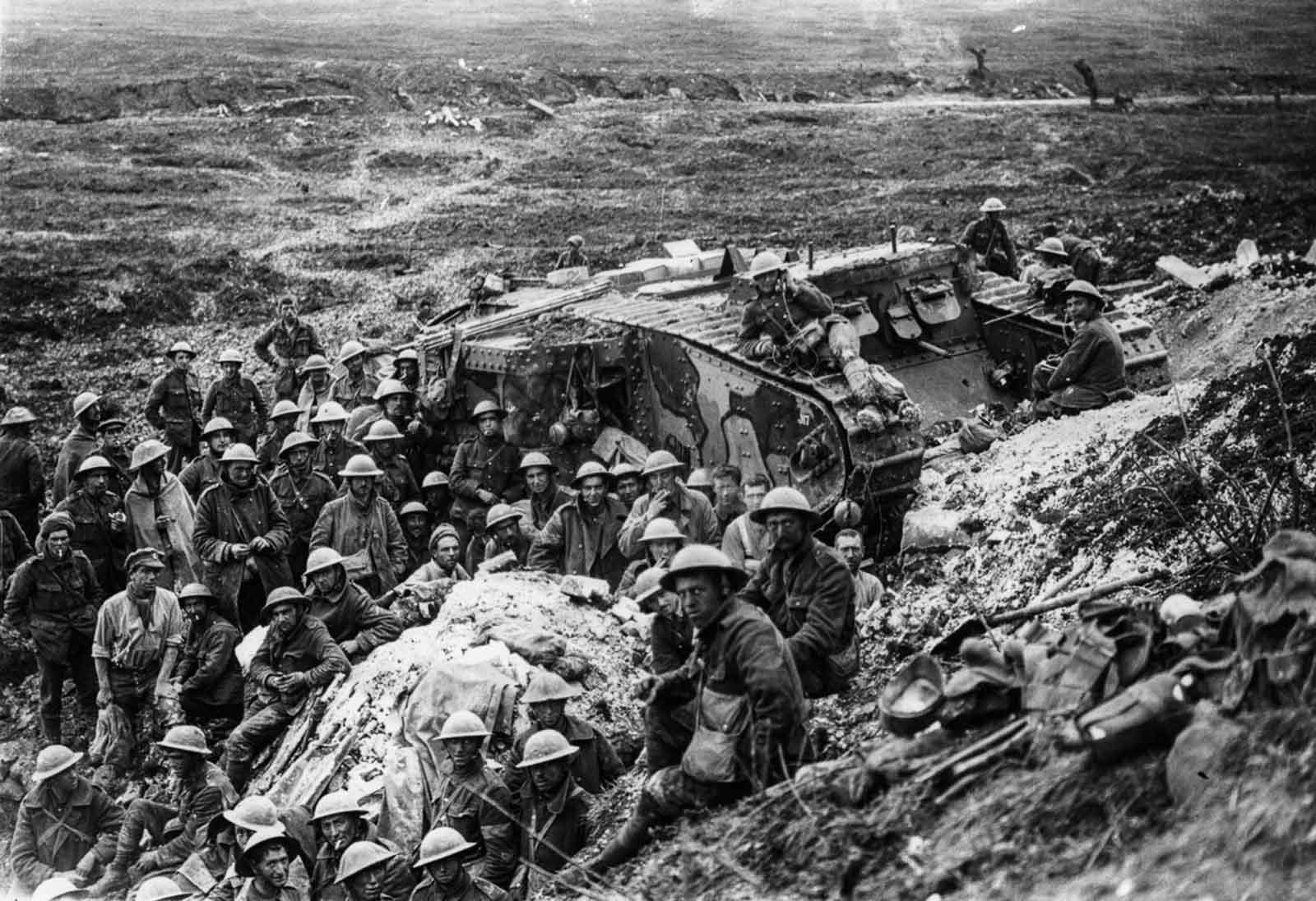
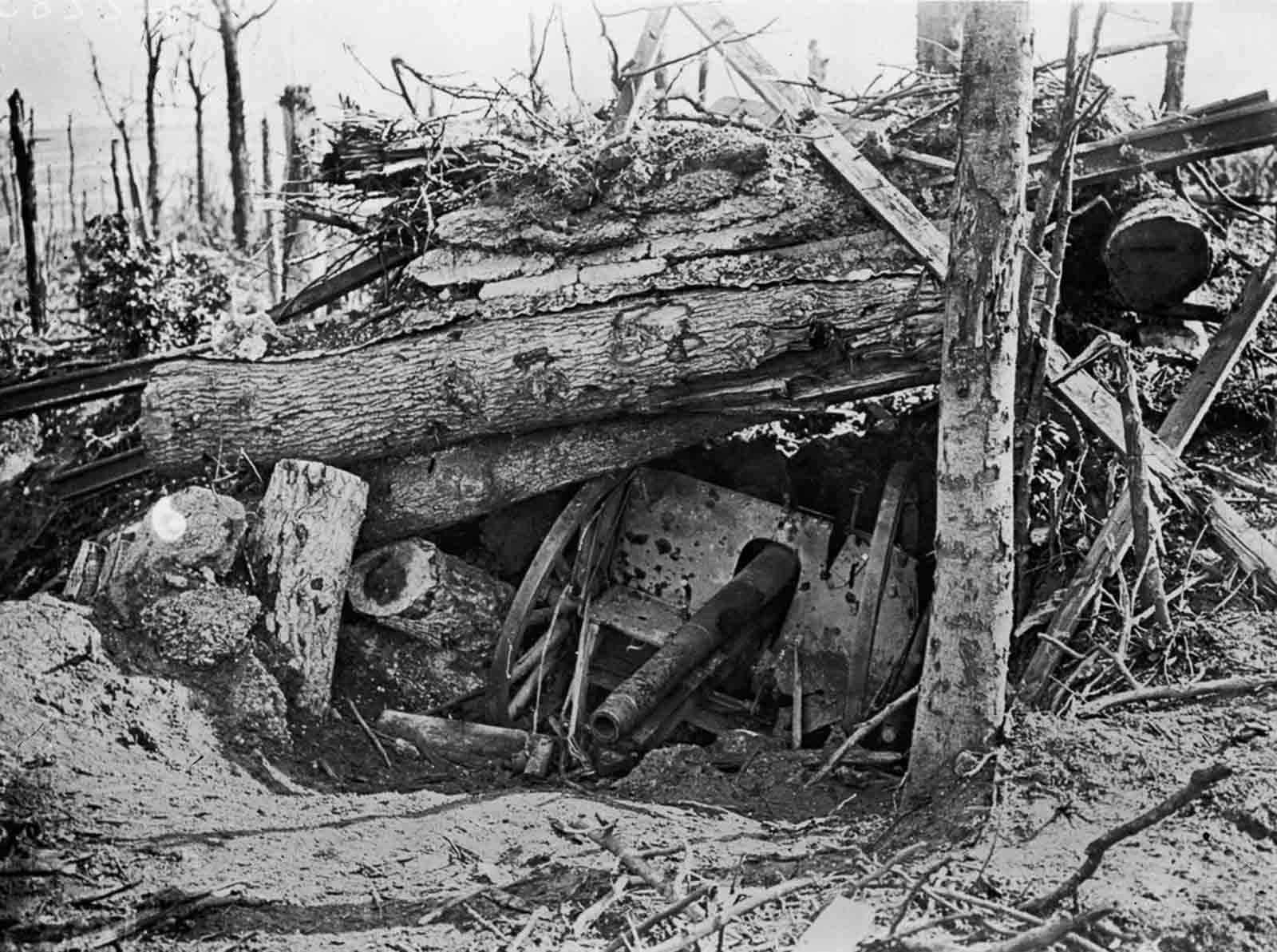
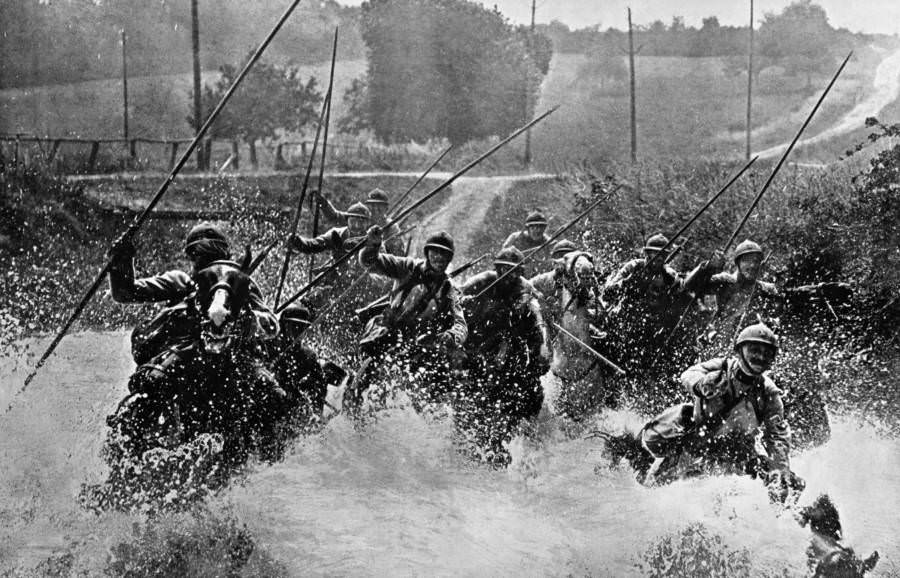
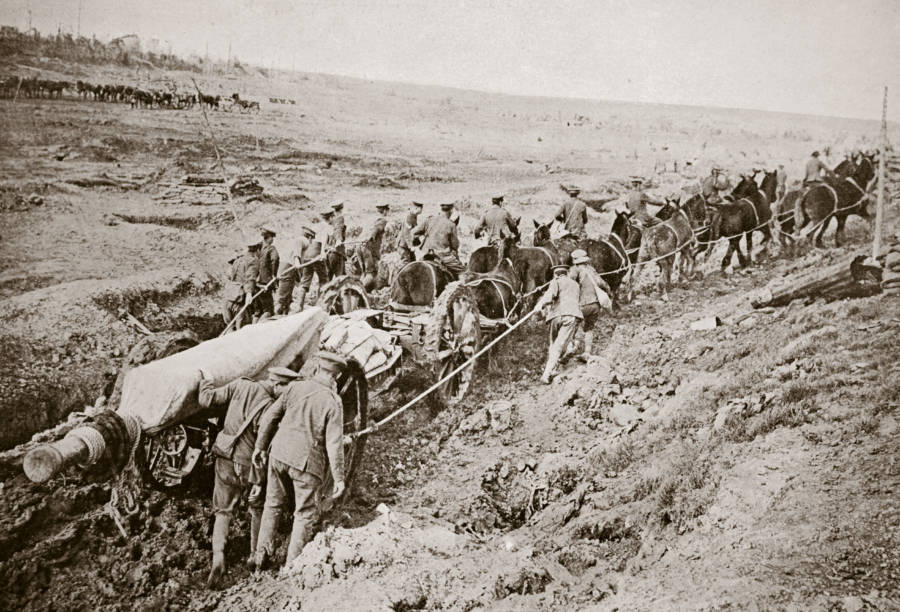
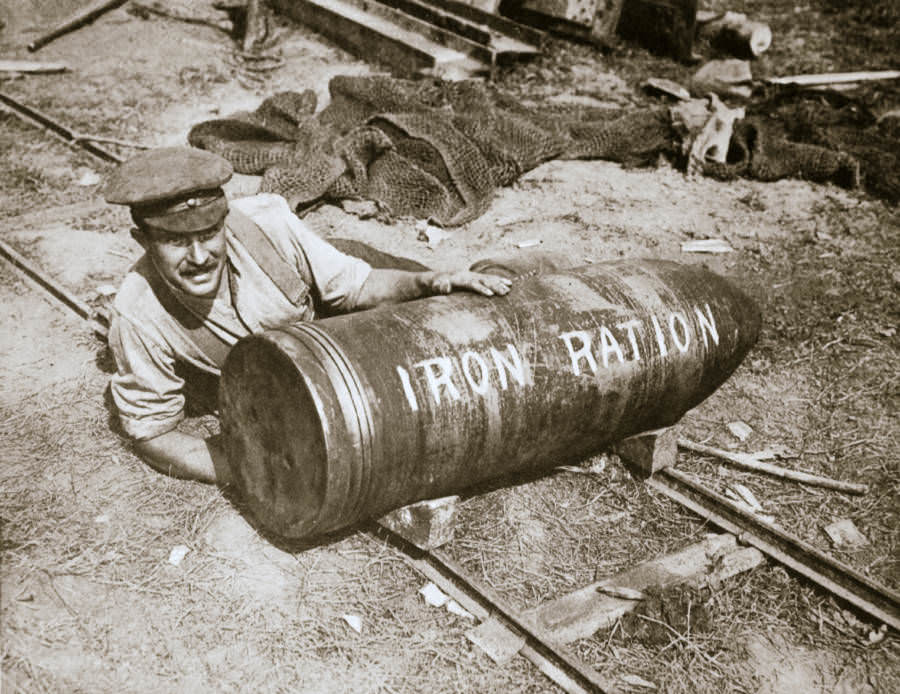
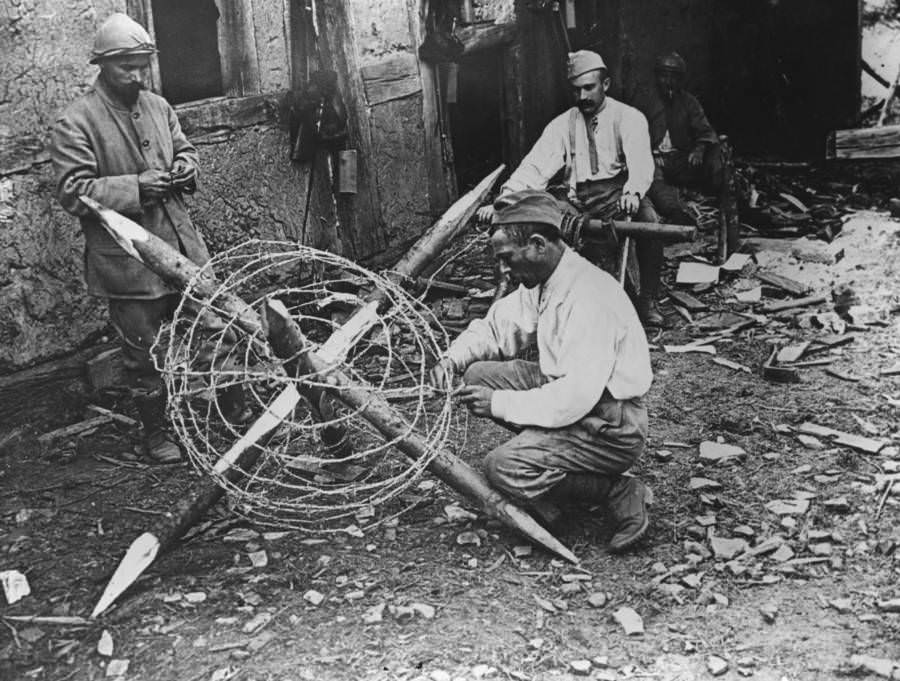
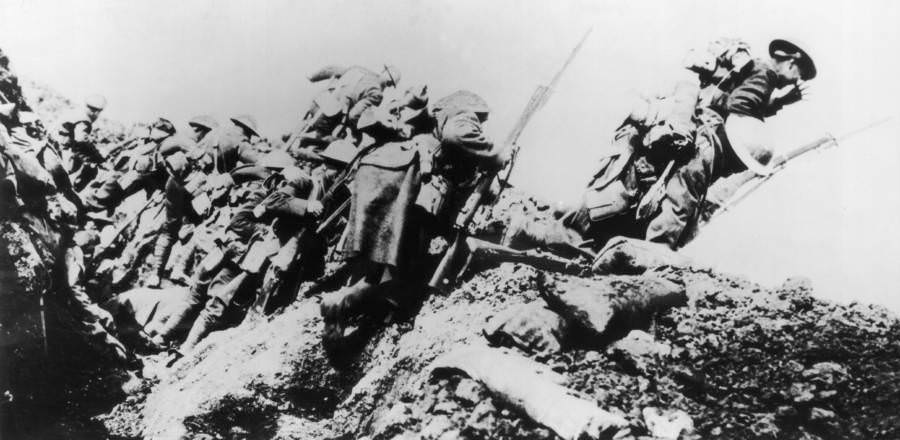
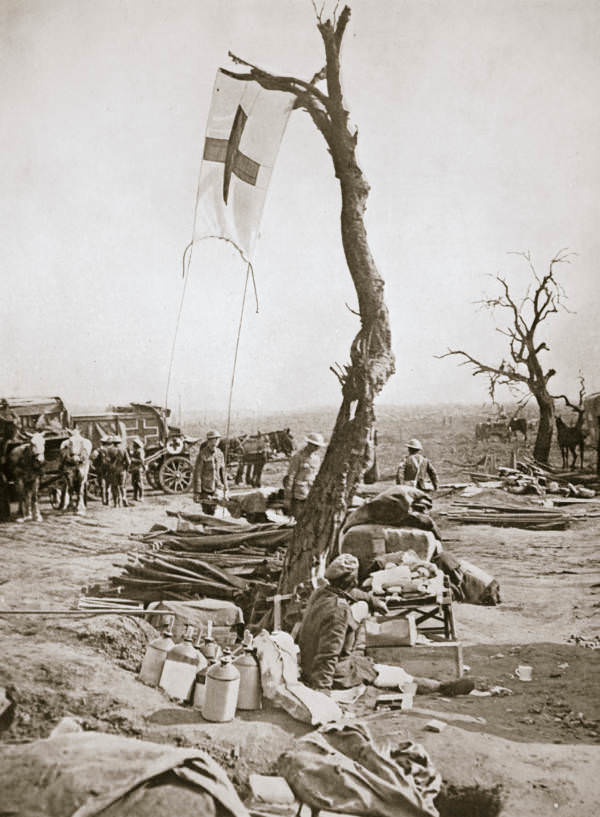
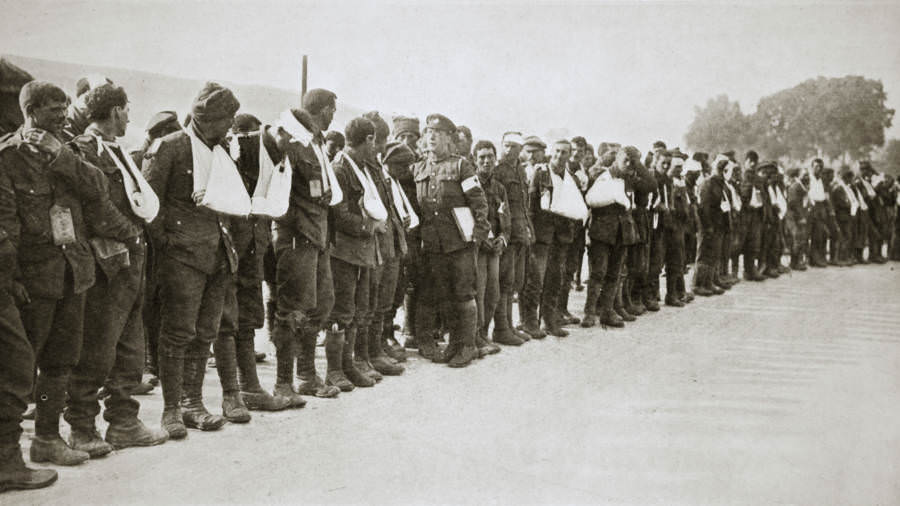
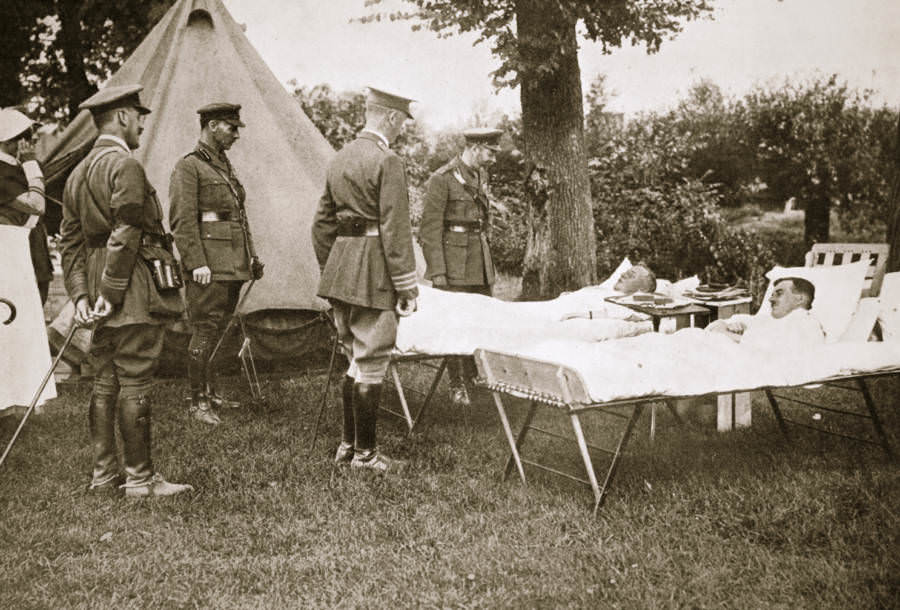
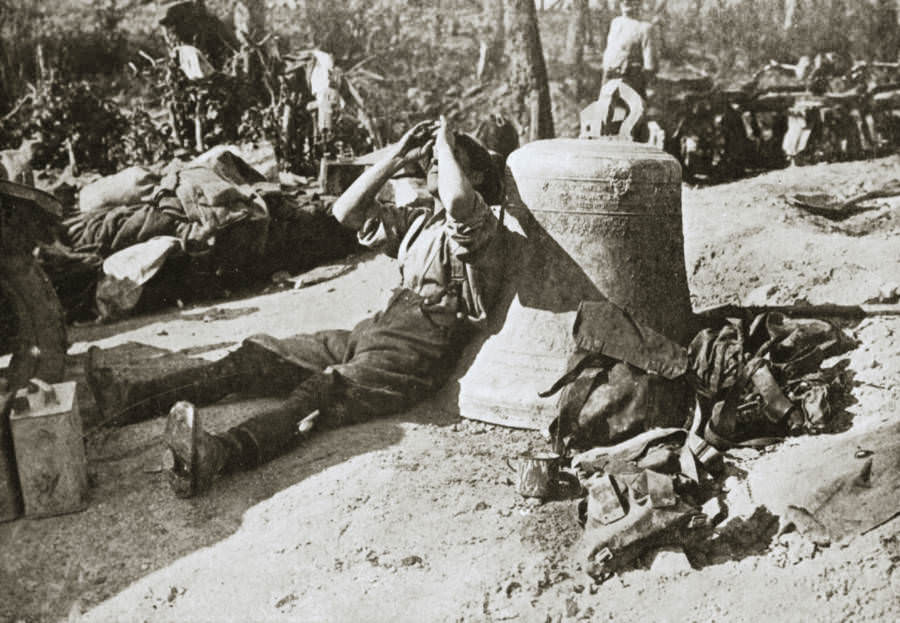
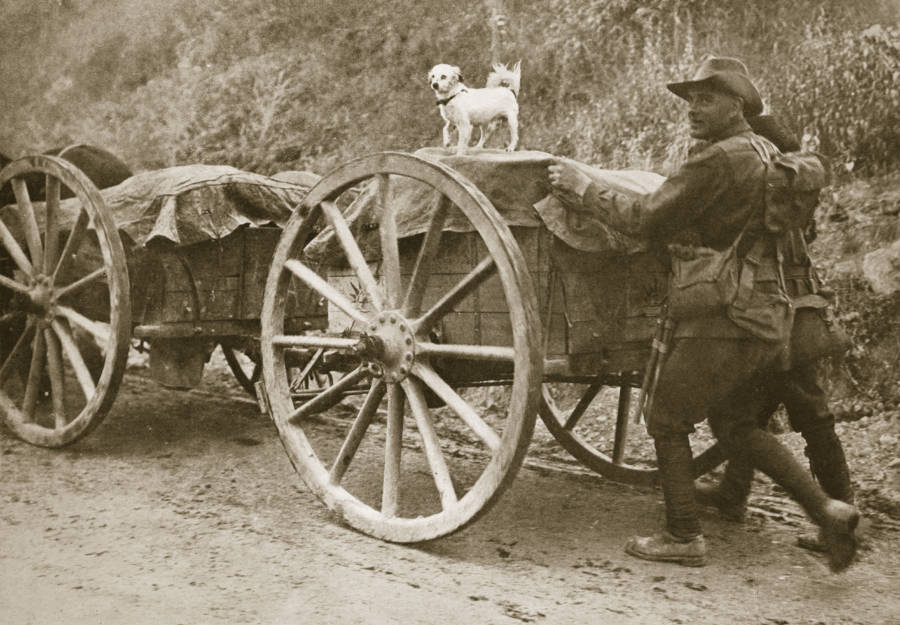
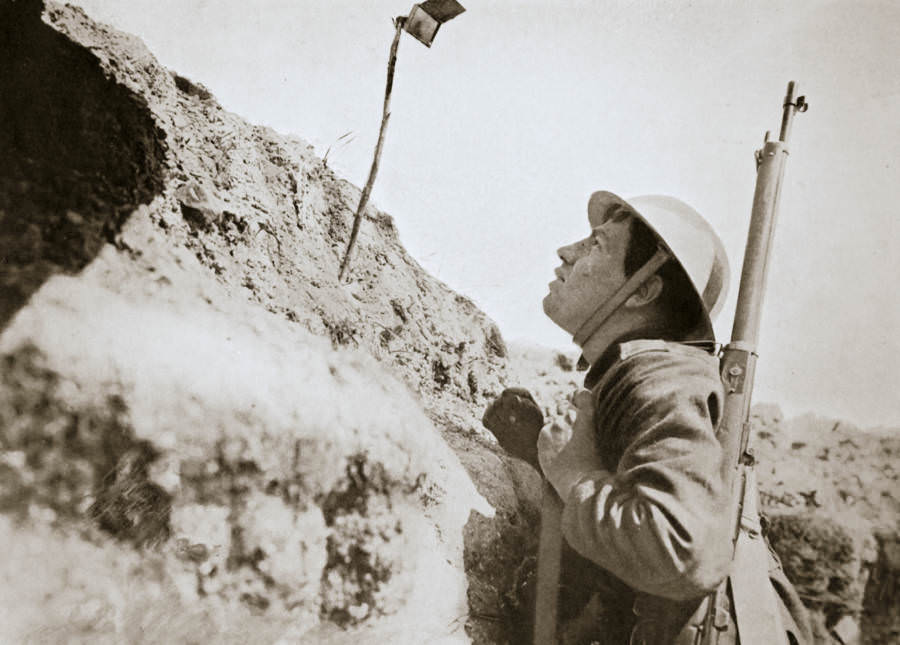
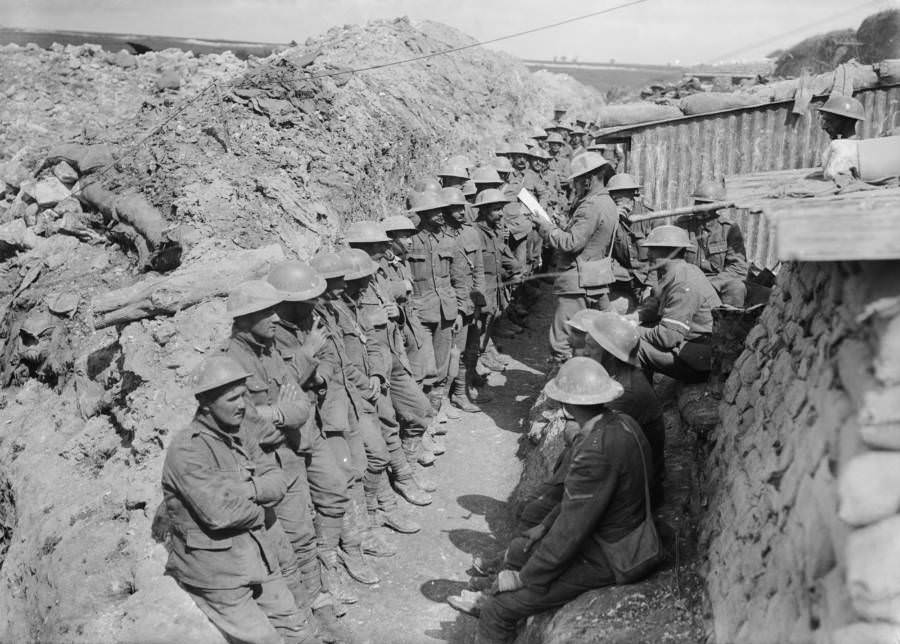
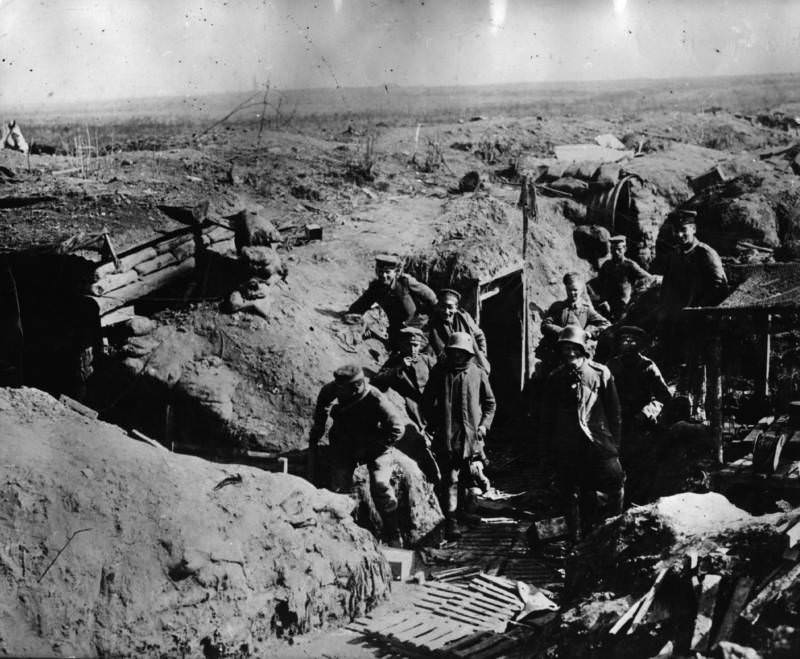
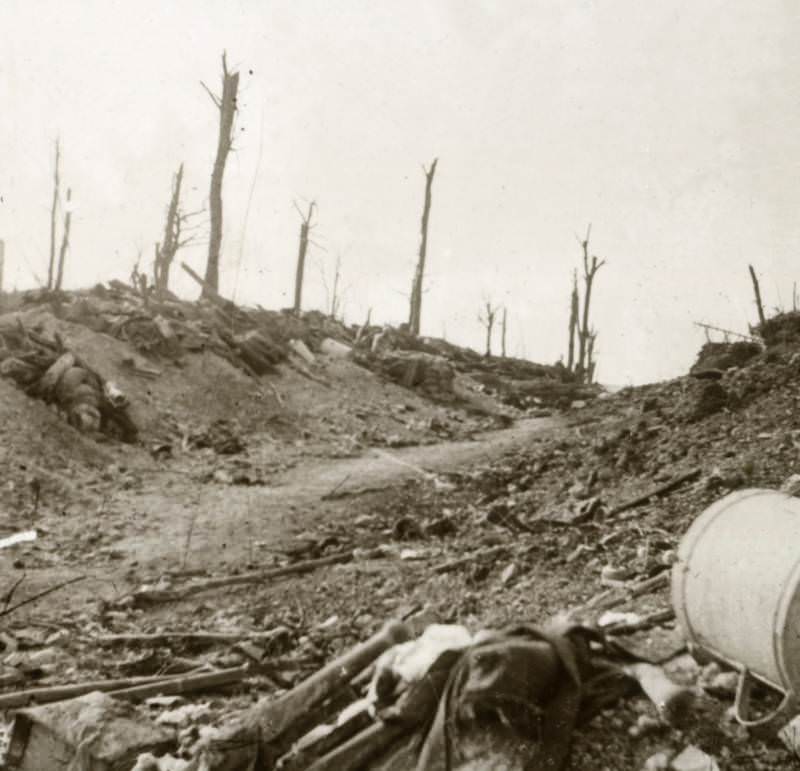
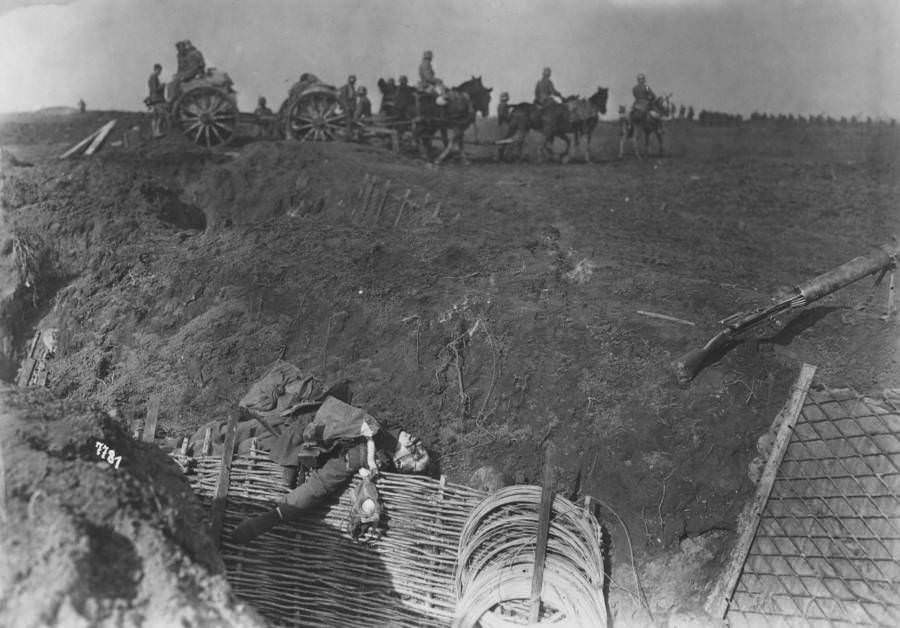
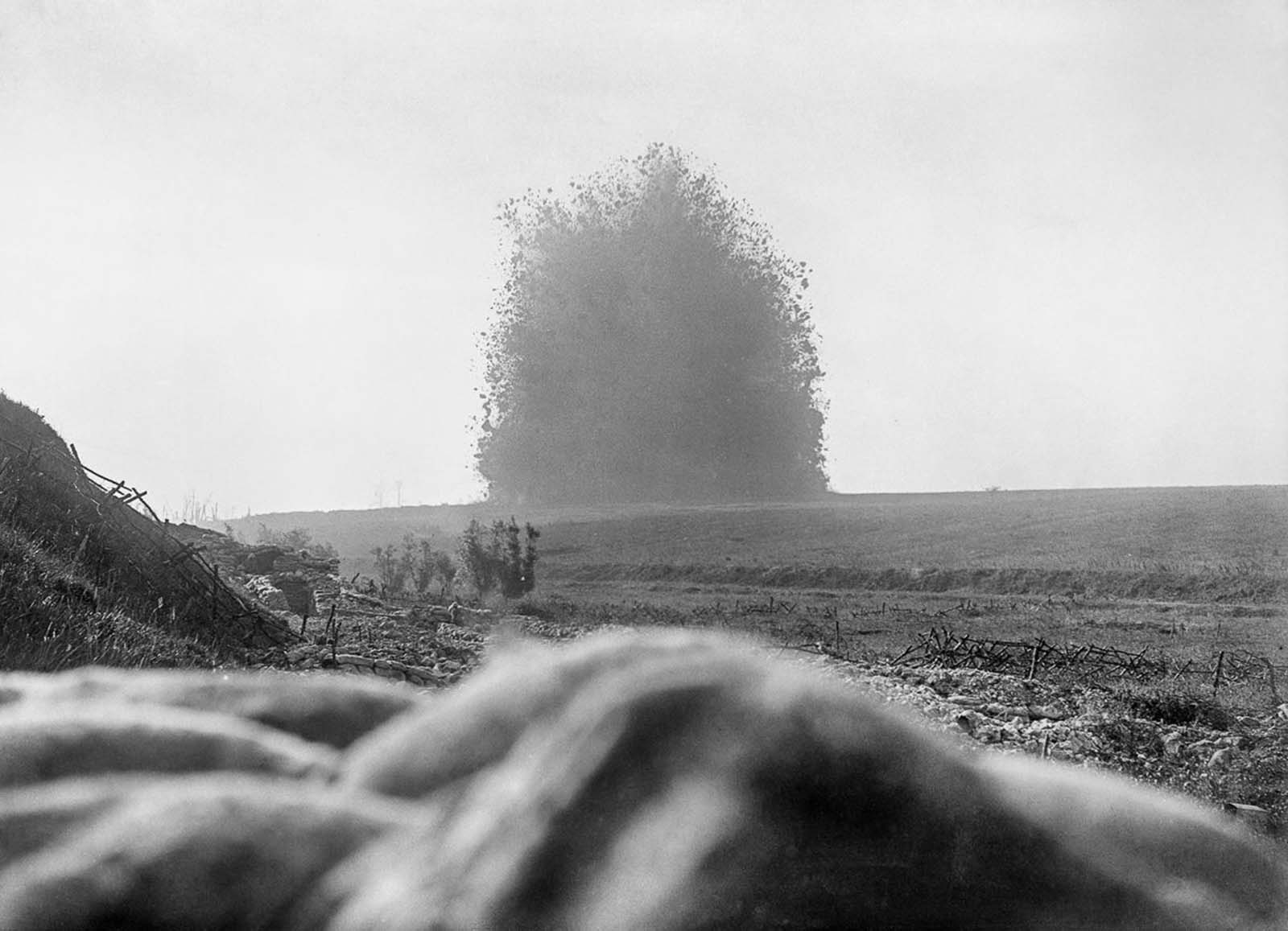
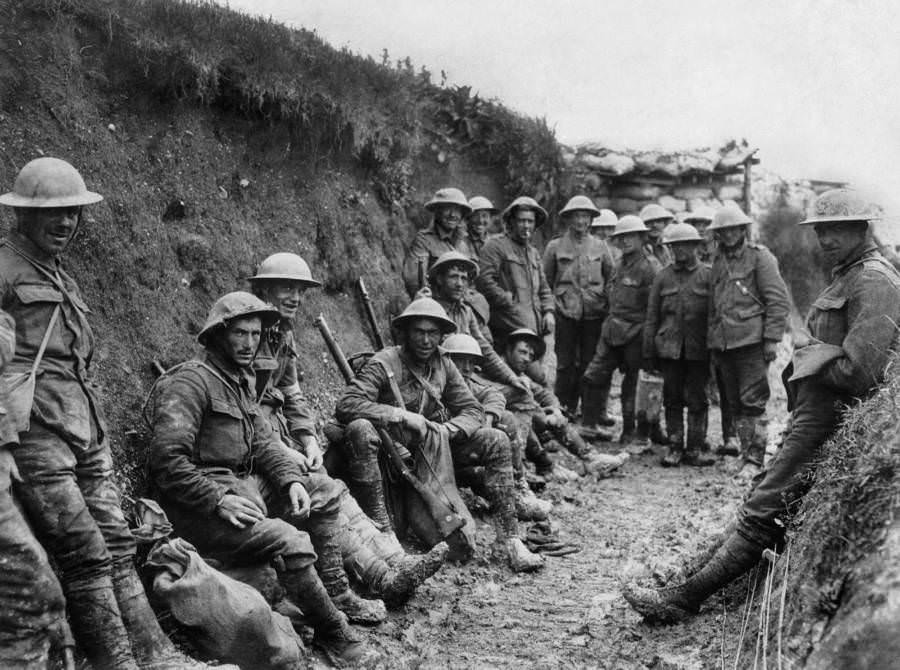
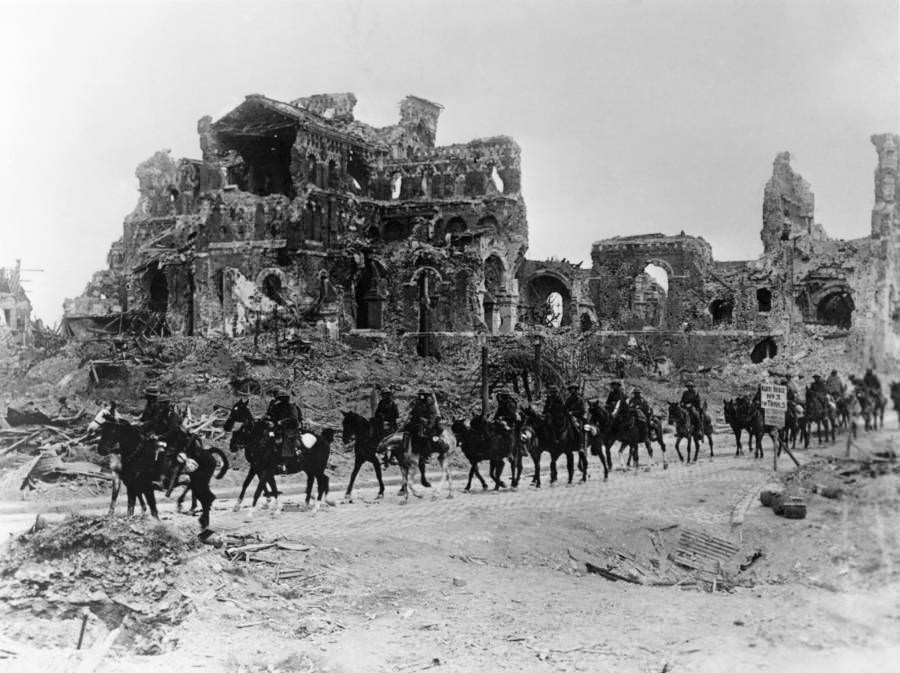
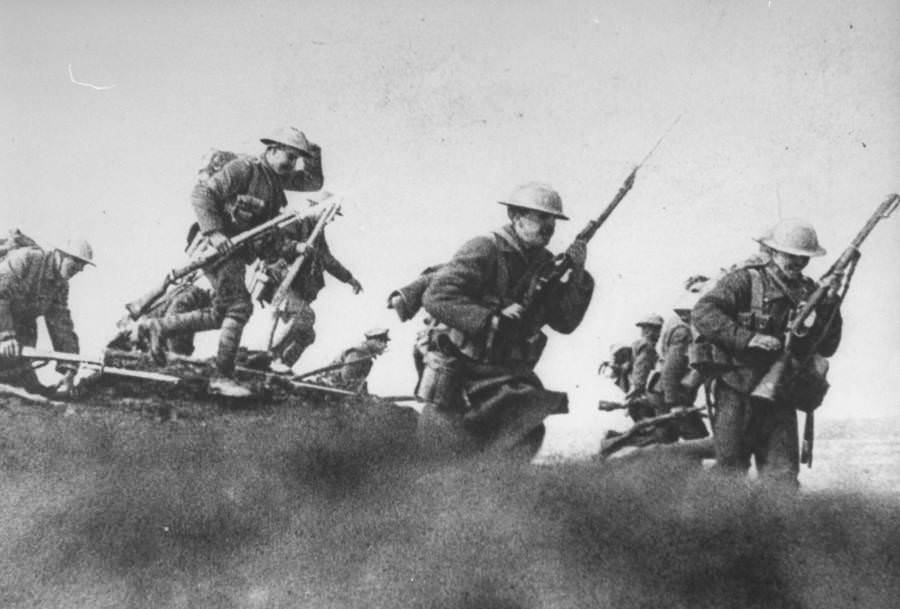
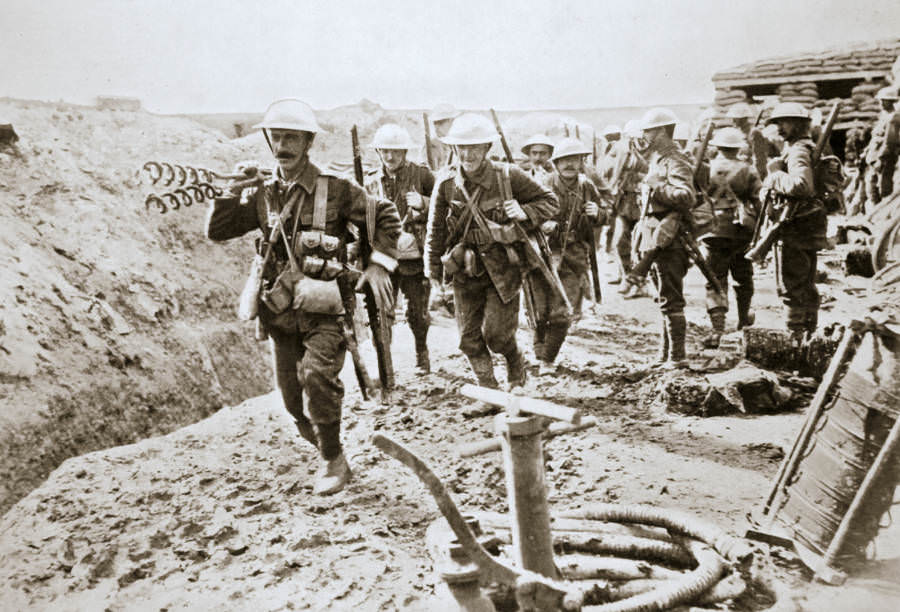
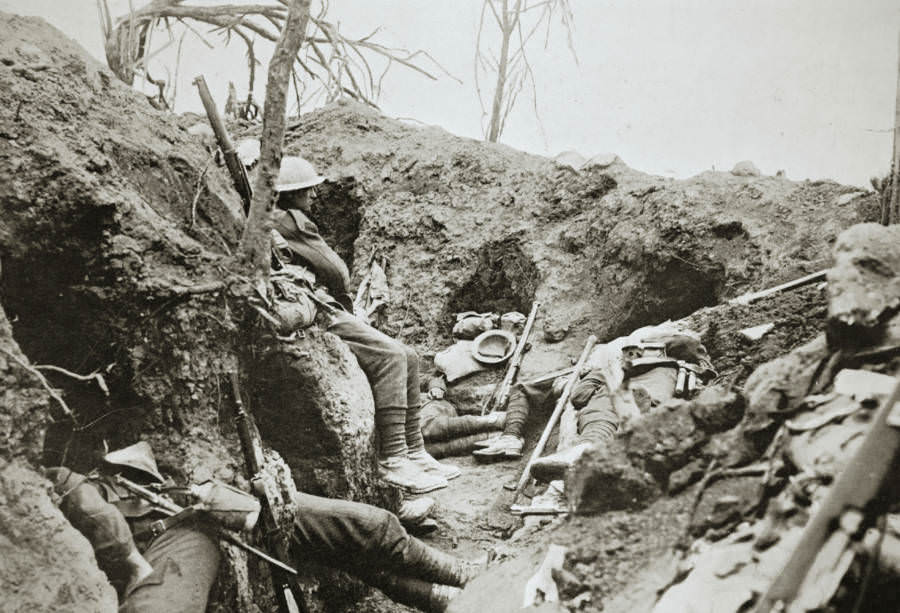
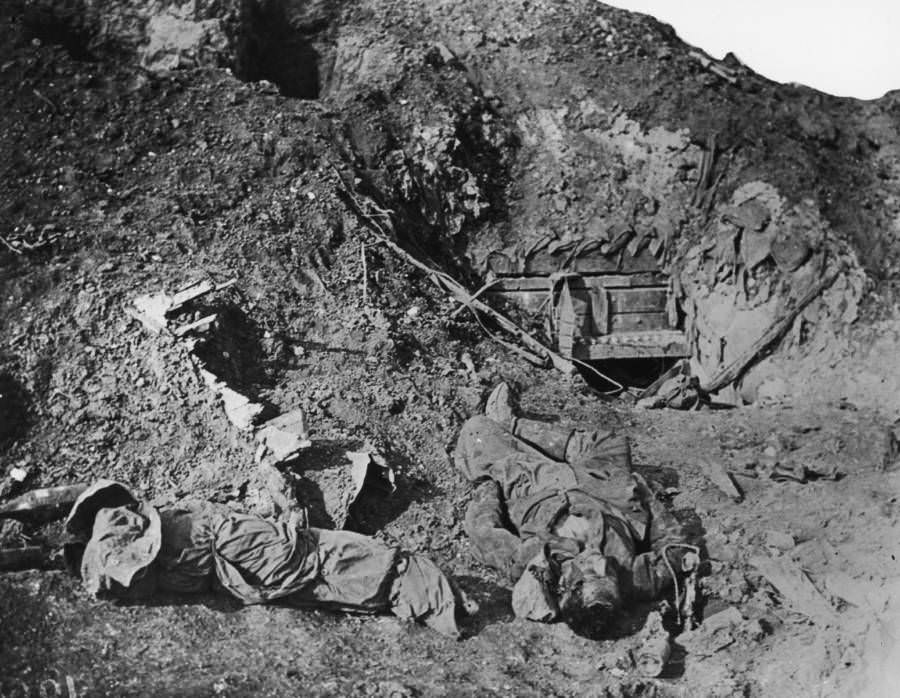
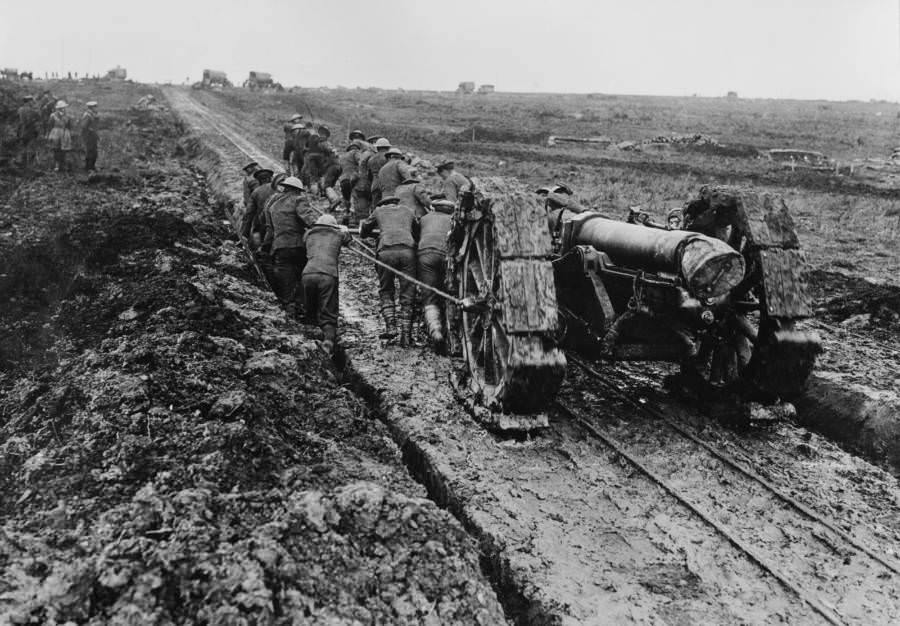
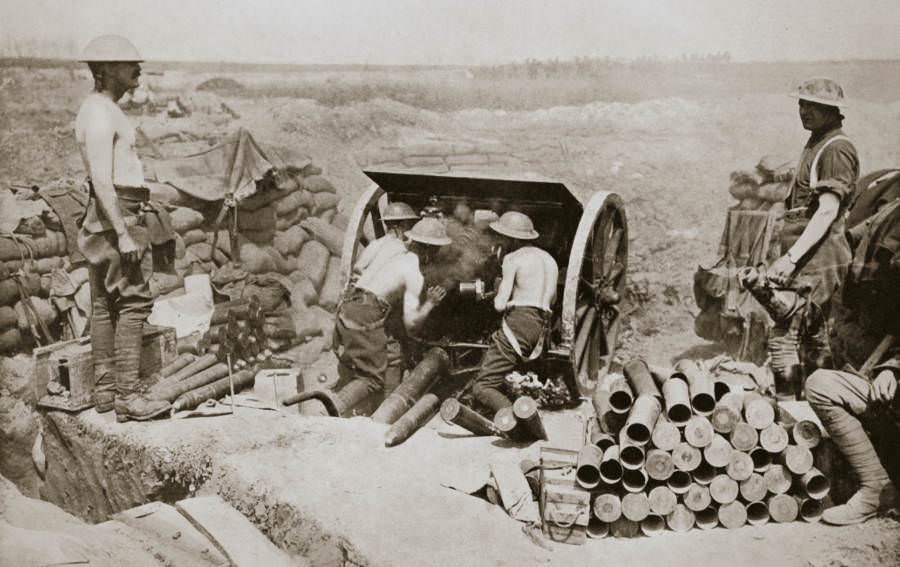
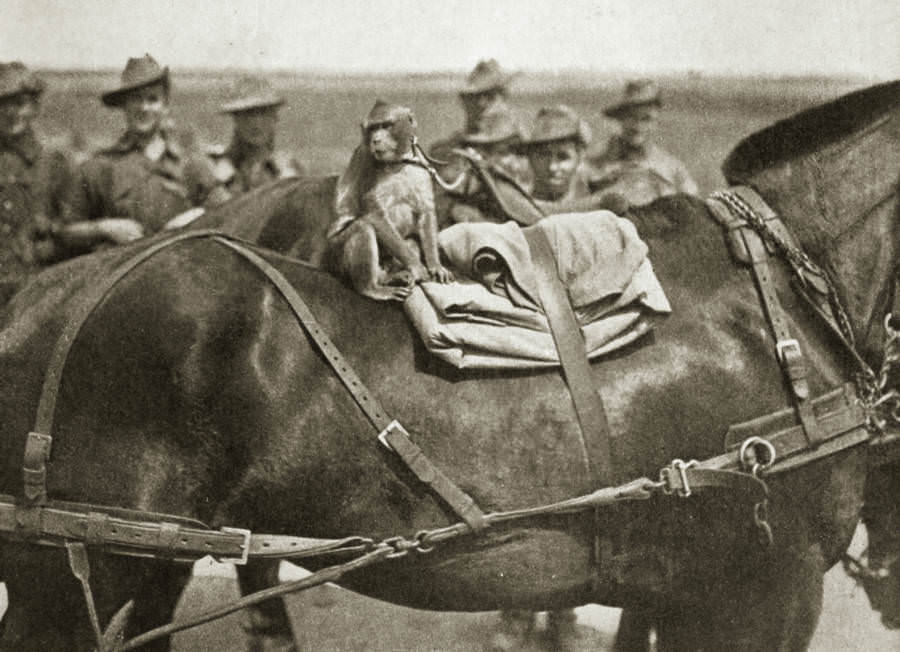
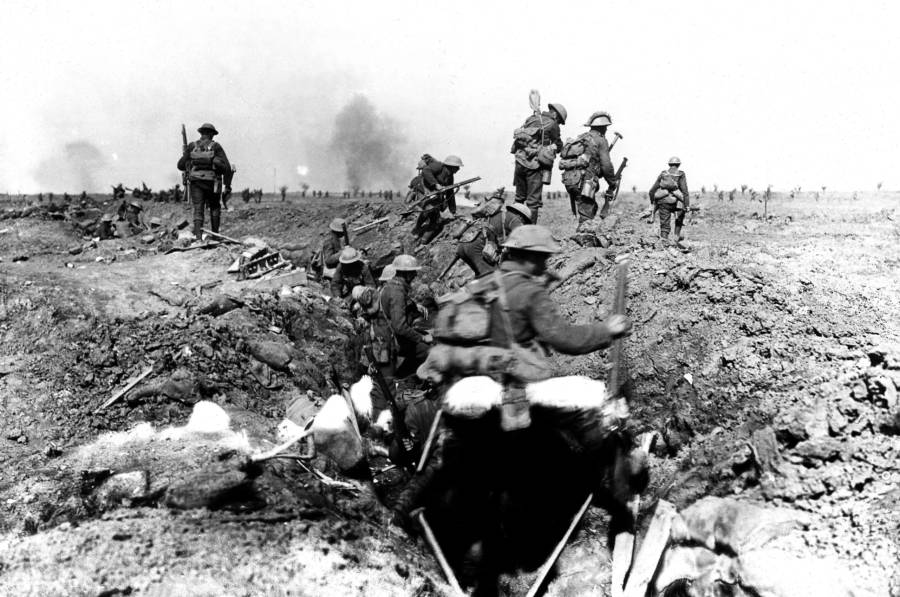
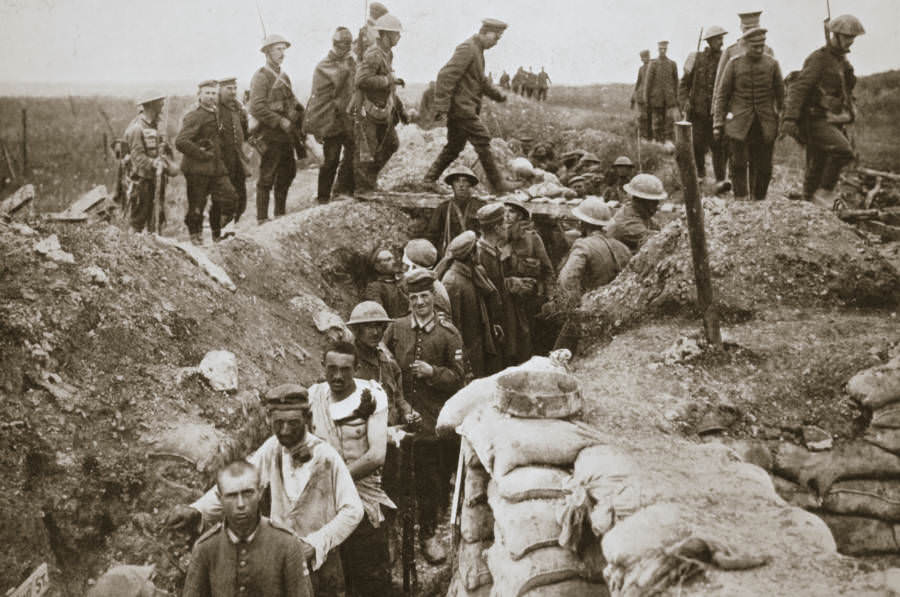
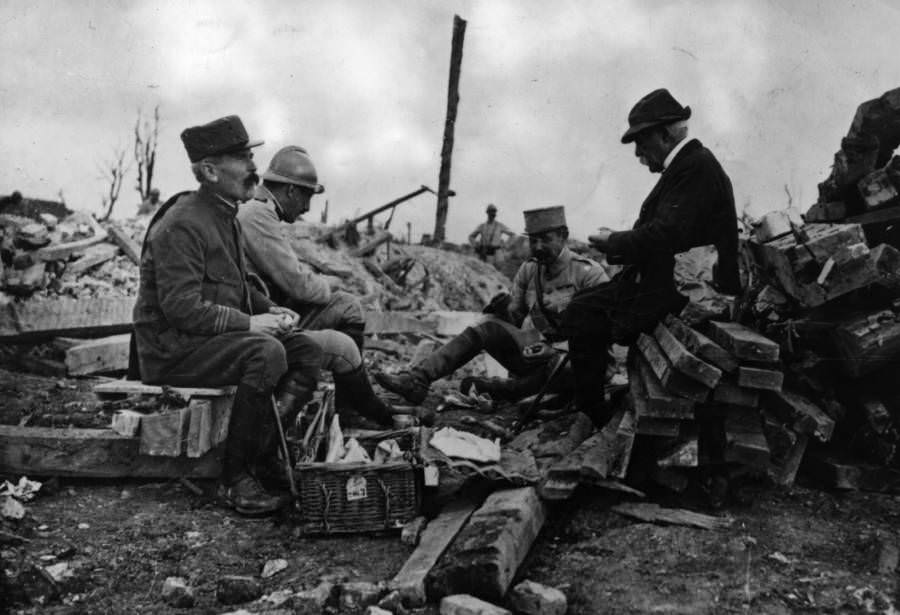
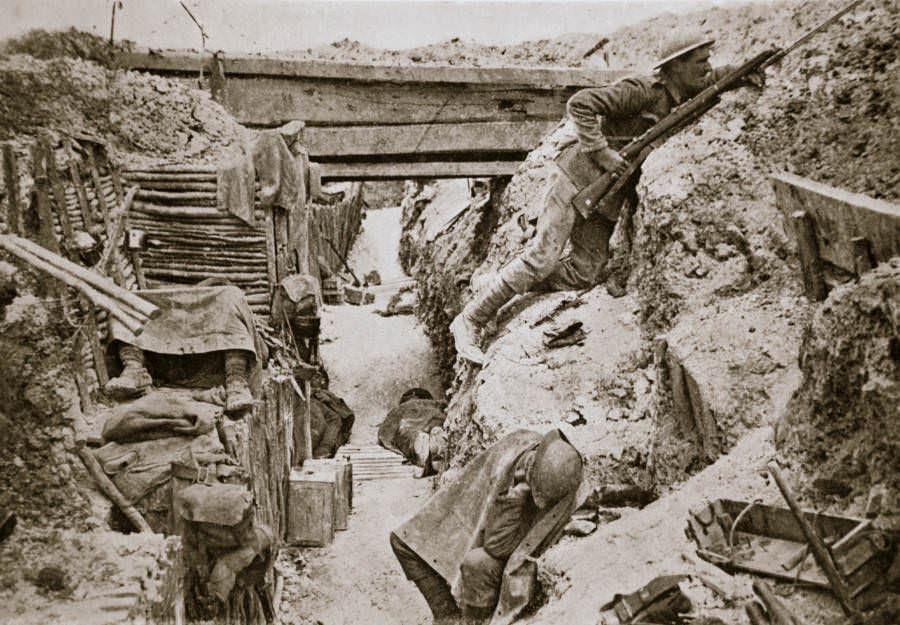
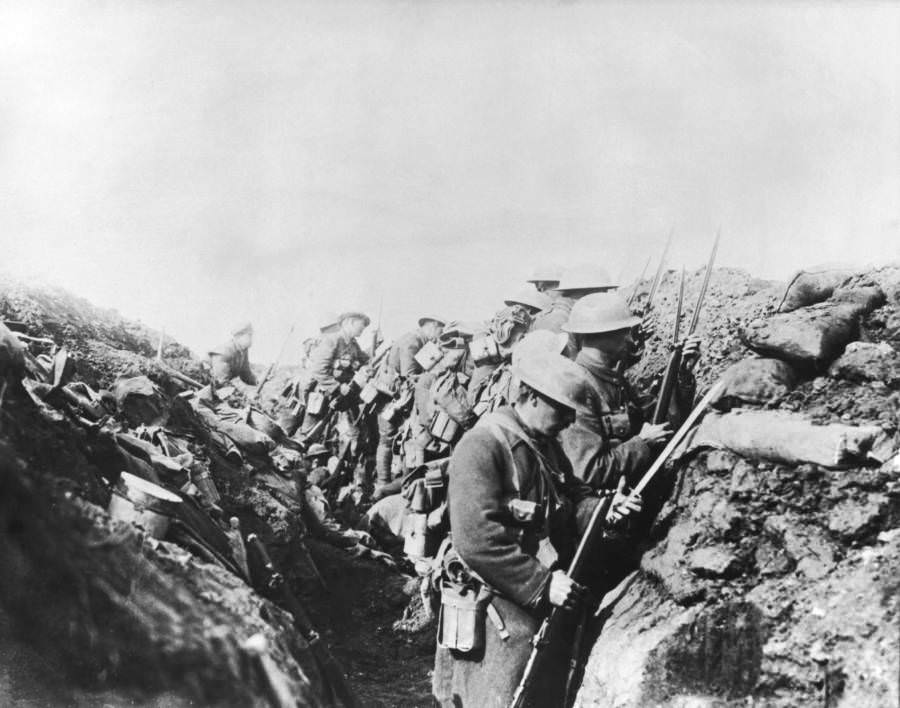
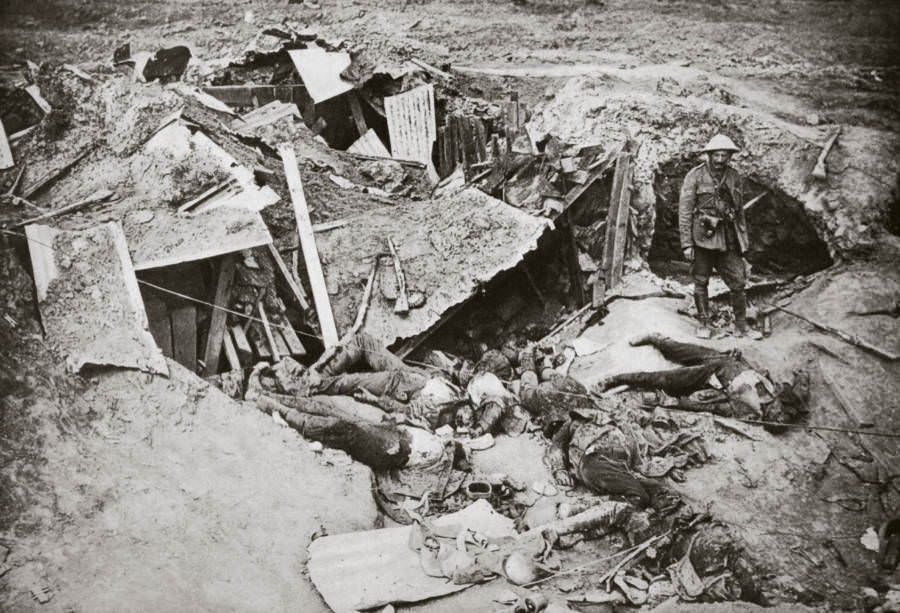
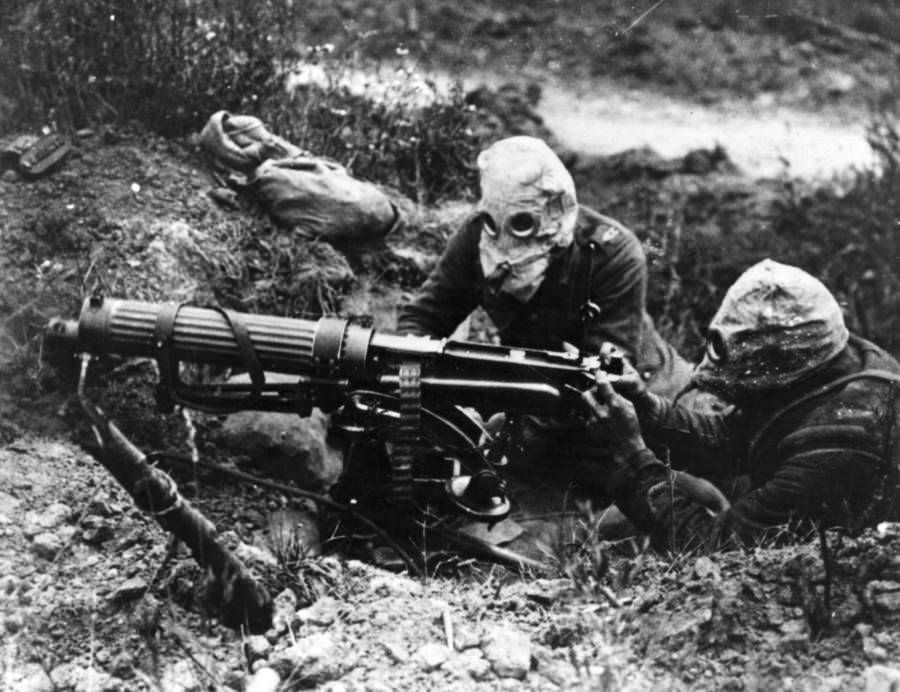
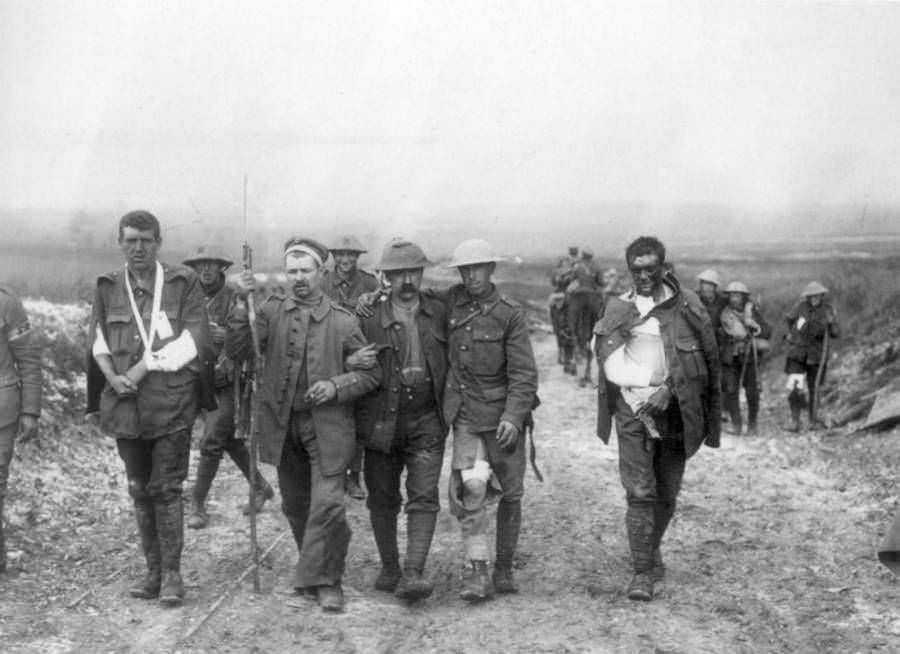
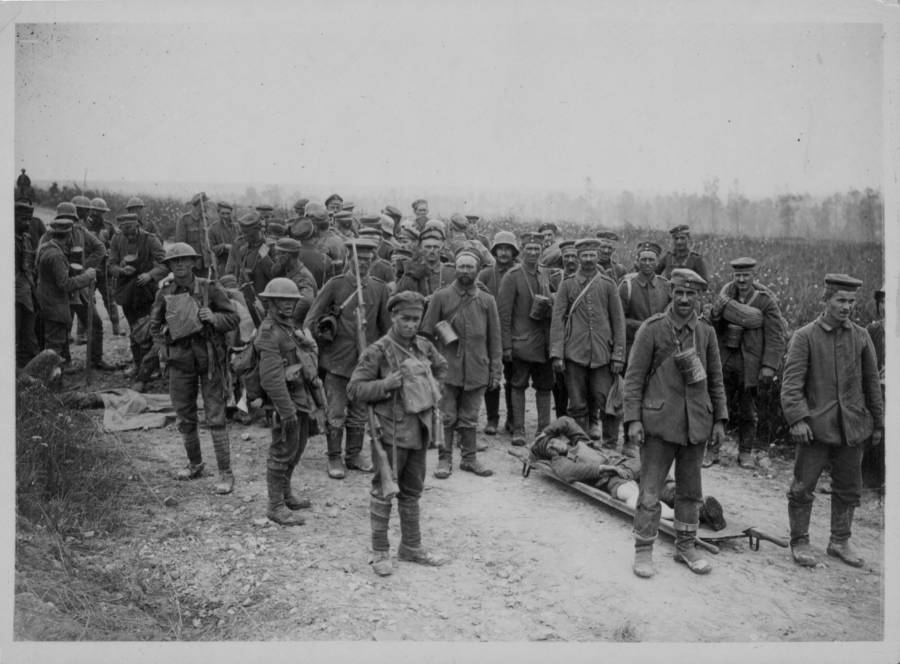
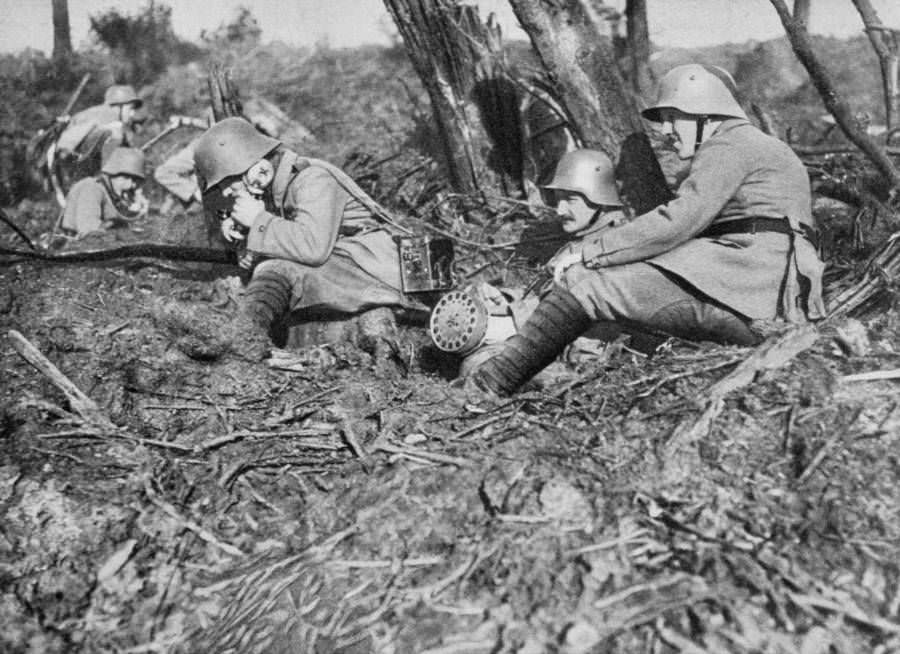
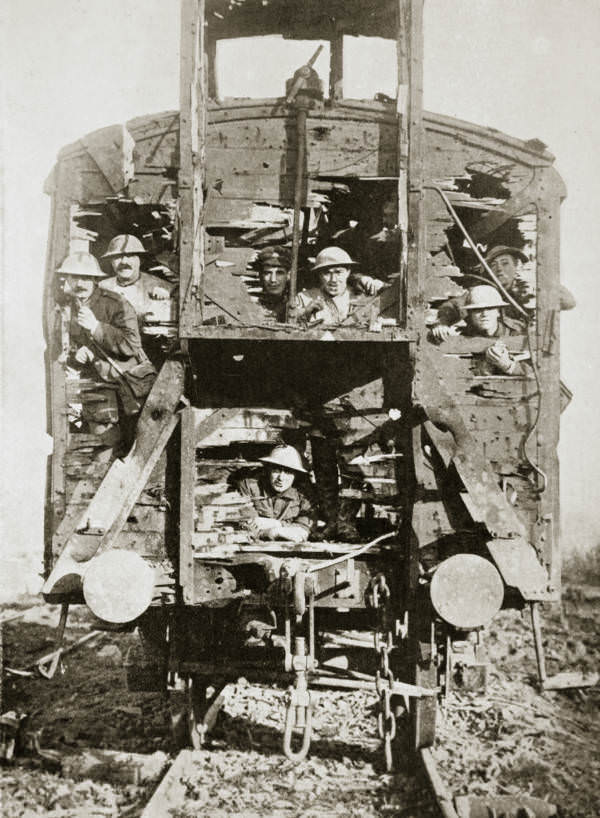
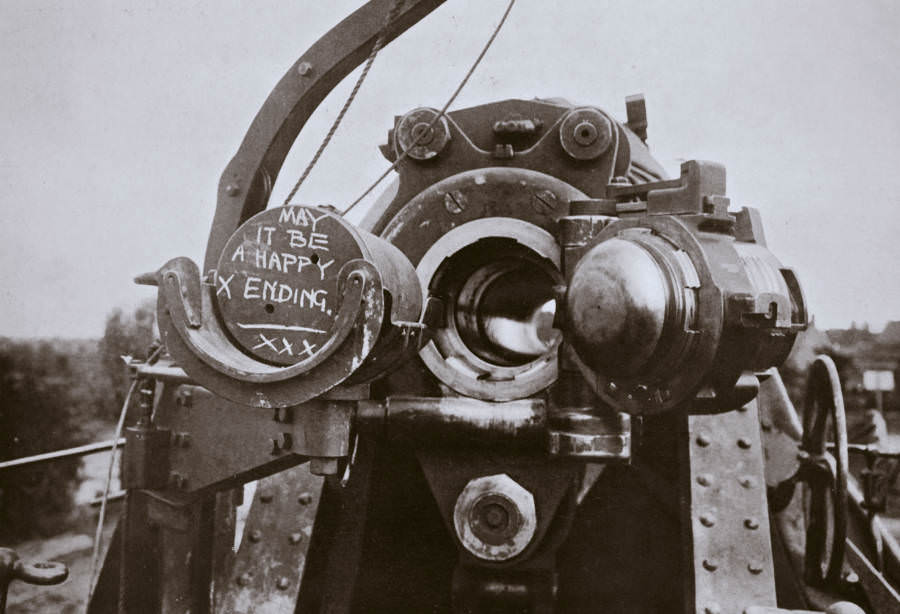
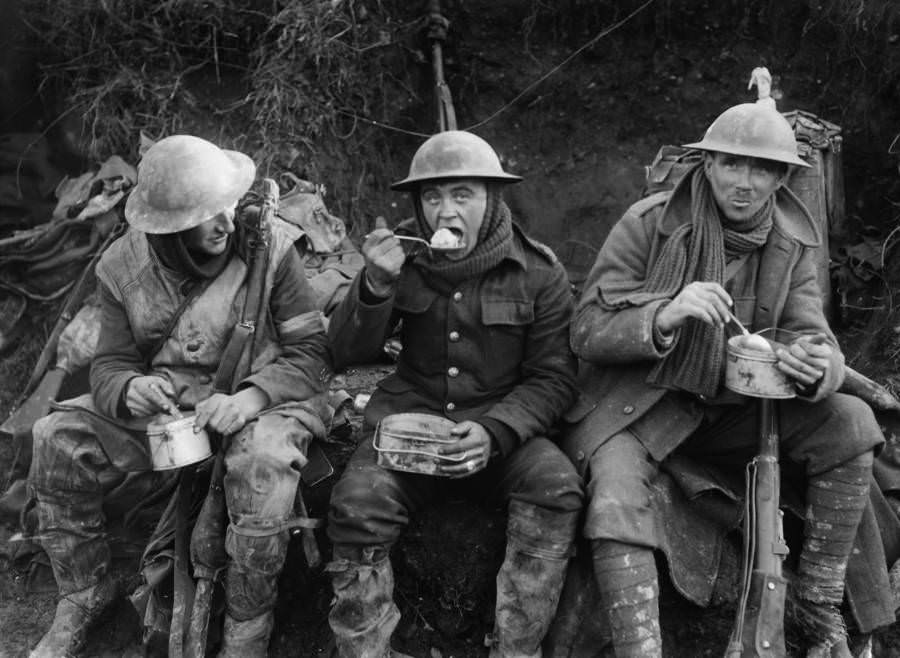
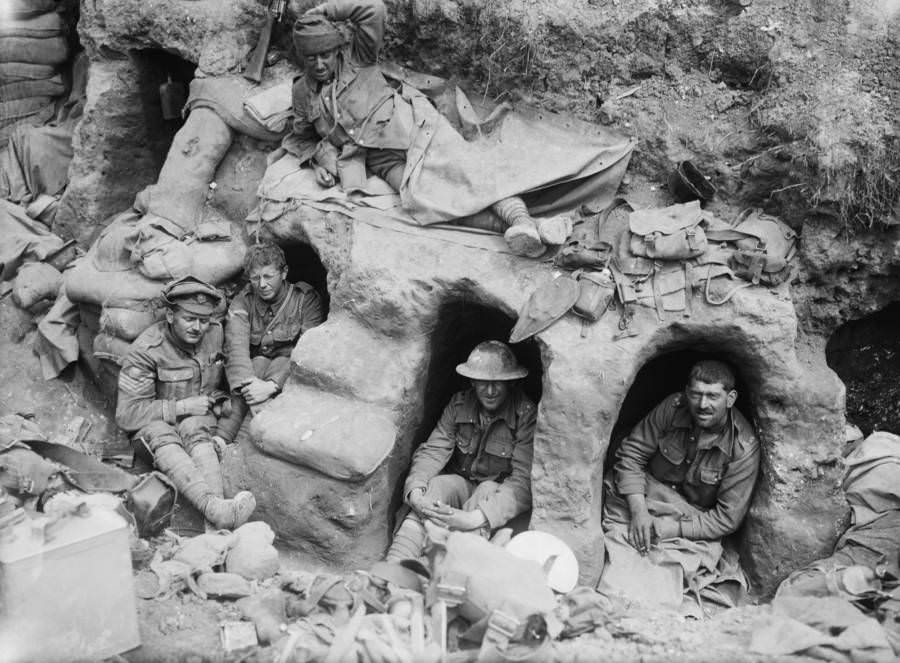
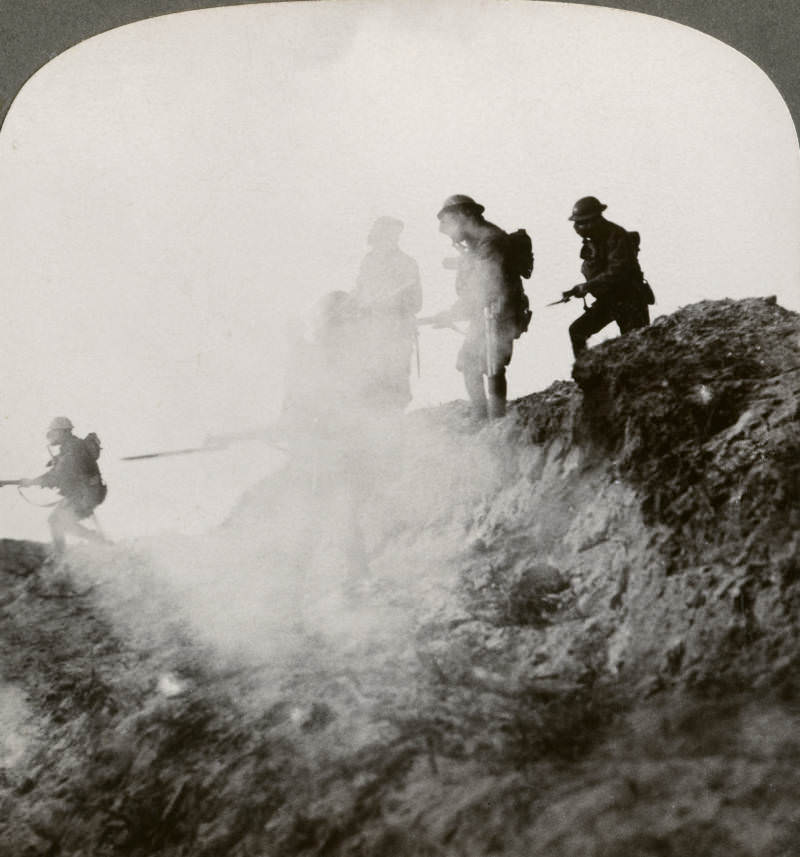
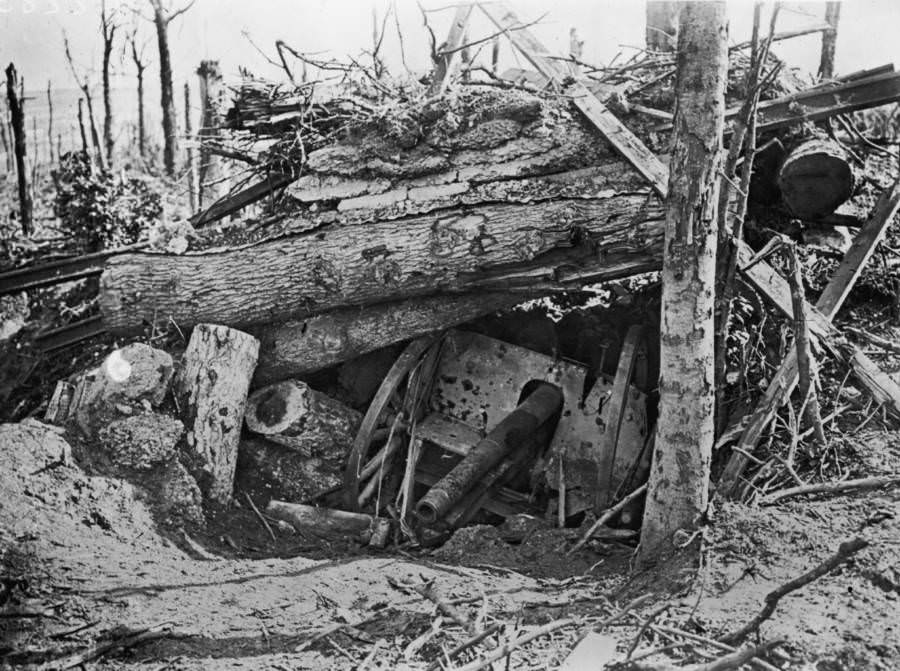
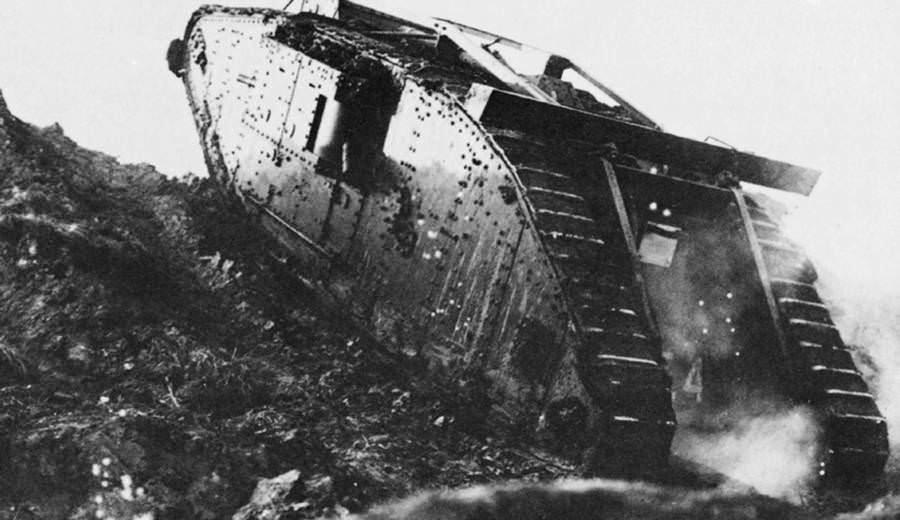
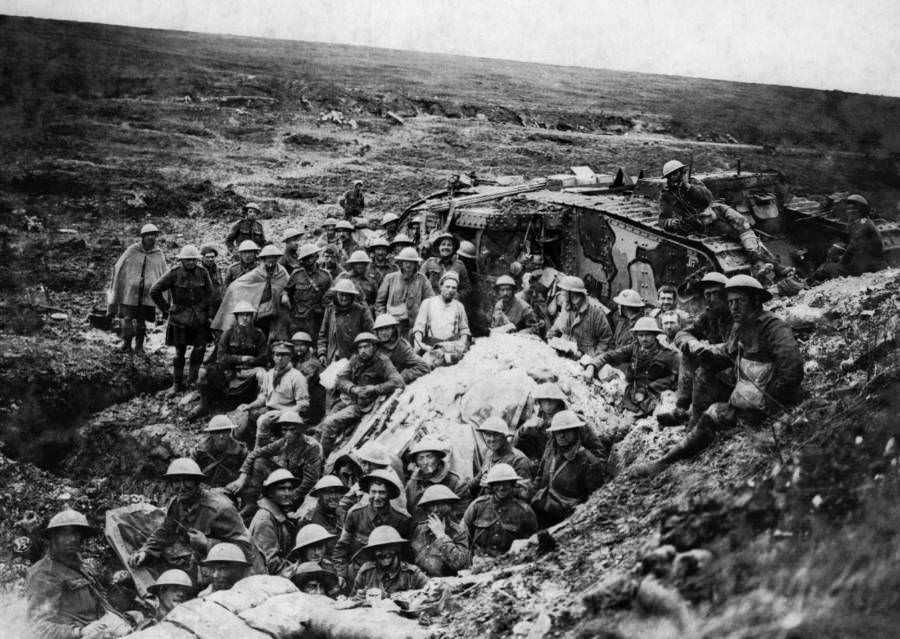
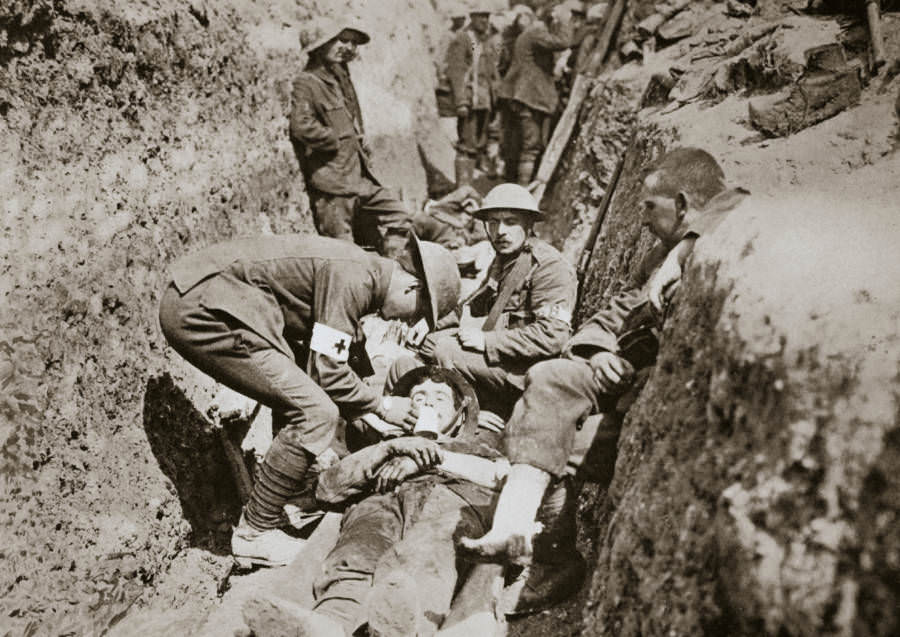
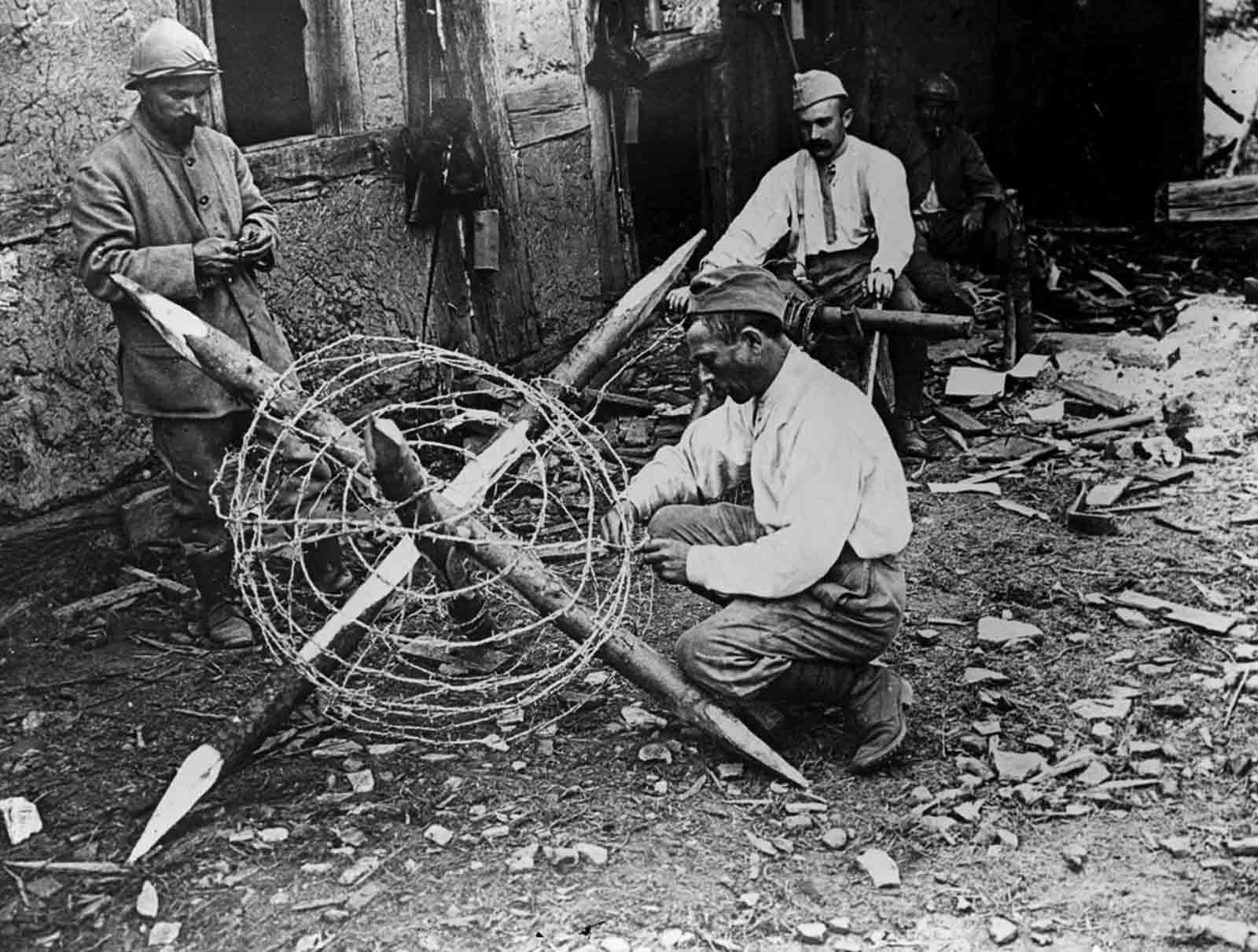

I’m pretty sure Stalingrad was deadlier.